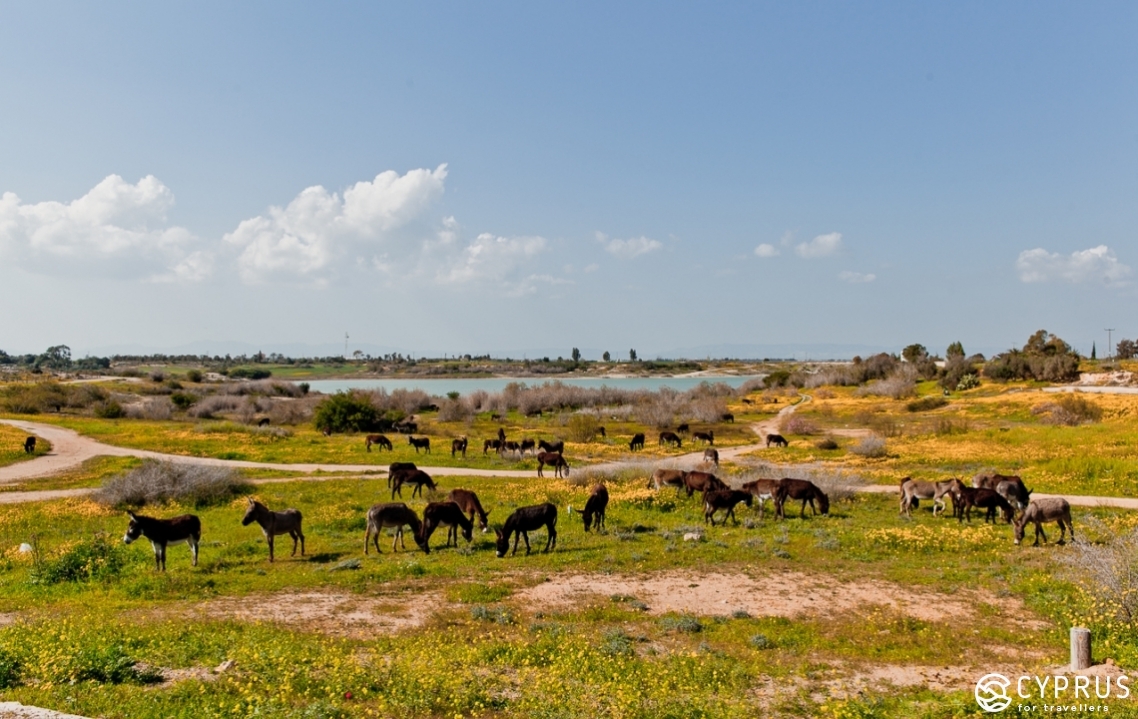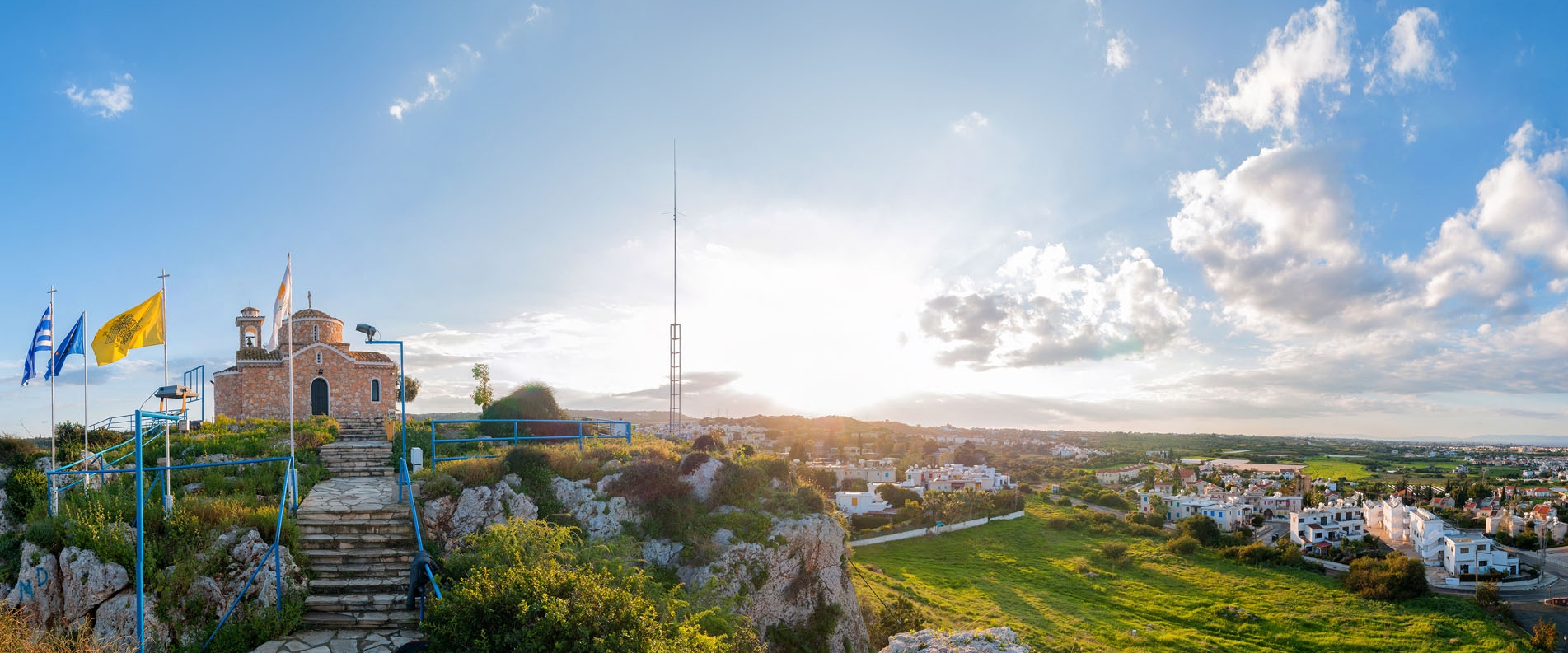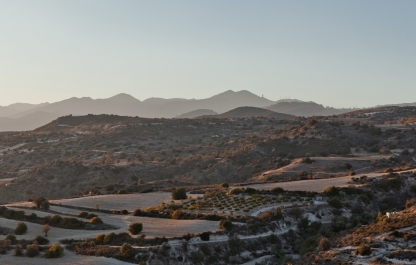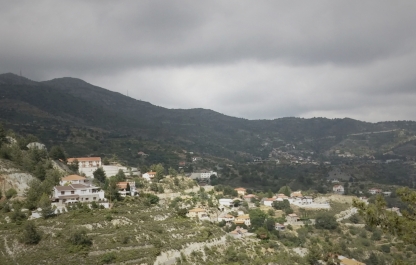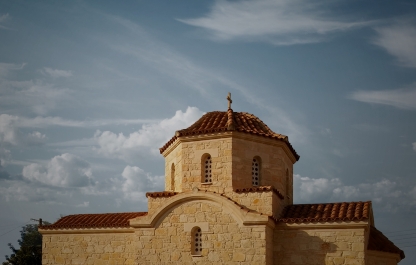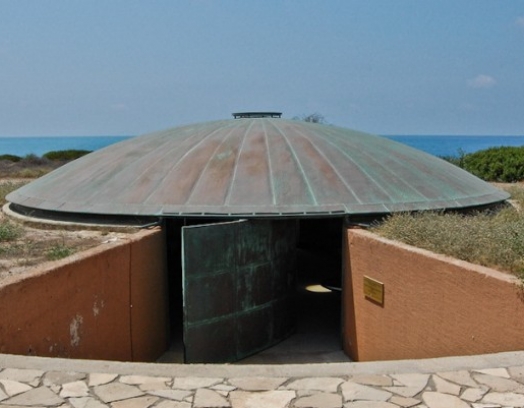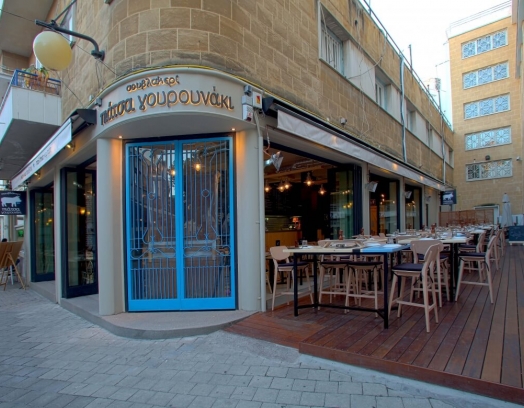As you may have noticed after reading some of our latest pieces, we have been particularly focused on exploring this region recently. Our entire trip through the Ammochostos (Famagusta) region took us three days. These days were packed with action, which we have shared with you in some of our recent stories.
Today we would like to offer you three different weekend trips through Aiya Napa: one for entertainment and fun, one for learning and one for those interested in agricultural business. So whether you plan to spend time with your family or among your friends, or even if you are traveling alone — our guide will help you get familiar with local landmarks, events and other important sightseeing elements.
Route 1: Let’s go for a ride!
This is the entertainment and fun route. Keep in mind that you can choose your own sightseeing locations with any of the our three route suggestions based on your own preferences and the number of people you are traveling with. If you follow the links we mention, you can find all of the locations on the map.
Pyla
We arrive in the center of the old village, which is known for being inhabited by both Turkish and Greek Cypriots. The combination of two different cultures gives the village a unique appearance and atmosphere. We left our car in the parking lot and set off on our journey through the village’s narrow streets.
The Venetian Watchtower (Pyla Tower, a UNESCO World Heritage site) is a defense complex that was designed to withstand attacks from Saracens (the Greek word σαρακηνοί refers to the «Middle Eastern people», nomadic plunderers, who used to live along the Syrian border and constantly traveled to the island. The tower reveals a panoramic view of the village and its surrounding territories.
The Turkish Cypriot Mosque with a working minaret, which was restored in 2003.
Church of Archangel Michael (16th century). This is a Byzantine-style basilica with a bell tower. It houses a unique icon of St. George (1825), which was transferred here from the Church of Agios Georgios (now destroyed).
The Folk Art Museum (if opened). It was founded in 1993 and houses a collection of traditional household items.
Agios Georgios. This is Pyla’s main church. It was founded in 1998 and is an example of traditional modern church architecture.
The main highlight of this village is definitely the presence of two different lifestyles and cultures, which harmoniously exist alongside each other.
Getting there:
By car — take route А3;
By bus — take #445 to Kadde — the village’s central square.
Parking, Macedonia Tavern and a few other bars are located nearby.
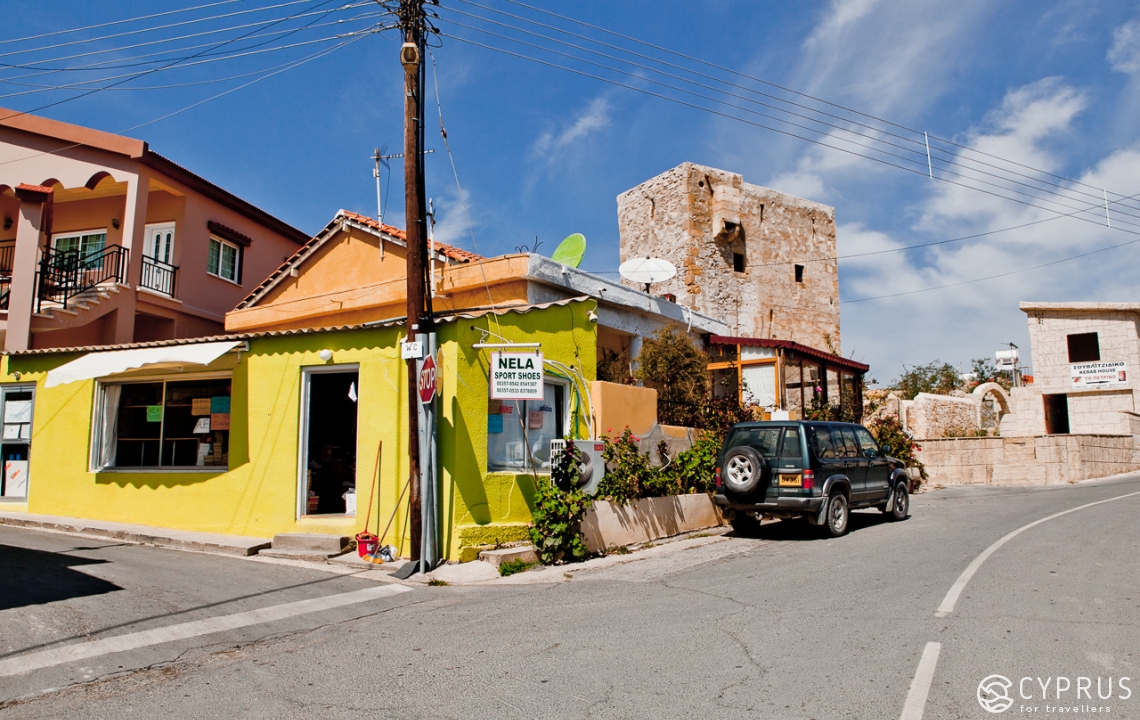
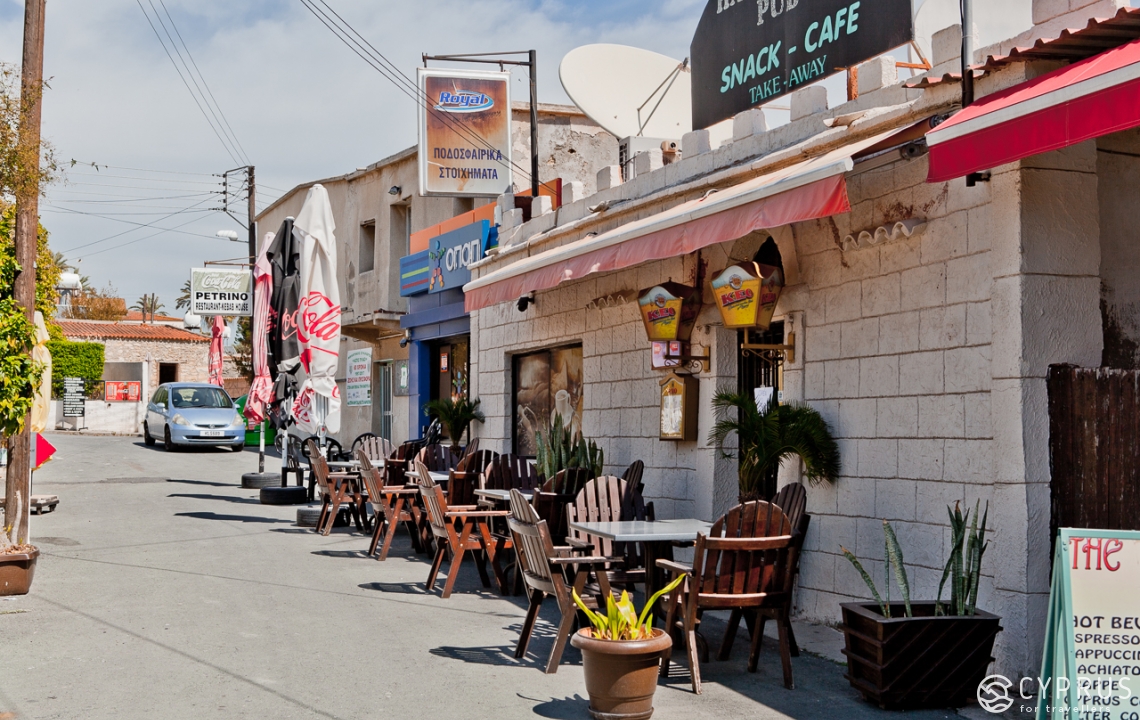
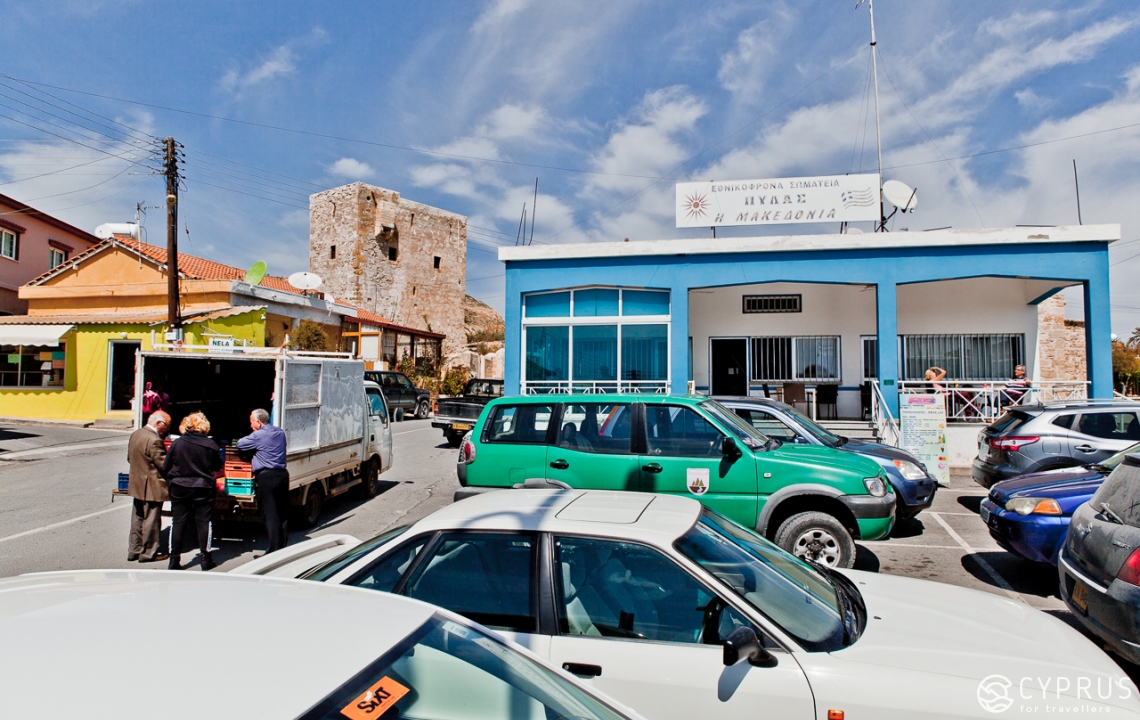
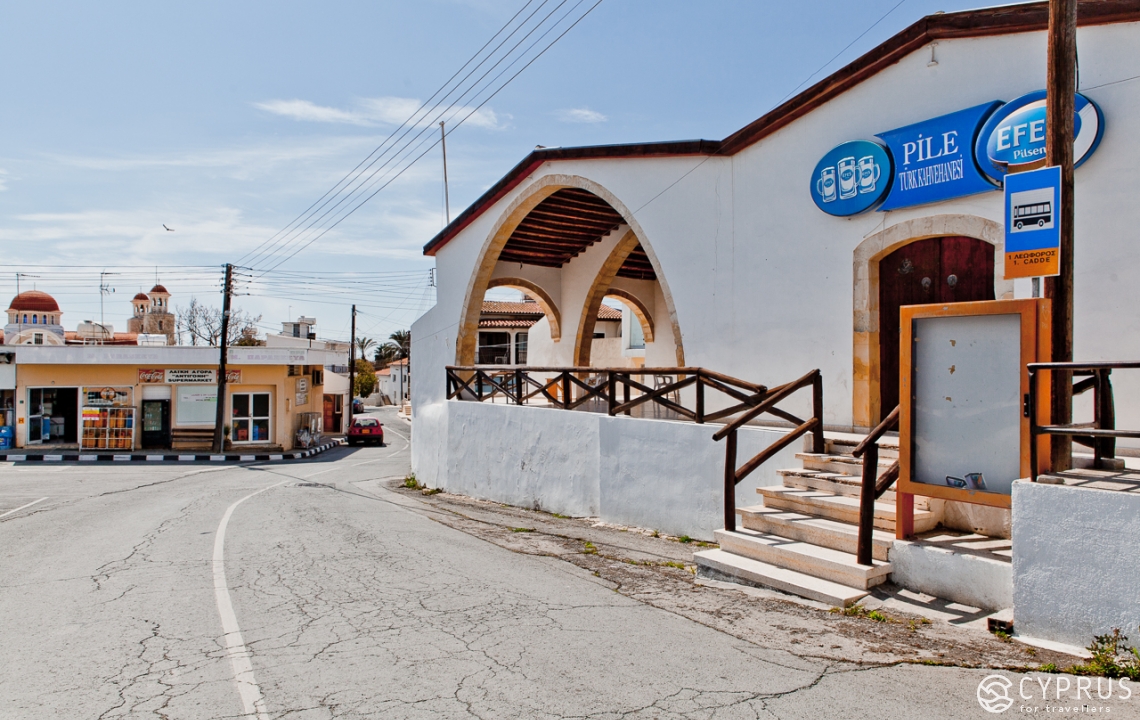
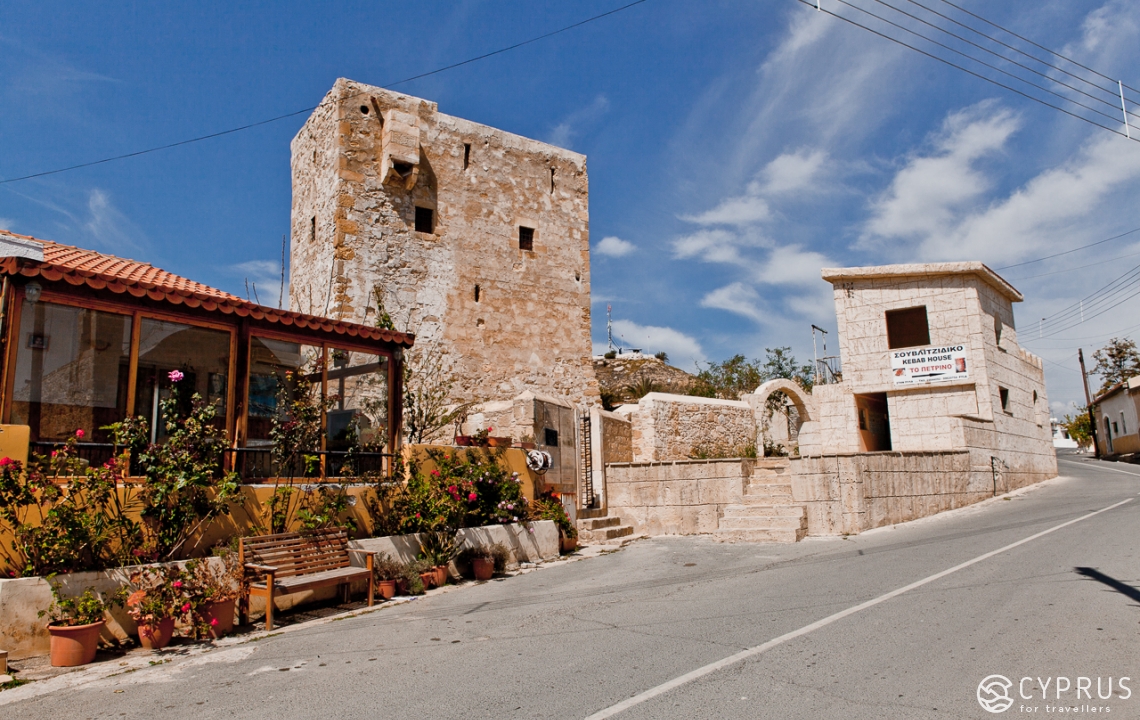
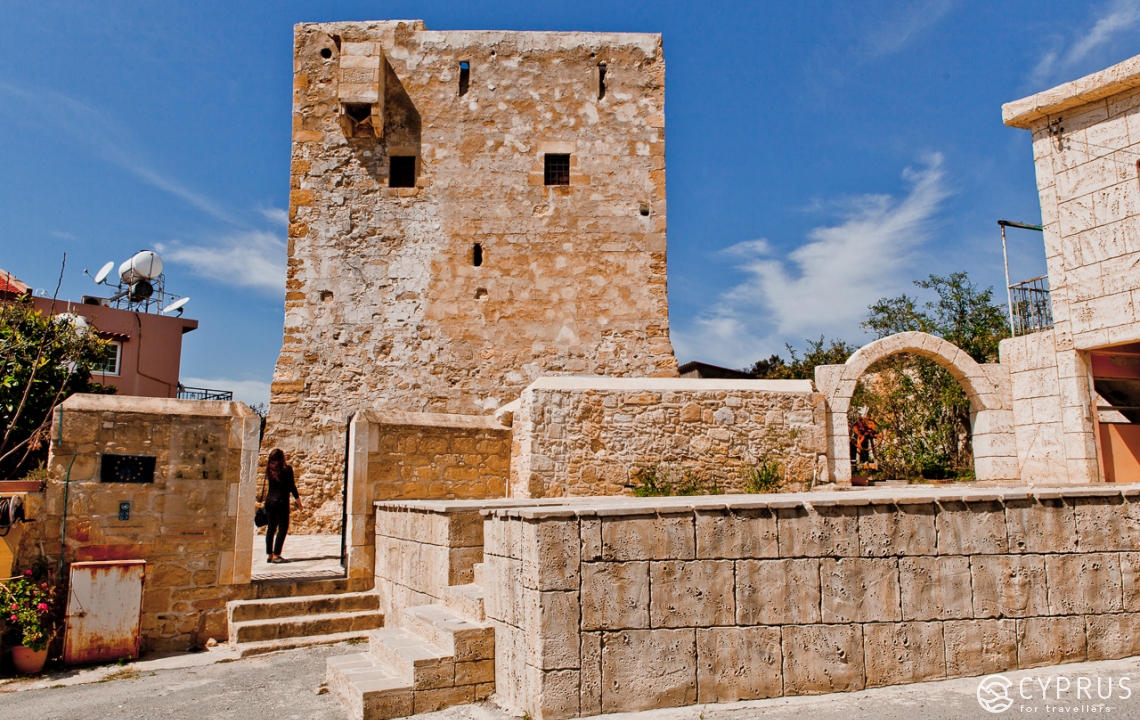
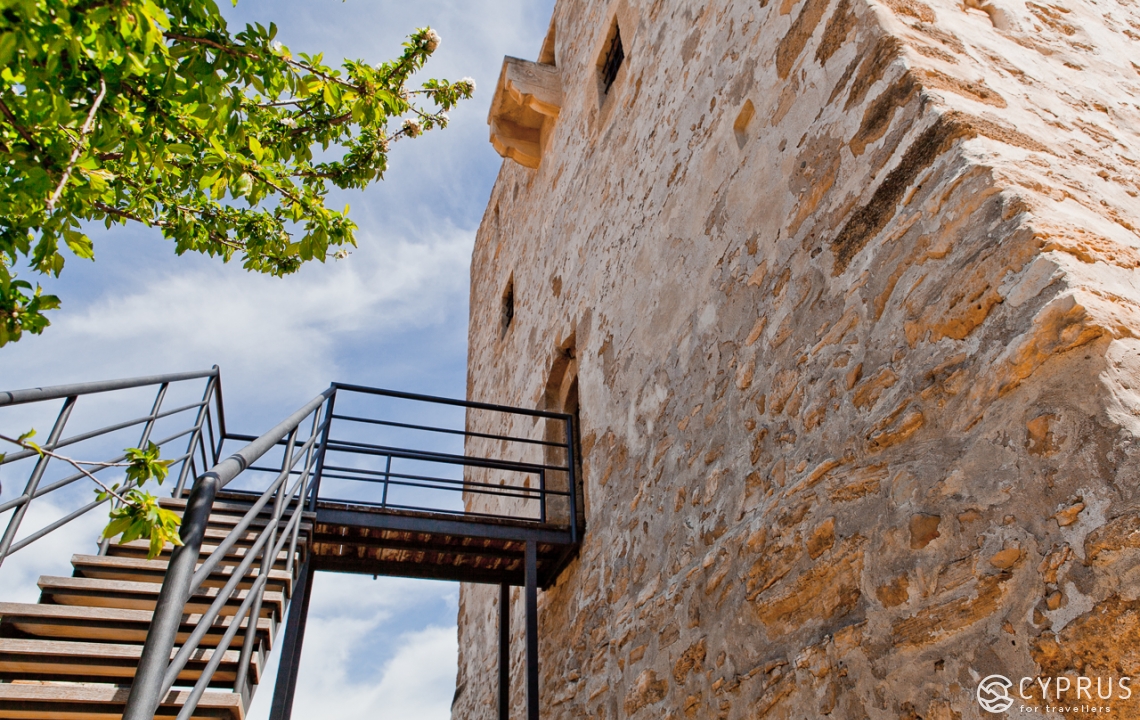
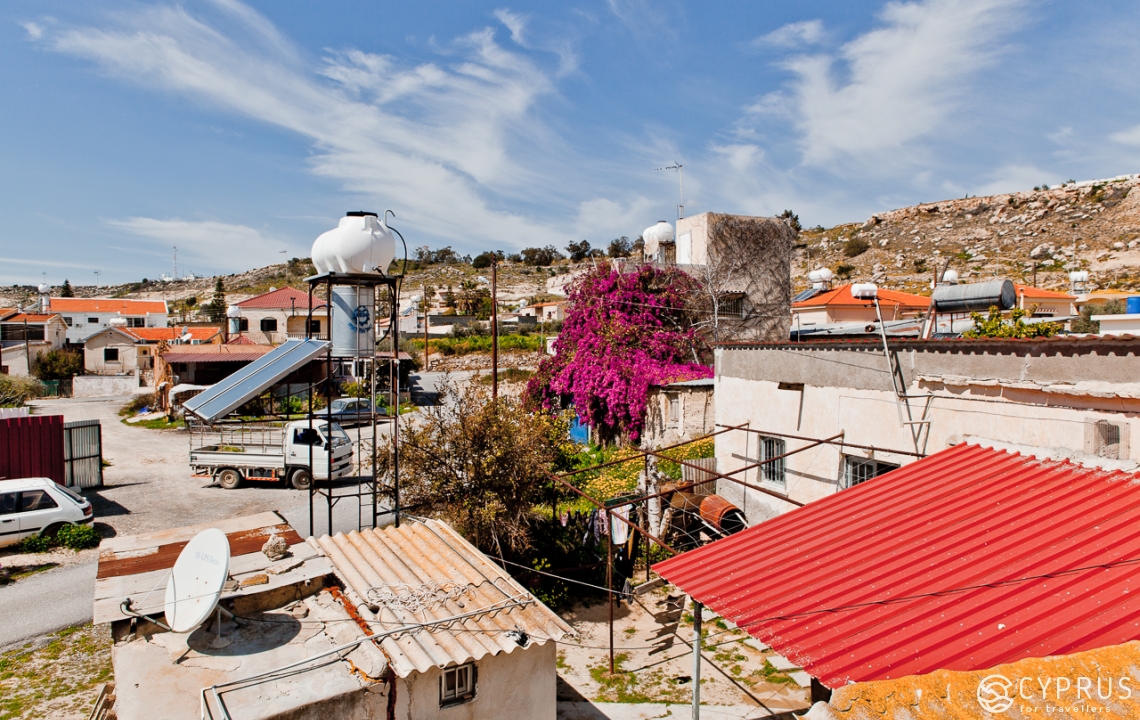
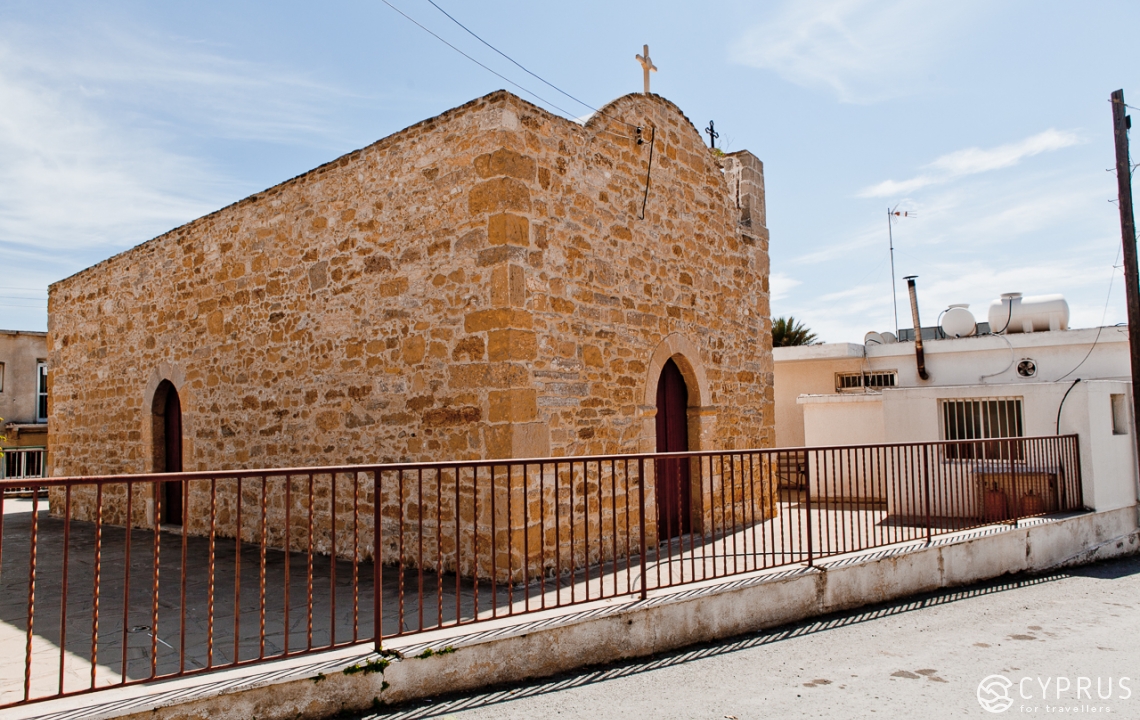
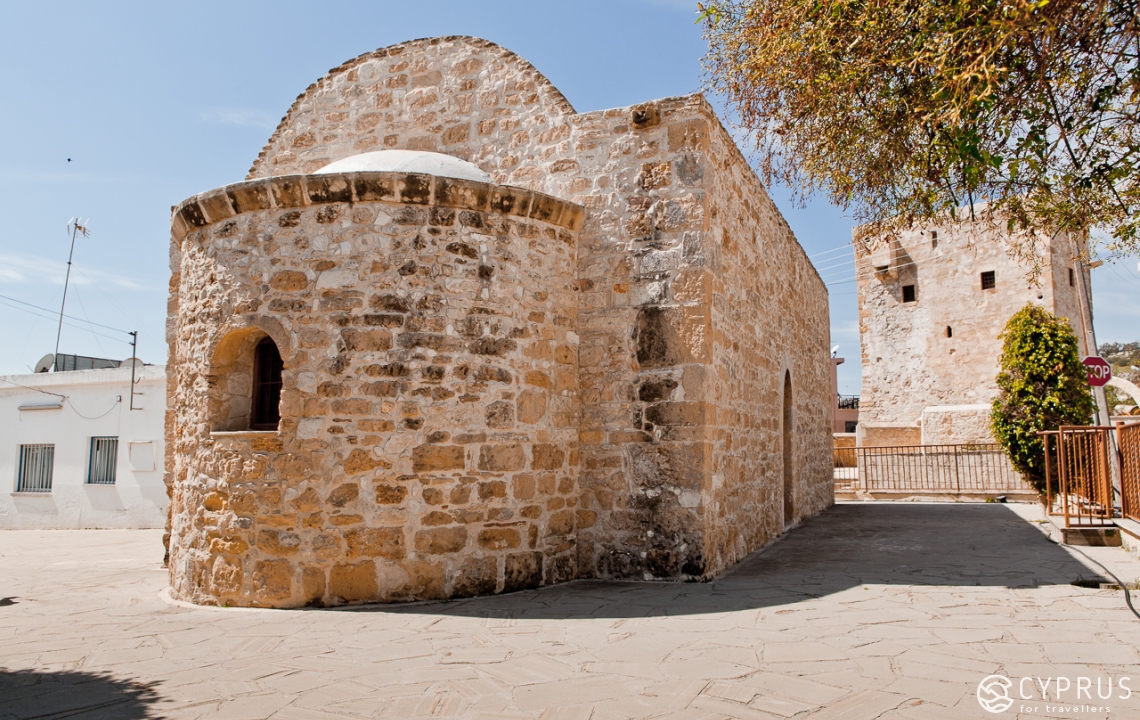
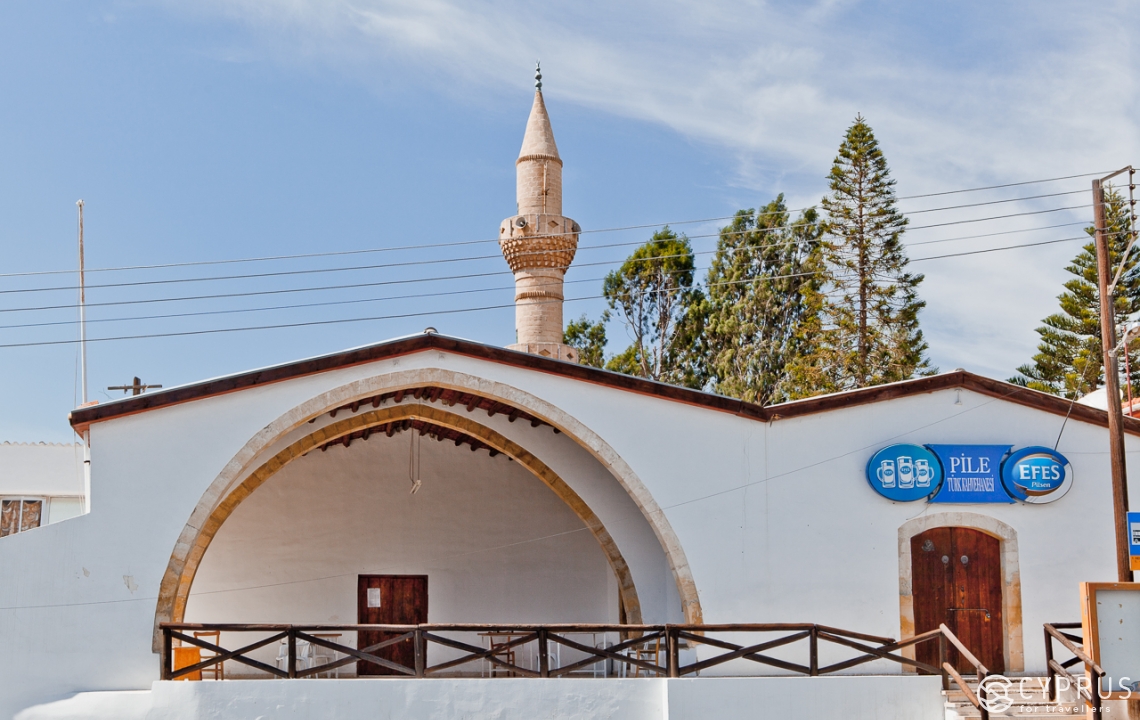

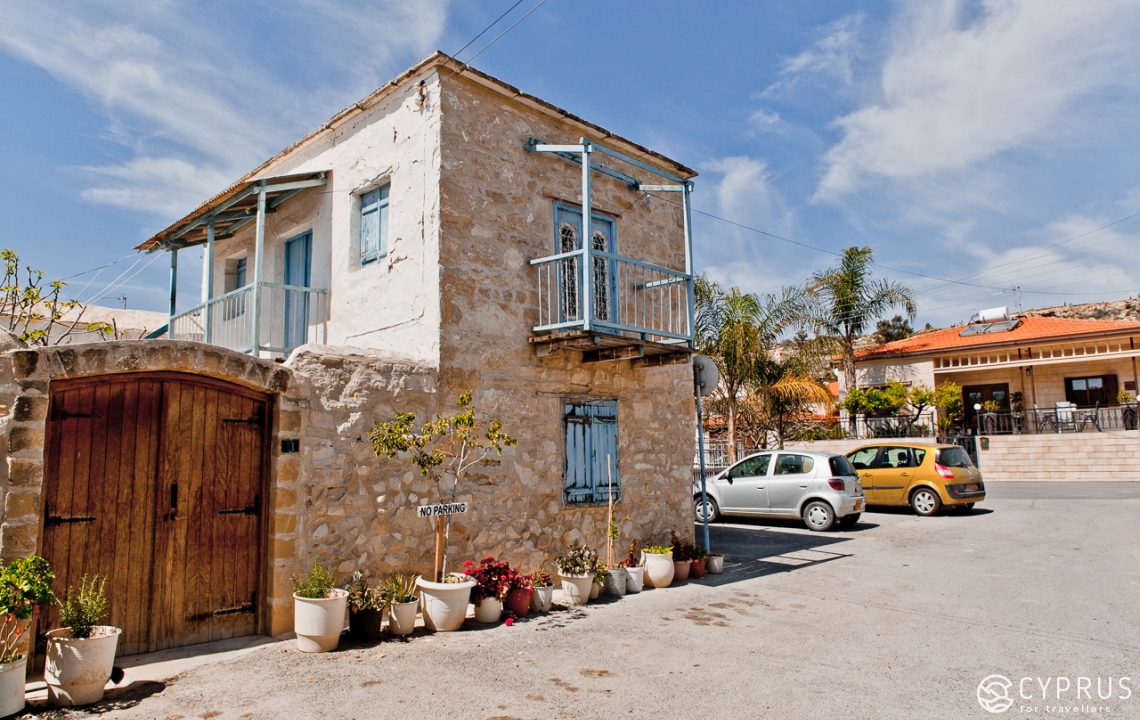
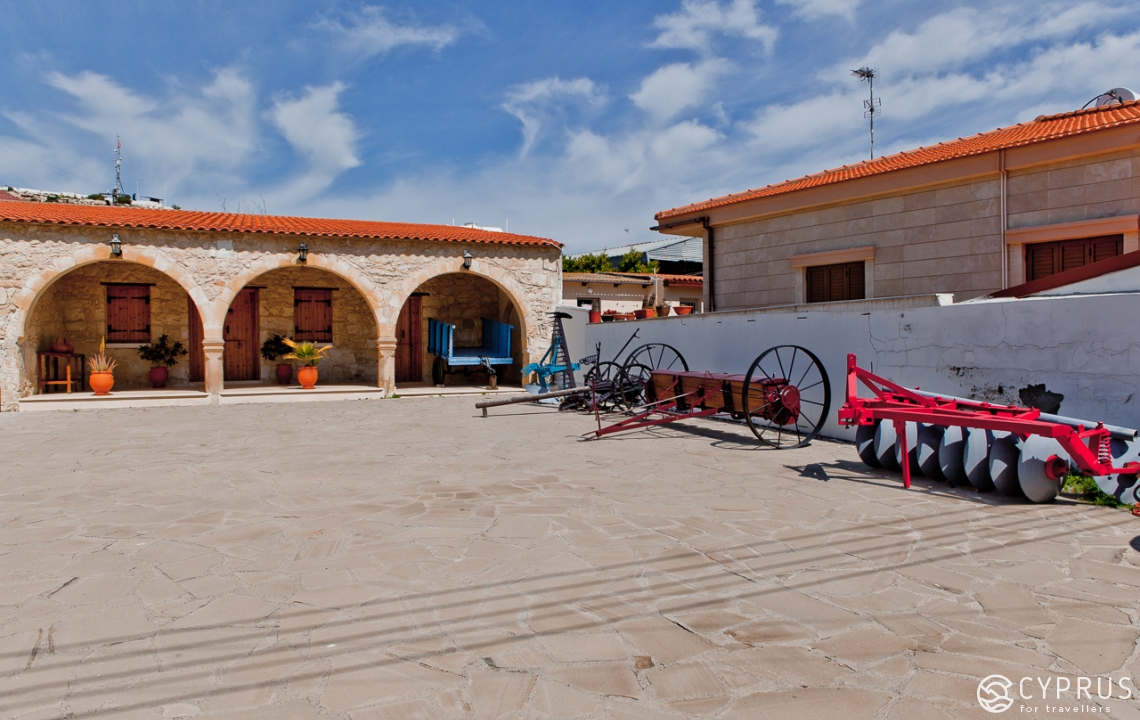
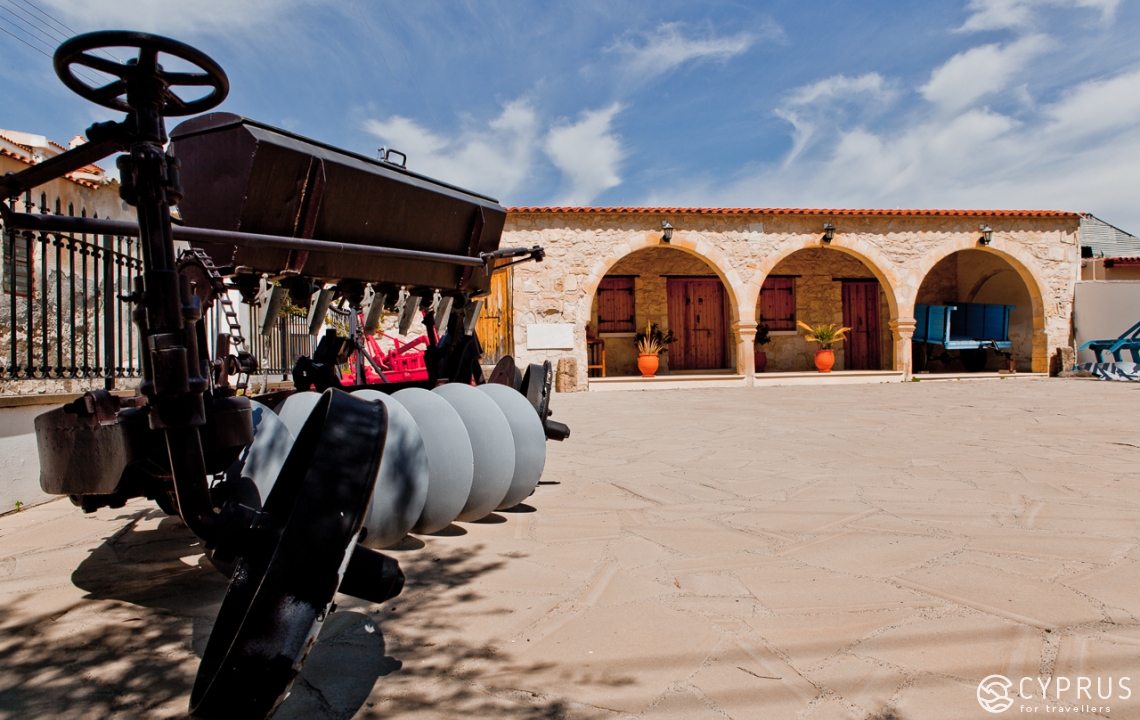
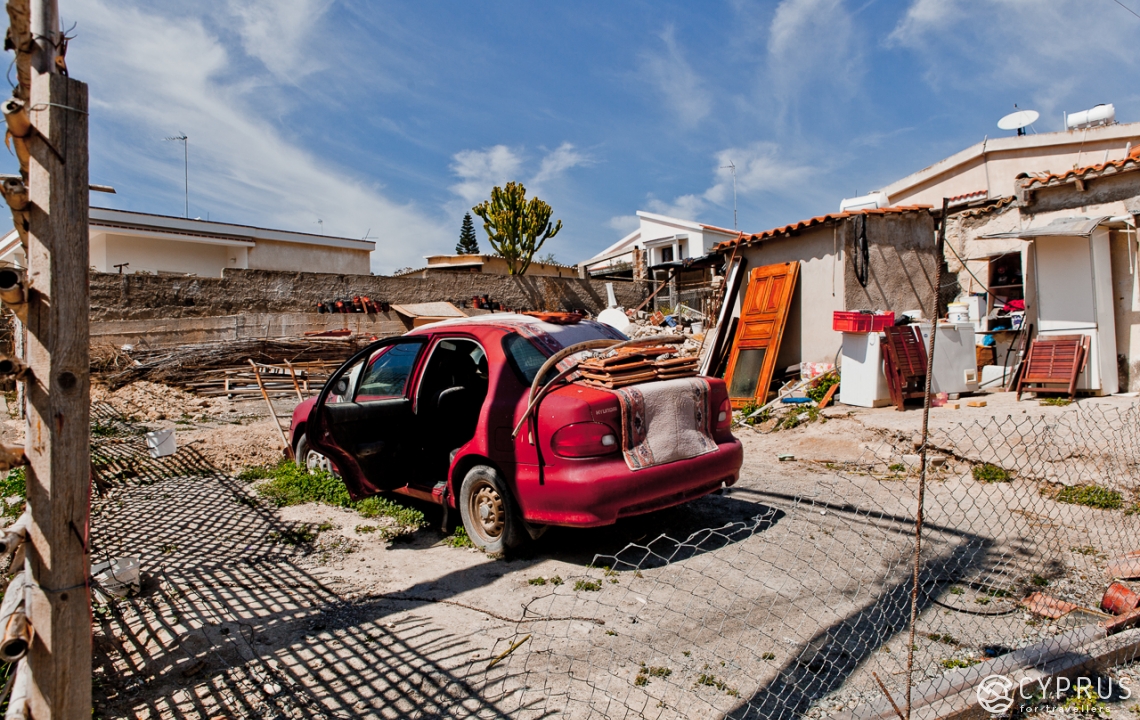
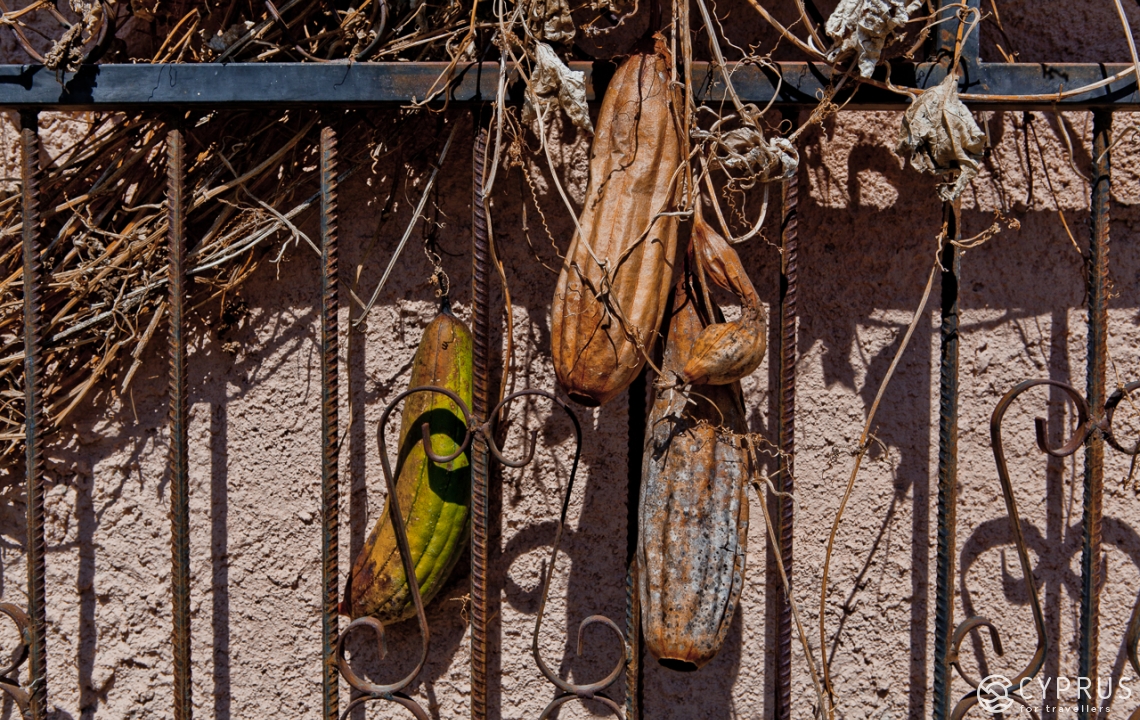
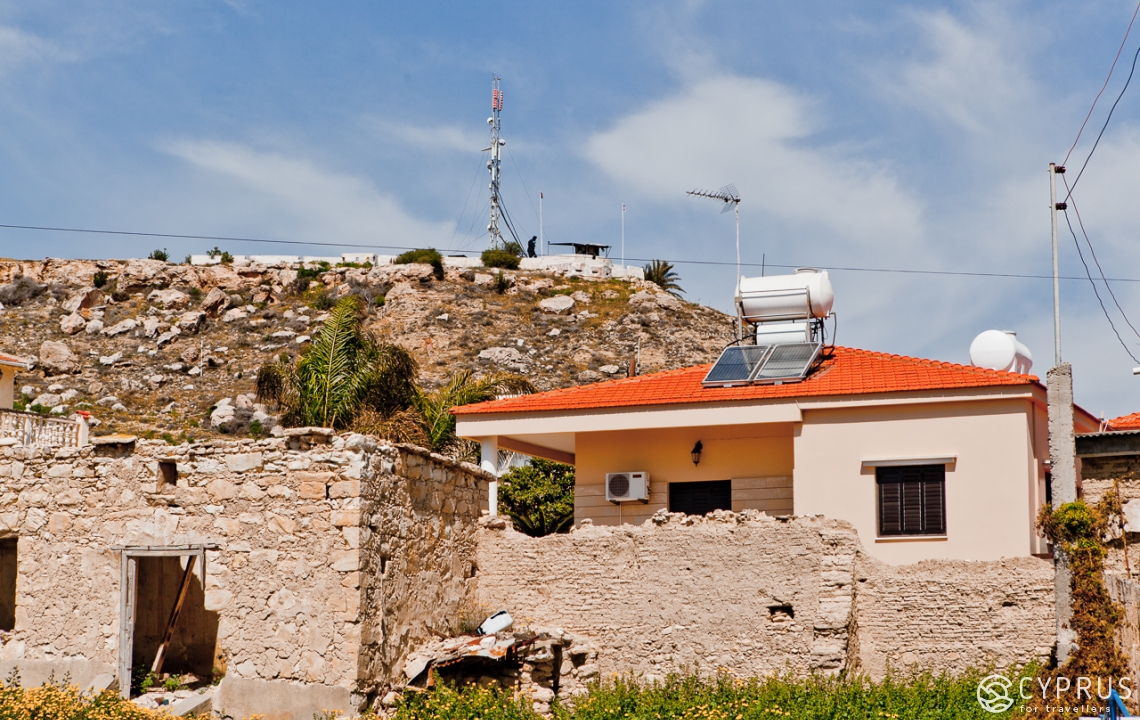
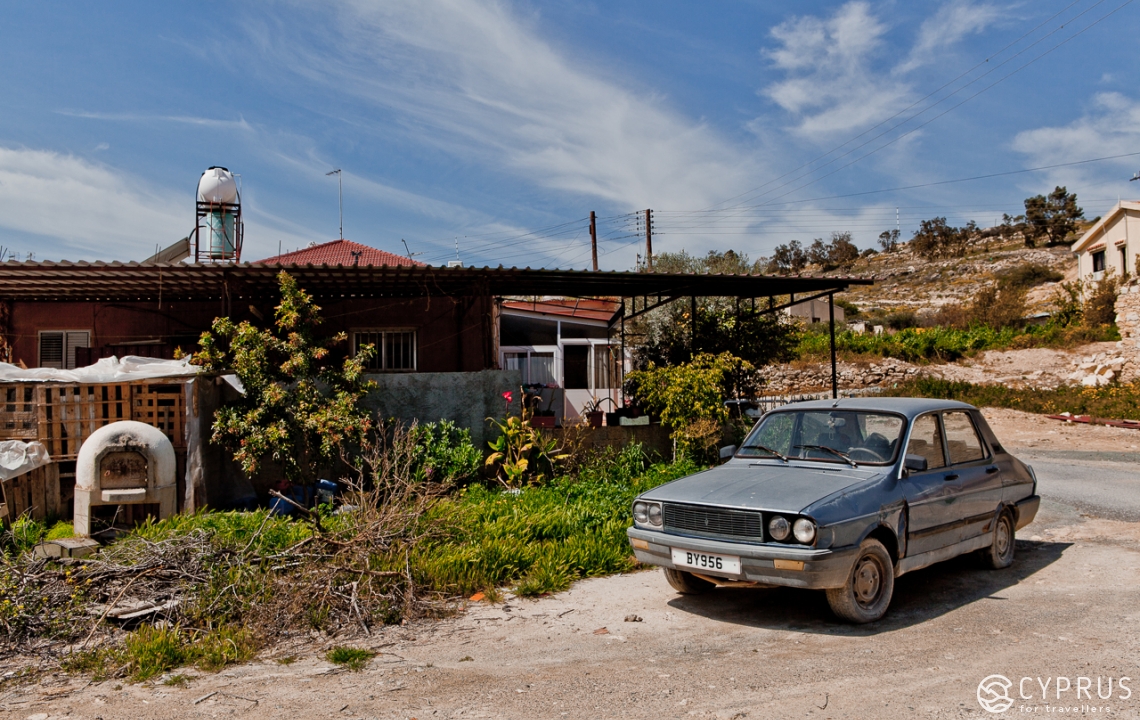
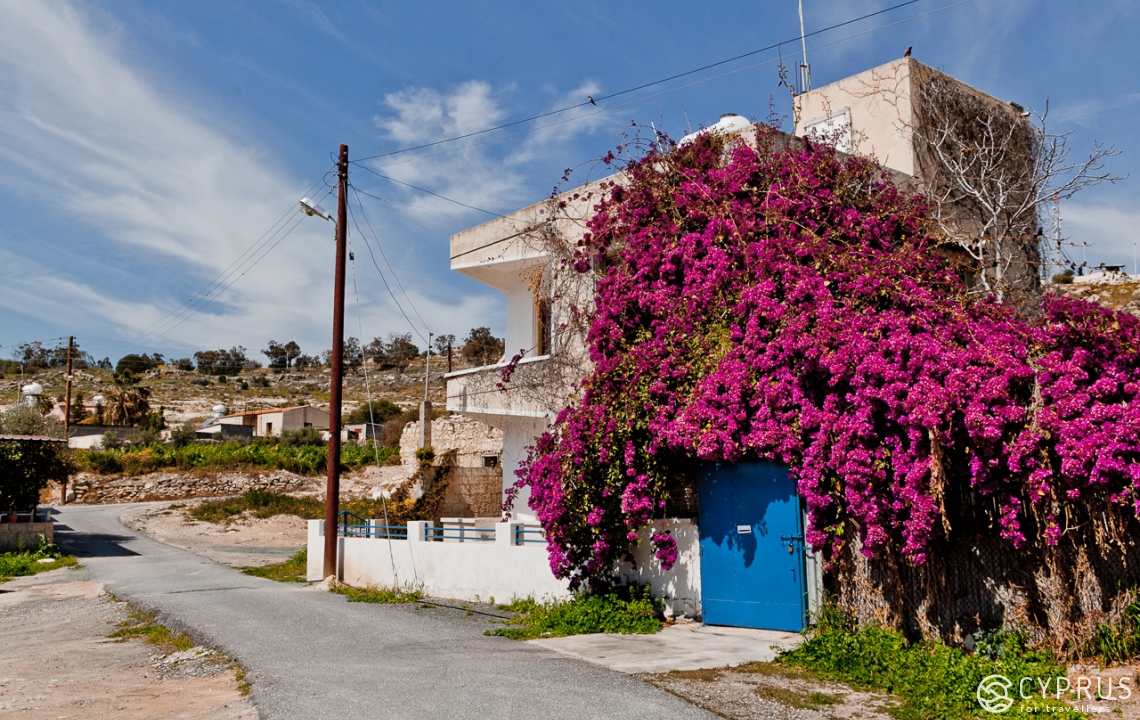
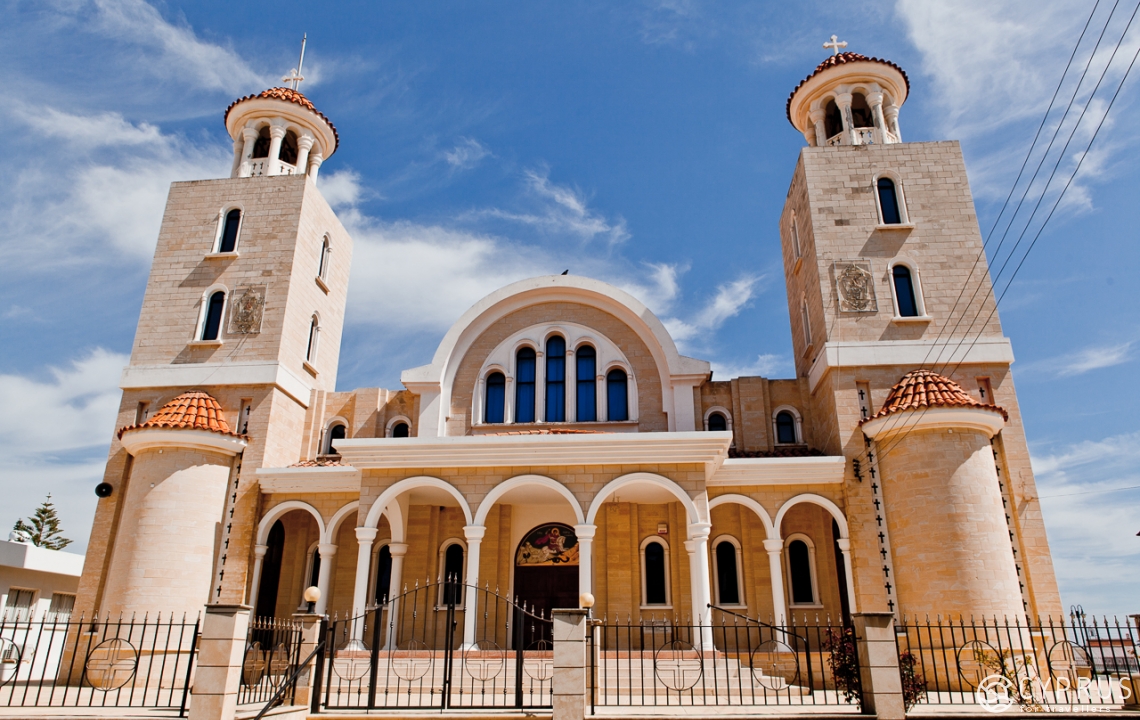
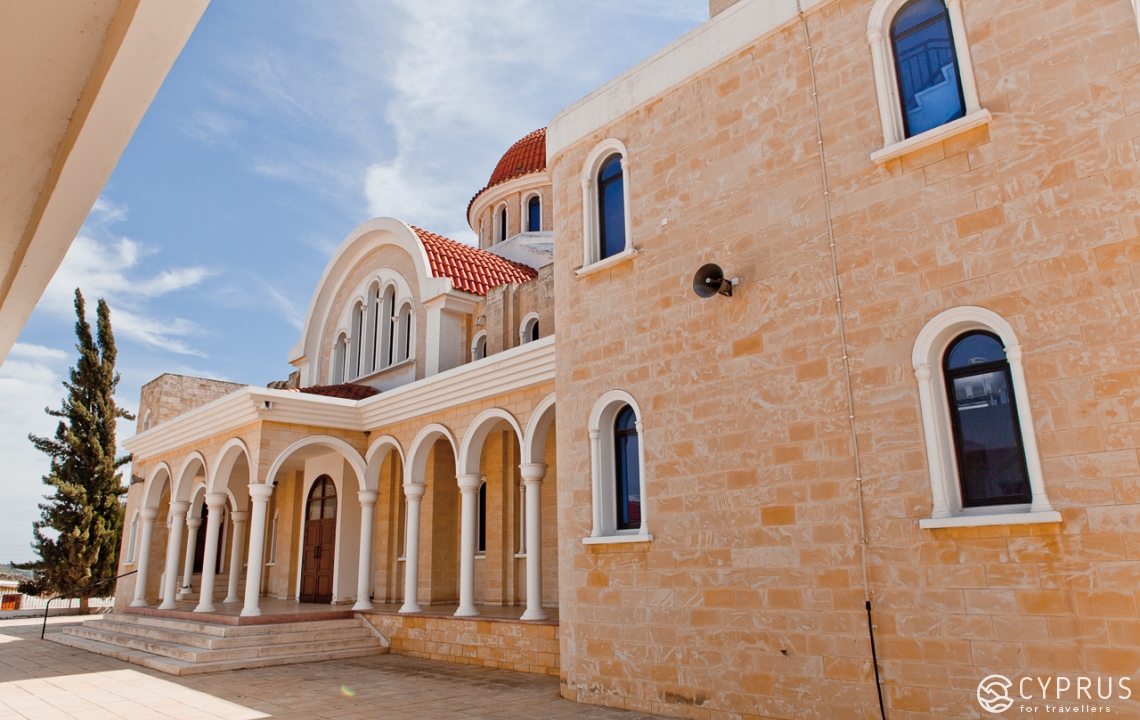
After leaving Pyla we head towards Dhekelia, but before we get there, we make a stop at the coast. The scenic view of the sea together with the strong wind will take your breath away here. If you want to take your time, there is a comfortable public beach right after the wild part of the coast. It is called CTO Beach (Сyprus Tourism Organisation) and comes with all the basic amenities. However, we decided to keep moving because we had a very intense program lined up ahead of us.
Ayia Napa
The Old Town (discovered at the end of the 18th century) as built around a medieval monastery of the same name. Today it is one of the main tourist attractions in Cyprus.
WaterWorld Themed Waterpark is one of the largest in Europe. It is located on more than 100 sq meters of land and offers 25 different activity zones and attractions, some of which feature sliding speed of up to 40 km/h.
All of the attractions are dedicated to history and mythology of Ancient Greece. Hence, the «antique» design elements: many columns, statues, fountains and gazebos. You can climb Mount Olympus here, ride through «Medusa» tunnels, take a dip in the Atlantis pool or have an incredible experience sliding down the Aeolos whirlpool. Less experienced riders spend time practicing their agility in a separate pool, while the youngest visitors can spend time with their parents in the «Dolphin» pool or have fun in the «Trojan Adventures» game area.
The Waterpark is part of WWA (World Waterpark Association) as well as IAAPA (The International Association of Amusement Parks and Attractions). It is a recipient of 29 international awards.
It was founded in 1996 and opens every year in the beginning of April. It is big and spacious, with a large outdoors parking lot. Visitors can either purchase a ticket or a voucher.
Address: Agia Thekla Road 18, Ayia Napa, Cyprus
Working hours (April – October): 10:00 – 17:00
Visitor information is available in three languages Greek, English and Russian
Website: www.waterworldwaterpark.com
The Ayia Napa Bay: in addition to the small, but very scenic marina with fishing boats, yachts and the famous «Black Pearl» ship, the bay is also home to a number of great restaurants and taverns serving freshly-caught seafood. You can also go on a cruise ride.
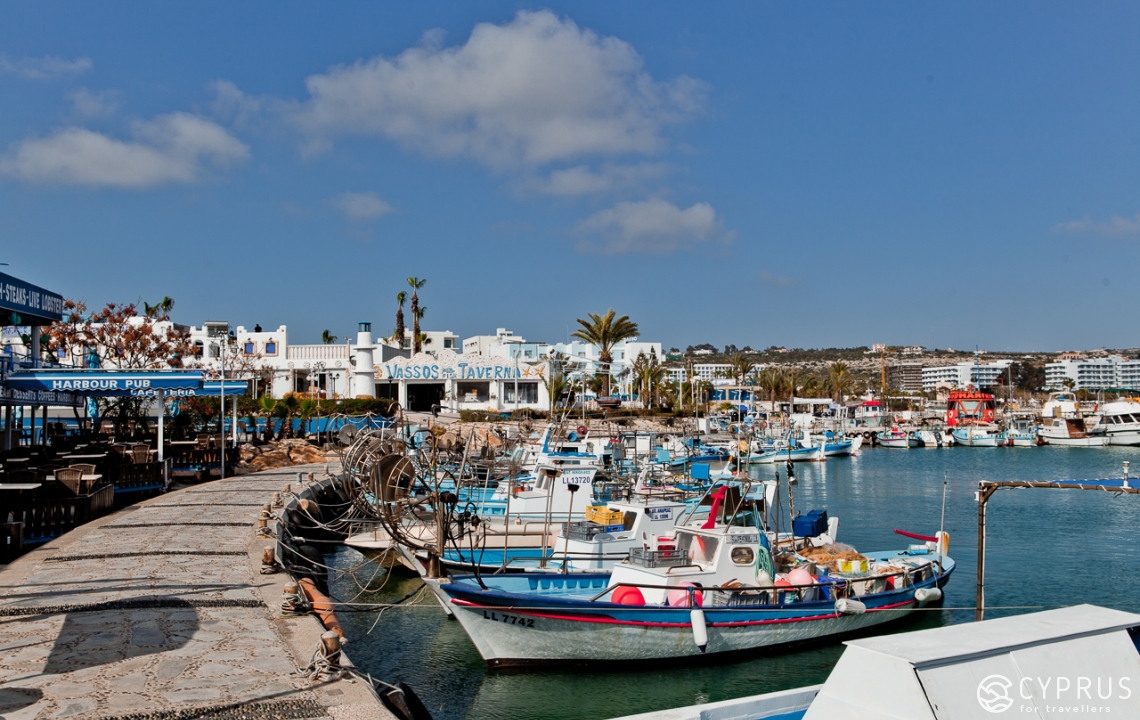
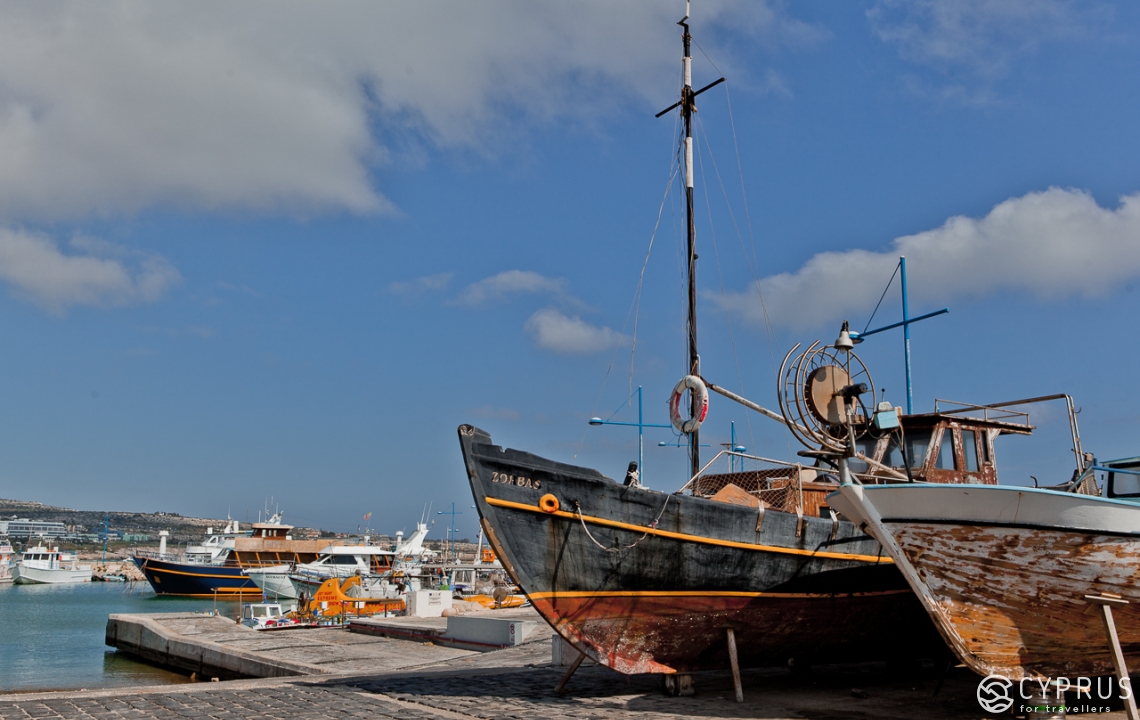
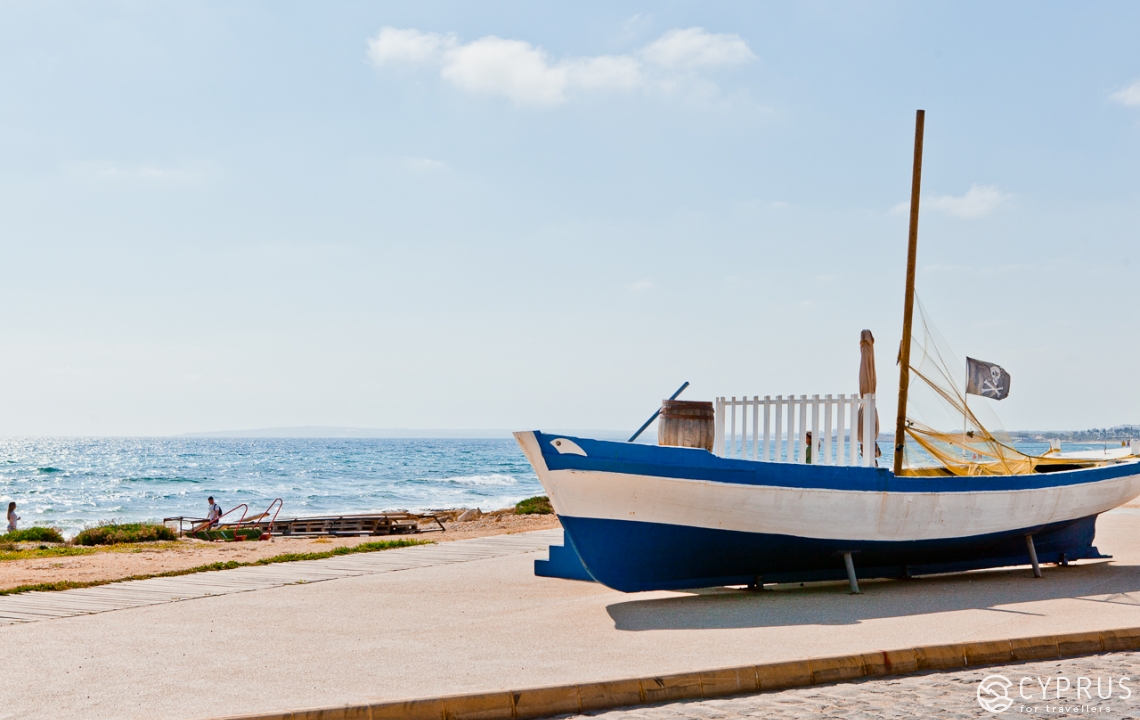
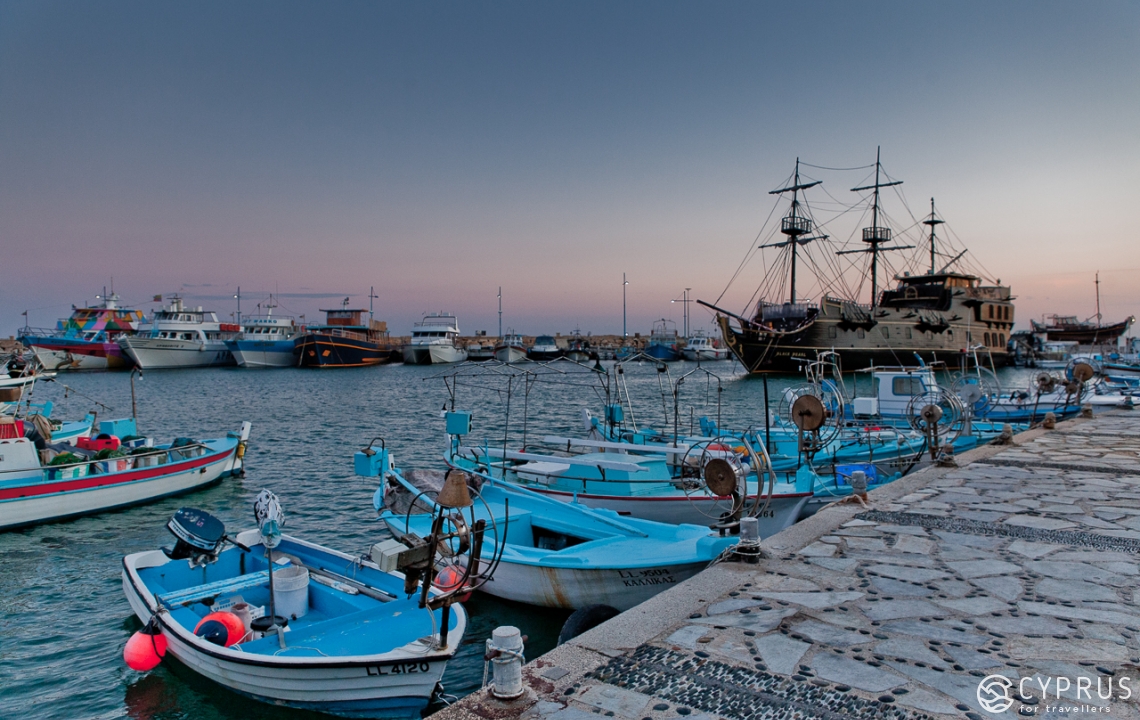
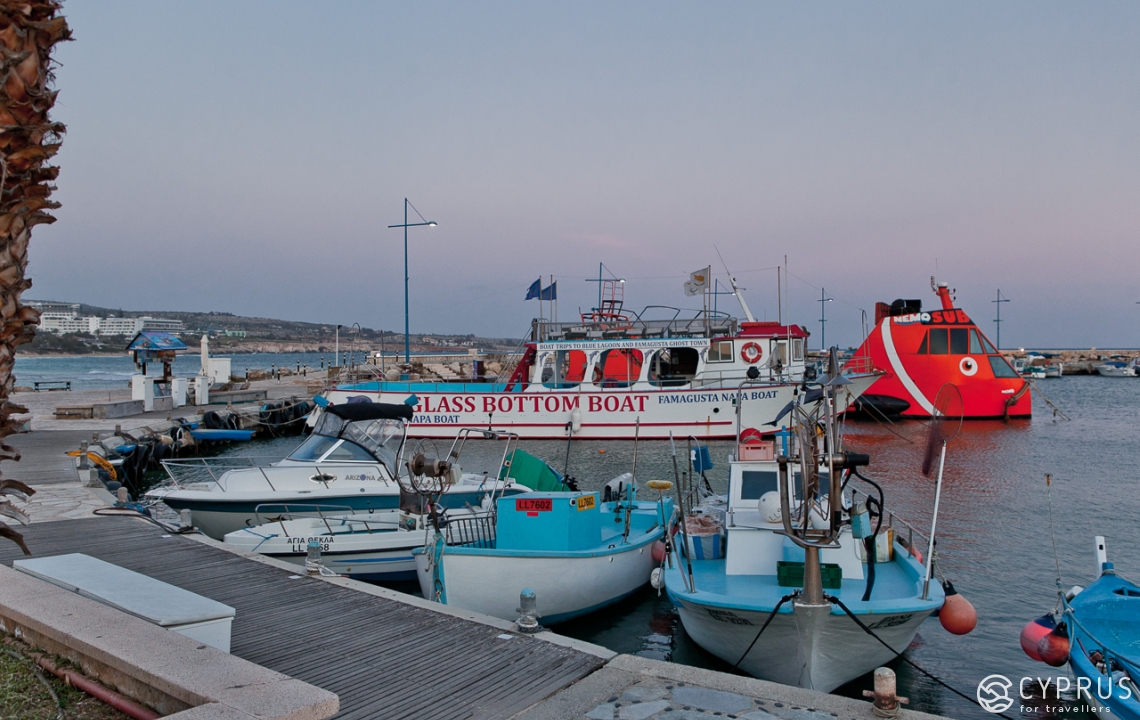
We leave the Ayia Napa Bay and head towards Protaras through a natural reserve.
Cape Greko. Check out one more (in addition to the one in Aiya Napa) natural «Lovers’» bridge, but keep in mind that you can only view it from afar because of the danger of falling rocks.
Saints Cosmas and Damian's Cave is located near Agion Anargiron chapel.
If you keep going, you will soon end up near Cyclops Caves on Konnos Bay — these are natural stalactite caves that are perfect for walks or a family picnic.
Incidentally, many cruise boats that sail around Ayia Napa make a stop here allowing passengers to go swimming or diving. It is also not unusual to come across fishermen waiting to catch fish and larger prey like octopuses.
Protaras
This is a popular destination for those who want to have a quiet time at the beach. After you’ve spent a few years on the island (or visited it a couple of times), you come to learn that this area is really a dream come true — both for locals and tourists. The quiet, slow-paced lifestyle, the sprawling landscapes, the evergreen flora, the numerous sightseeing attractions and the proximity to other cities and regions on the island make this a must see destination. Do find time to visit Protaras, whatever the season or the weather. Some of the popular beaches are: Fig Tree Bay, Luma, Pernera, Kapparis, among others. You can choose among a great variety of watersports activities offered along the coastline: go parasailing, rent a water-scooter or water skis, go windsurfing or flyboarding. But keep in mind that these activities are available from April to October, 9am-6pm.
To learn more about boat rides and cruises, read this.
Diving locations: Green Bay.
St. Nicholas Bay and Marina — this is a special place, which you can read about here and here.
Horse-riding is for those who may have gotten tired of the beach. It is a great alternative to watersports.
The beaches outside the city: if you are drawn to legends and mysterious tales, then you had better come to Kapparis (an area that spans along the coast, but is still somewhat removed from the hustle and bustle of beach life). The area harbors many quiet lagoons and rocky cliffs, which reveal views of Varosha, which up until 1974 was a fashionable resort town in Famagusta.
To complete your day, stop by one of the bars or restaurants on Kennedy street in Kapparis, or go back to Protaras and visit one of its many popular eating joints.
If you are an adults-only group of travelers, then we suggest that you check out the Dancing Fountains show in Protaras or visit one of the many night venues in Ayia Napa.
Route 2: a tour of history
This is an educational route. It is great for those who like art and antiquity.
Pyla
In addition to the above-mentioned locations, we recommend that you visit the medieval Panagia Asprovuniotissa Church (12th century), which is located in the eastern part of the village. For centuries Panagia served as a monastery and then became the village’s main church.
Ayia Napa
Before we reach Ayia Napa we make a stop at Sotira — a village along the coast. Yere we can visit Ayia Thekla Chapel.
Makronissos Tombs — this is an antique necropolis that belongs to the classical Hellenic period of Cypriot history. It was discovered in 1974. The stone steps will take you down to the tombs (of which there are 19). The archaeological site is under the protection of the International Archeological Society.
There is a great beach nearby.
We head towards the center of the city (keep in mind that there is public parking outside the former monastery and in the square by the bay).
The Monastery Museum and the Church of Panagia Aiya Napa. The monastery museum participates in many educational programs and cultural events (one of which is Flashbacks — an event that takes place every friday and is dedicated to the rebirth of CYpriot rituals and traditions). Learn more about it here.
Farm House Agrotospito in Ayia Napa. In addition to the permanent exhibition and the souvenir shop, do check out some of the master classes offered by local artisans as well as other public events. Telephone: +367 99684318 (George Nikitas).
Stay a bit longer and visit the Thalassa Municipal Museum. It is a one-of-a-kind museum dedicated to the sea. It was founded in August 2005.
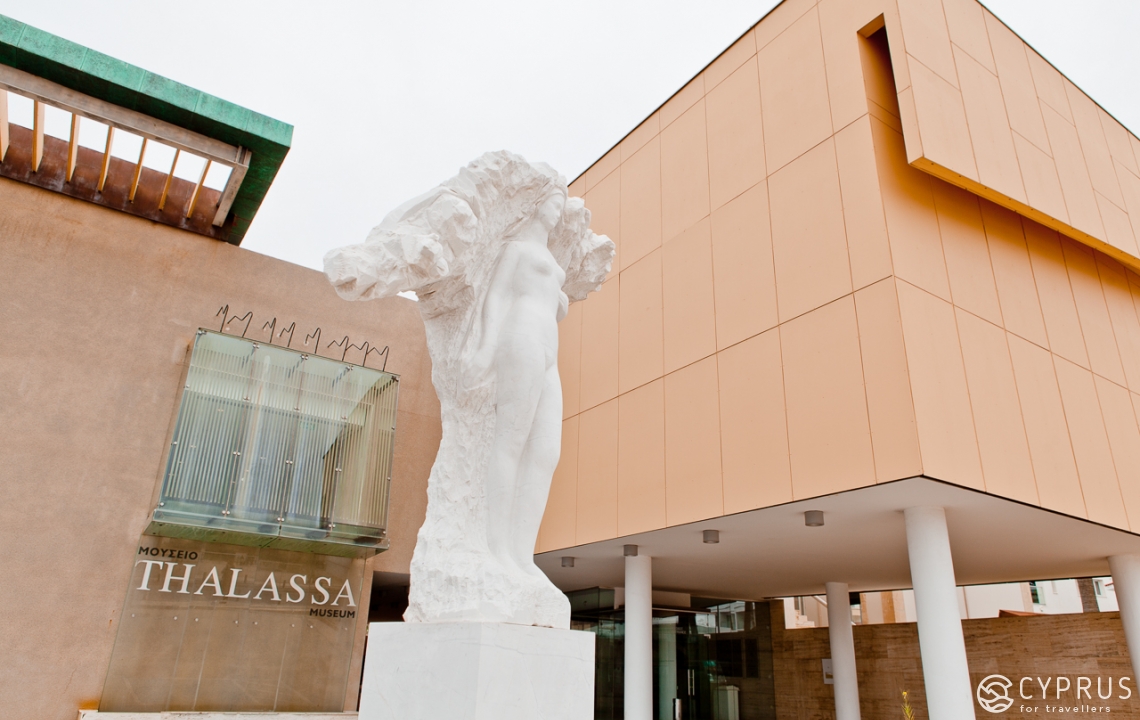
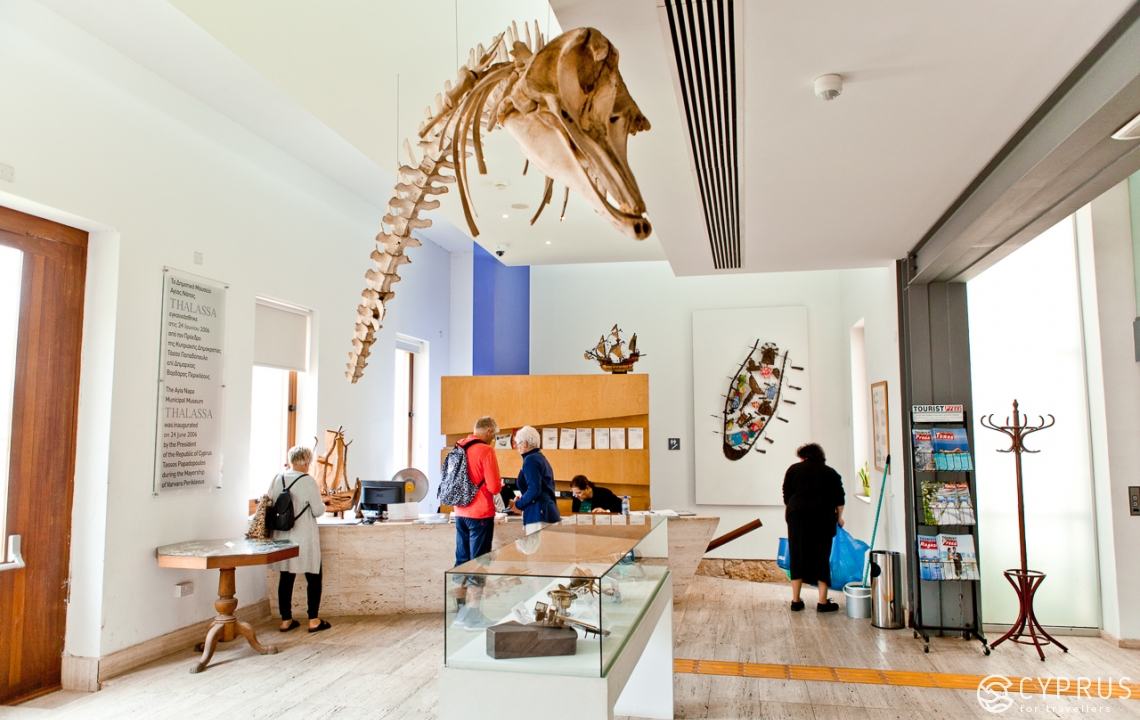
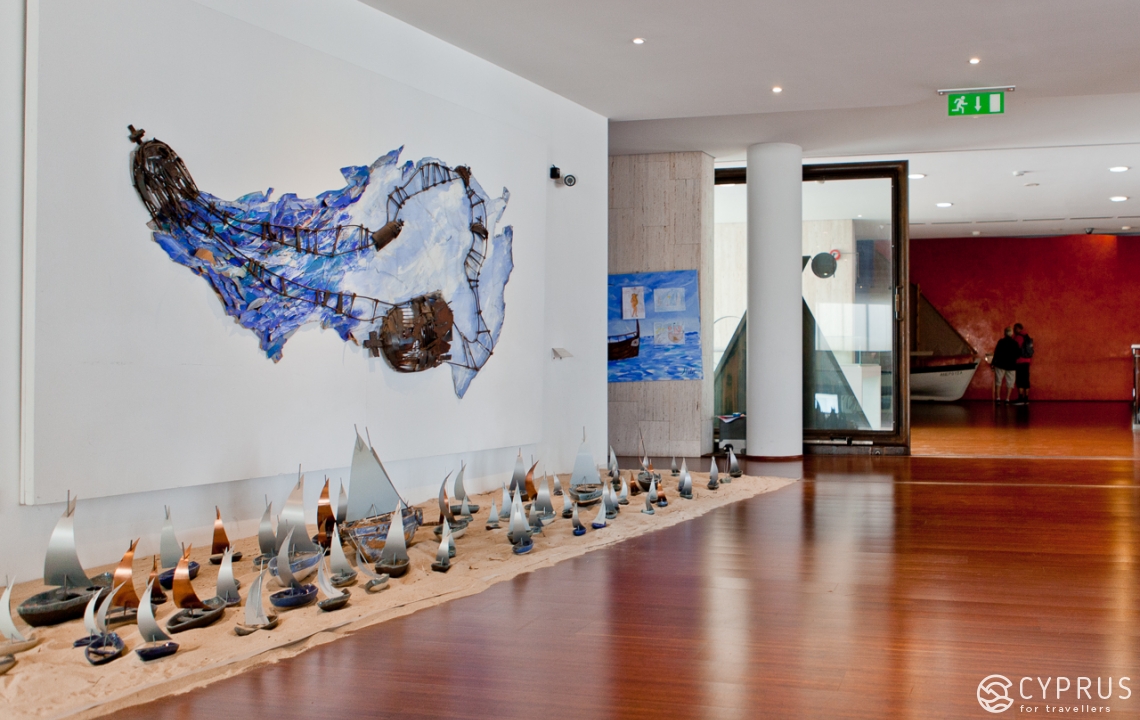
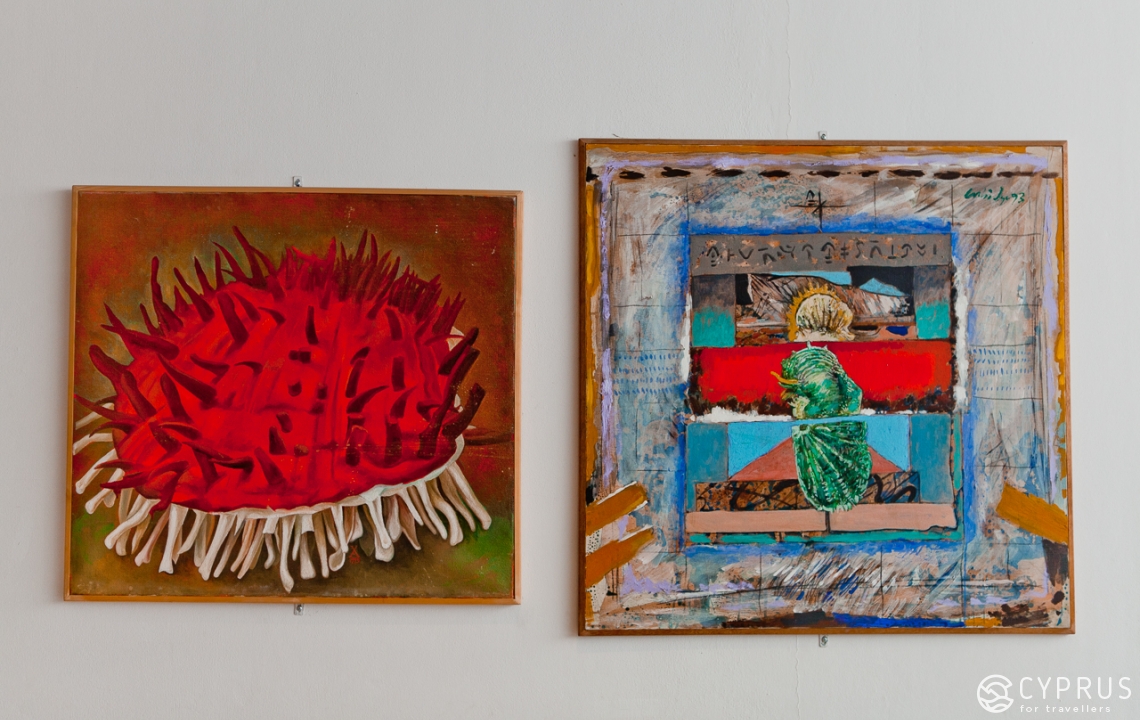
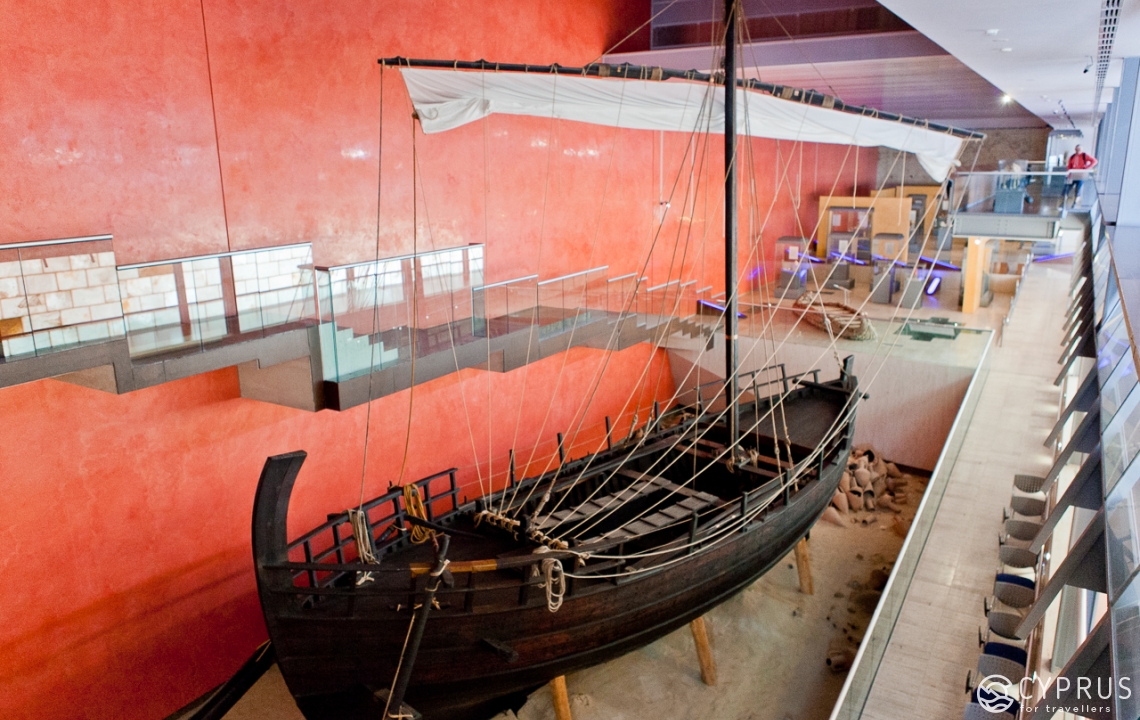
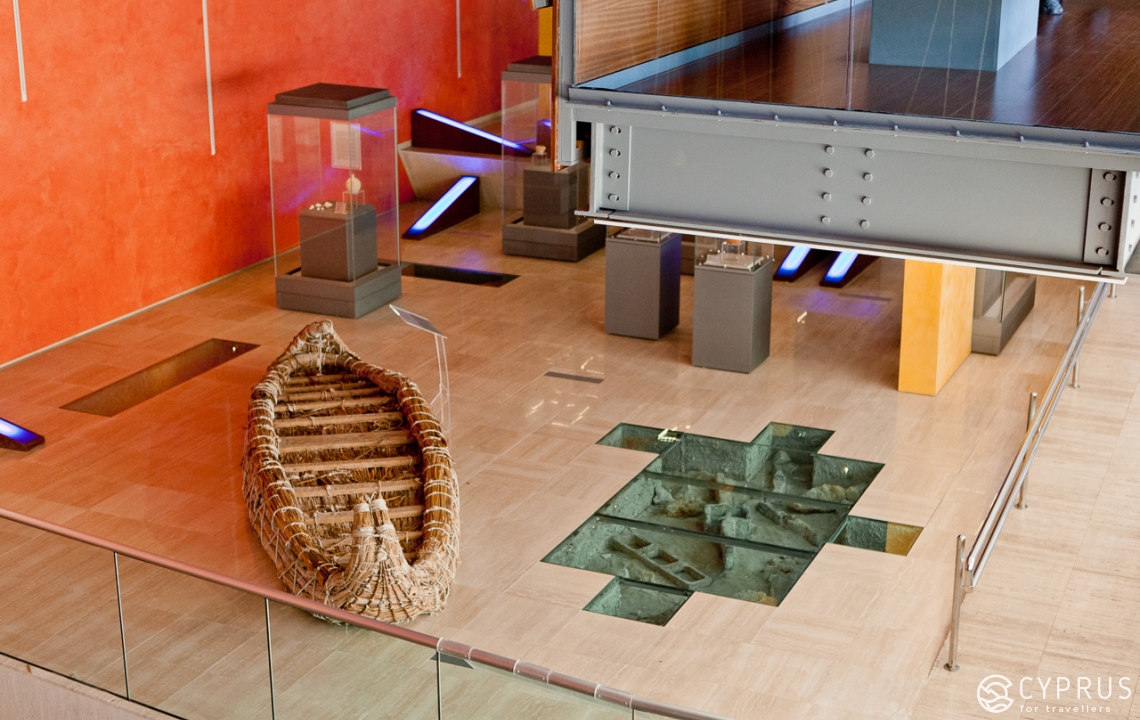
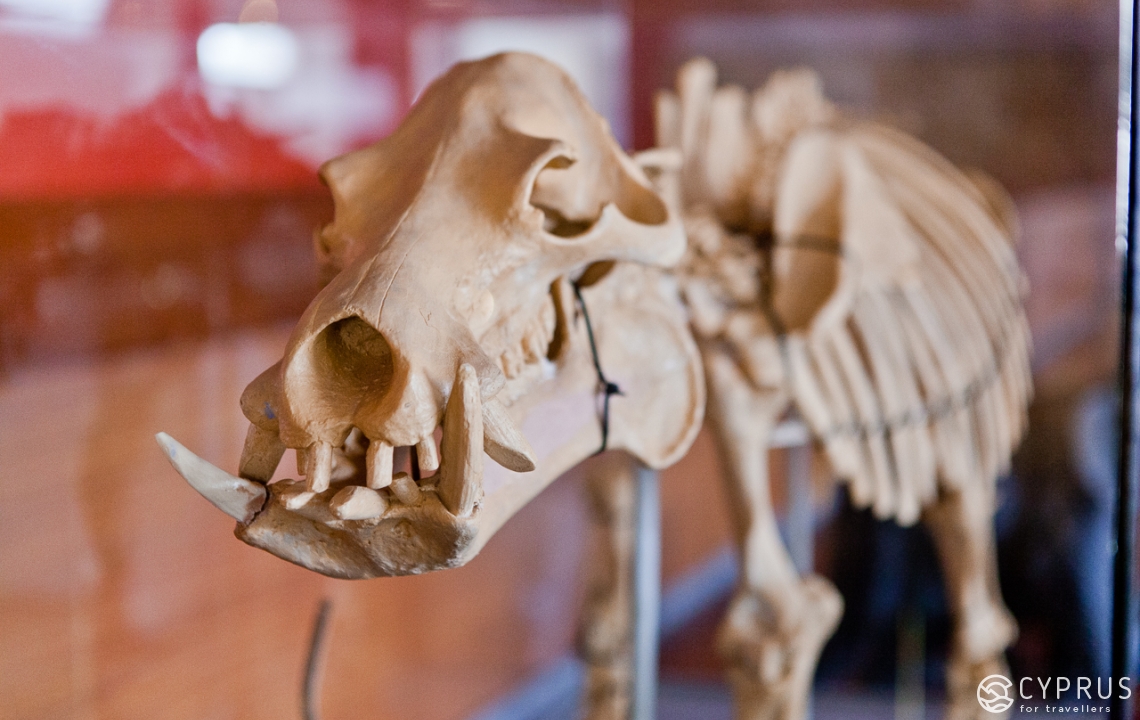
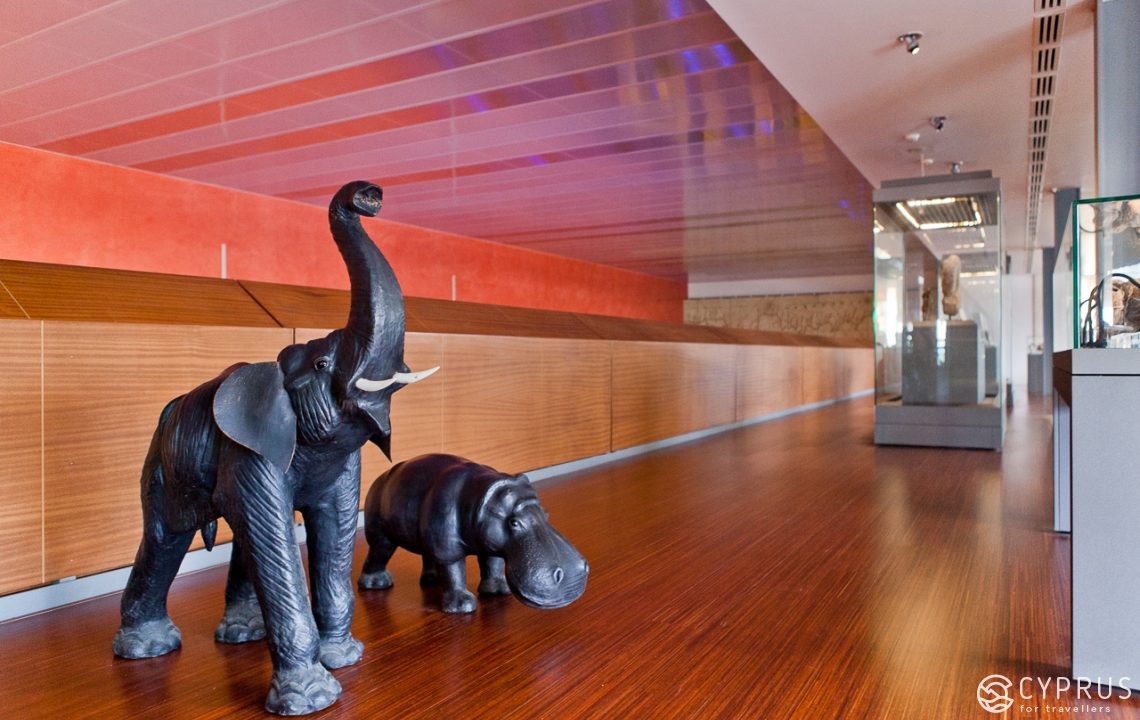
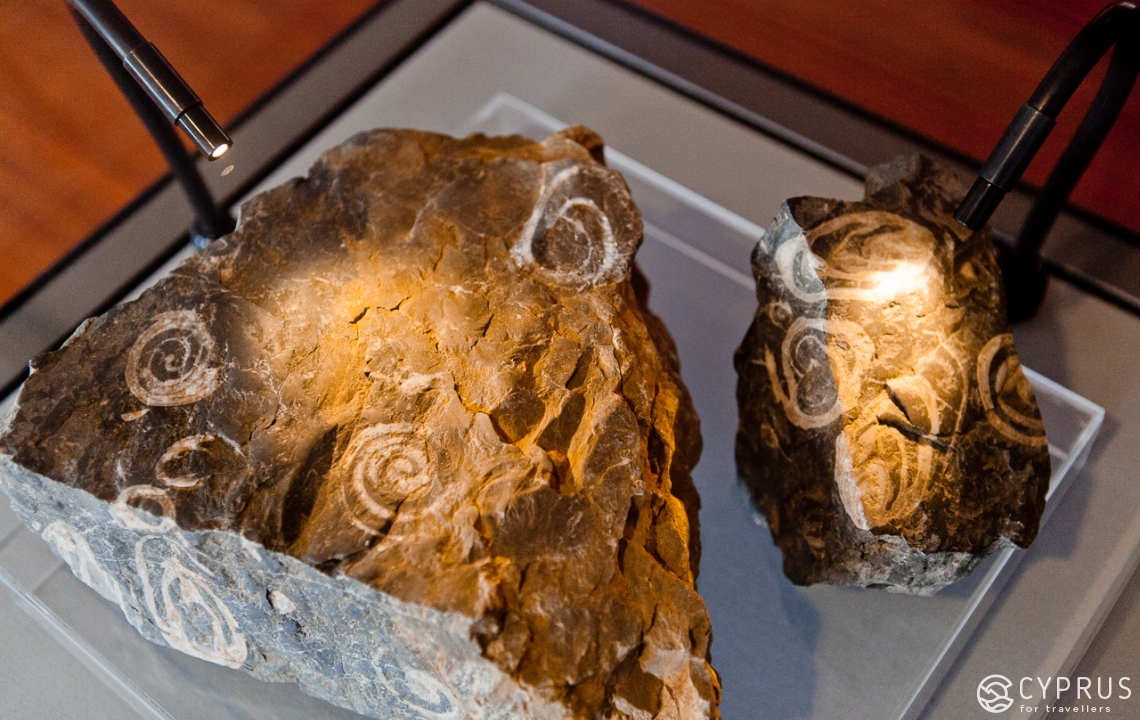
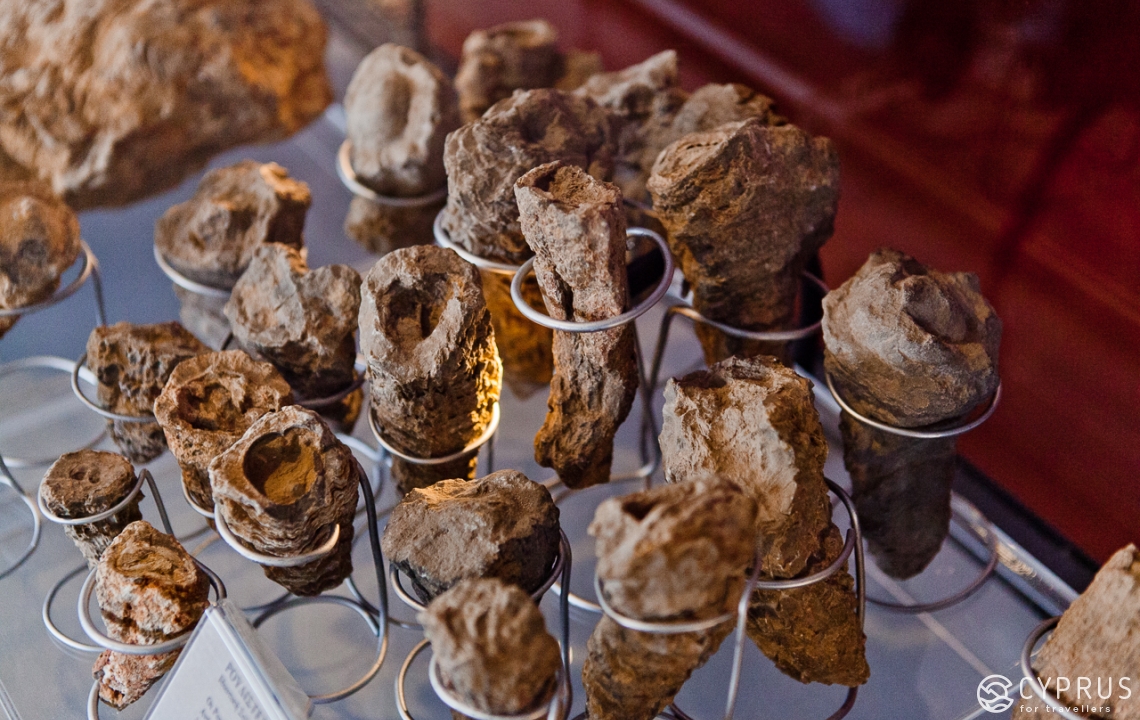
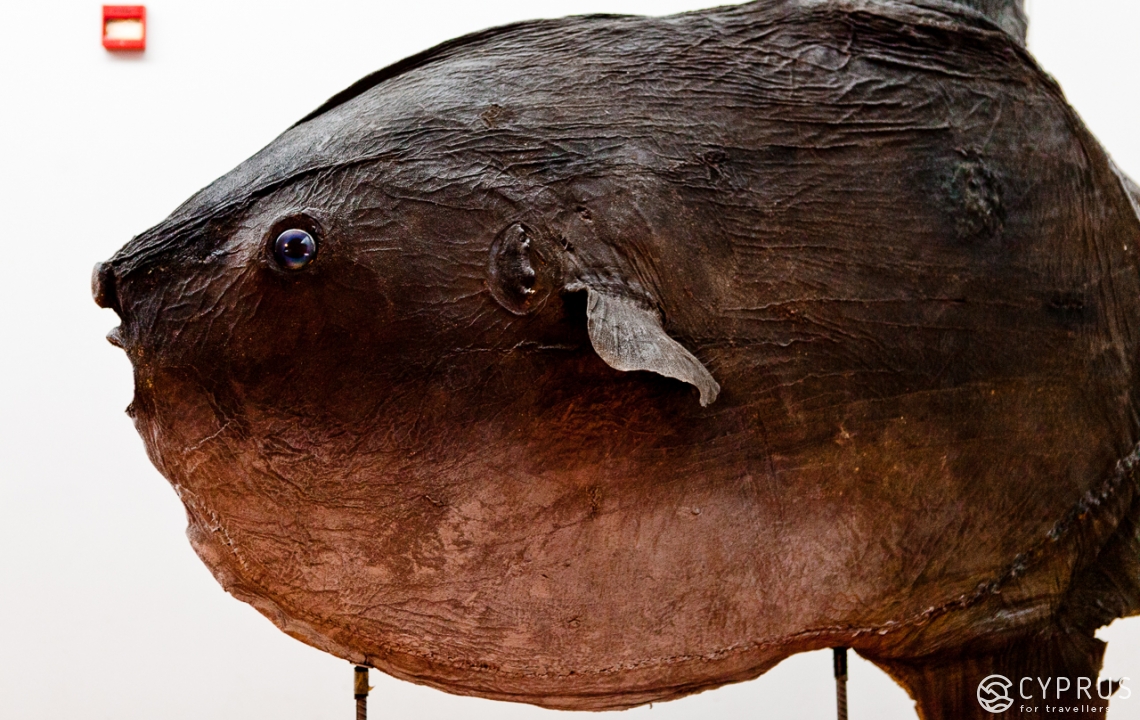
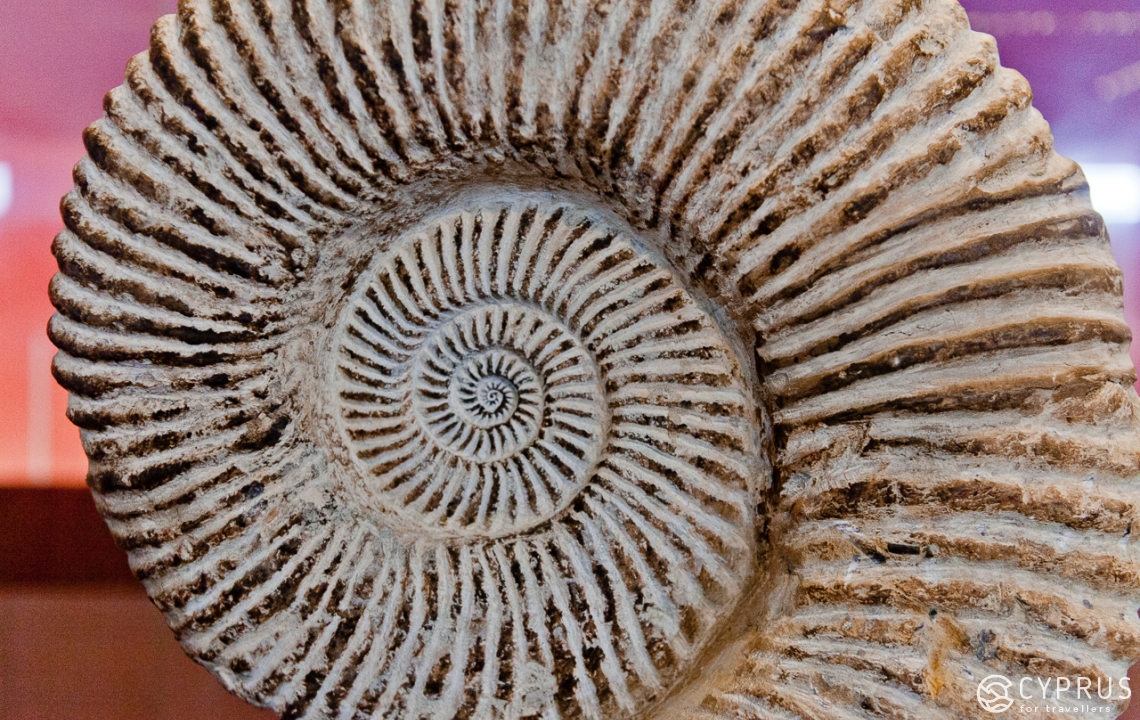
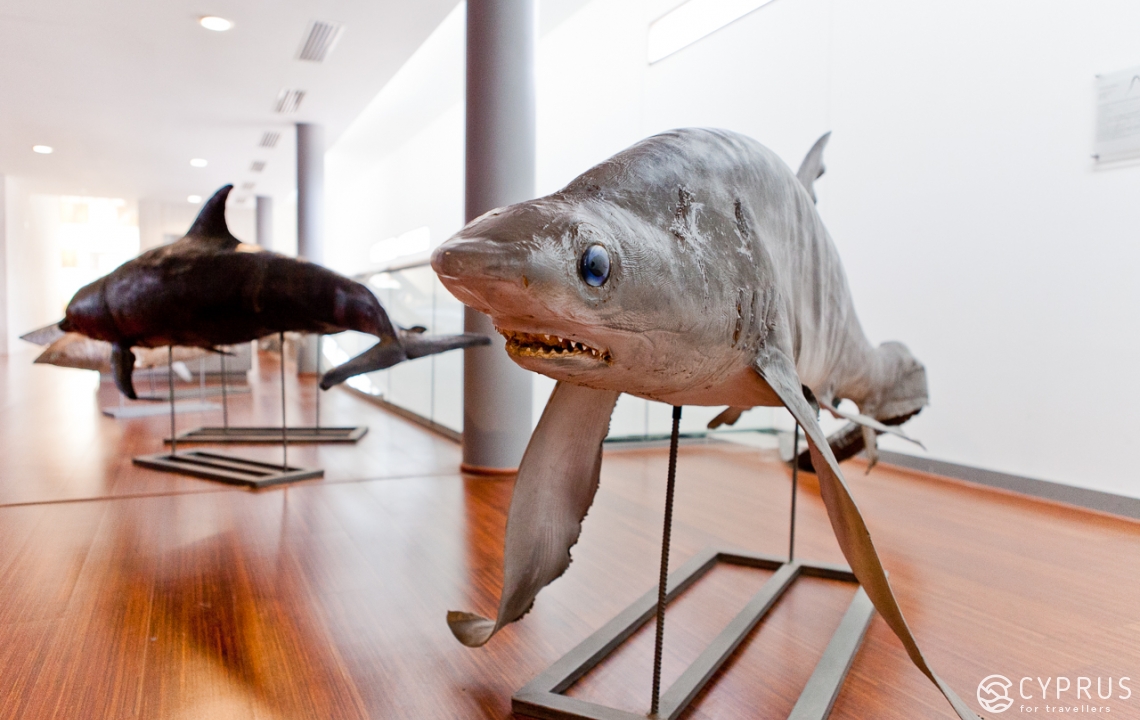
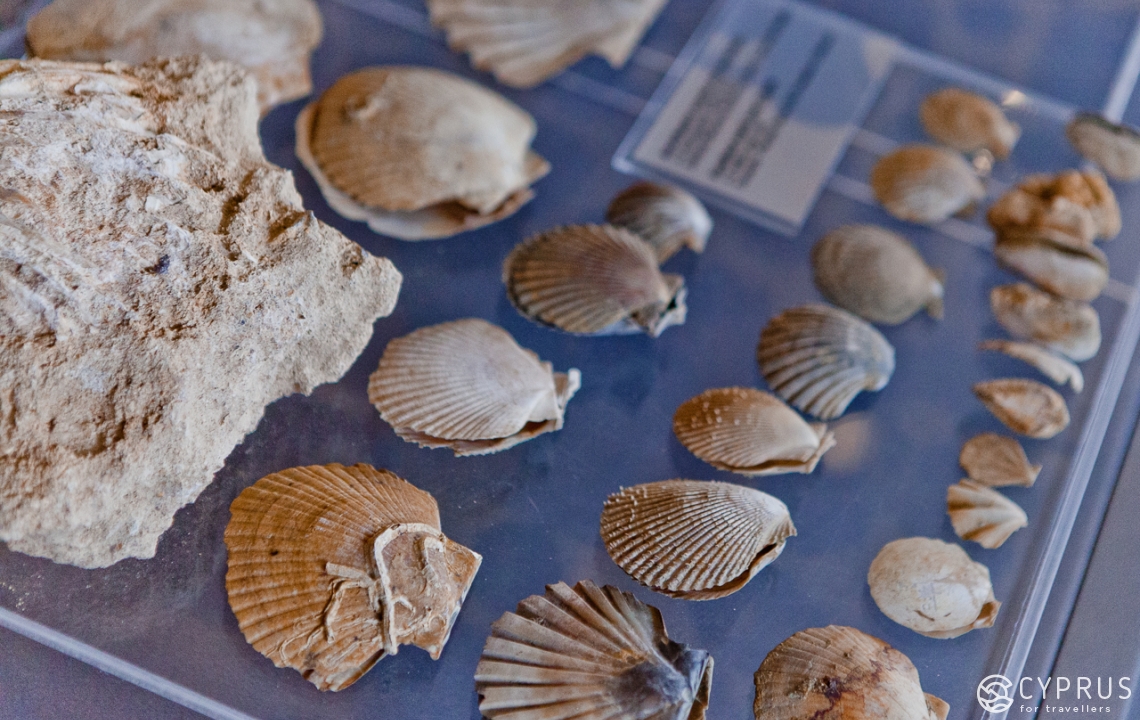
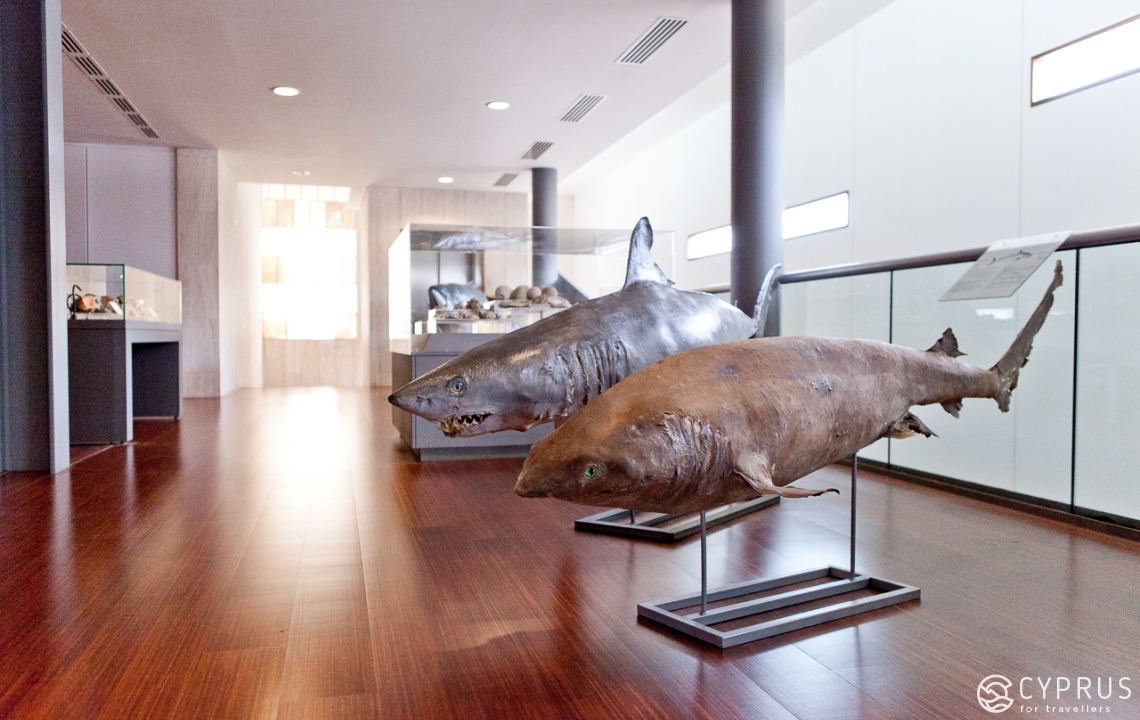
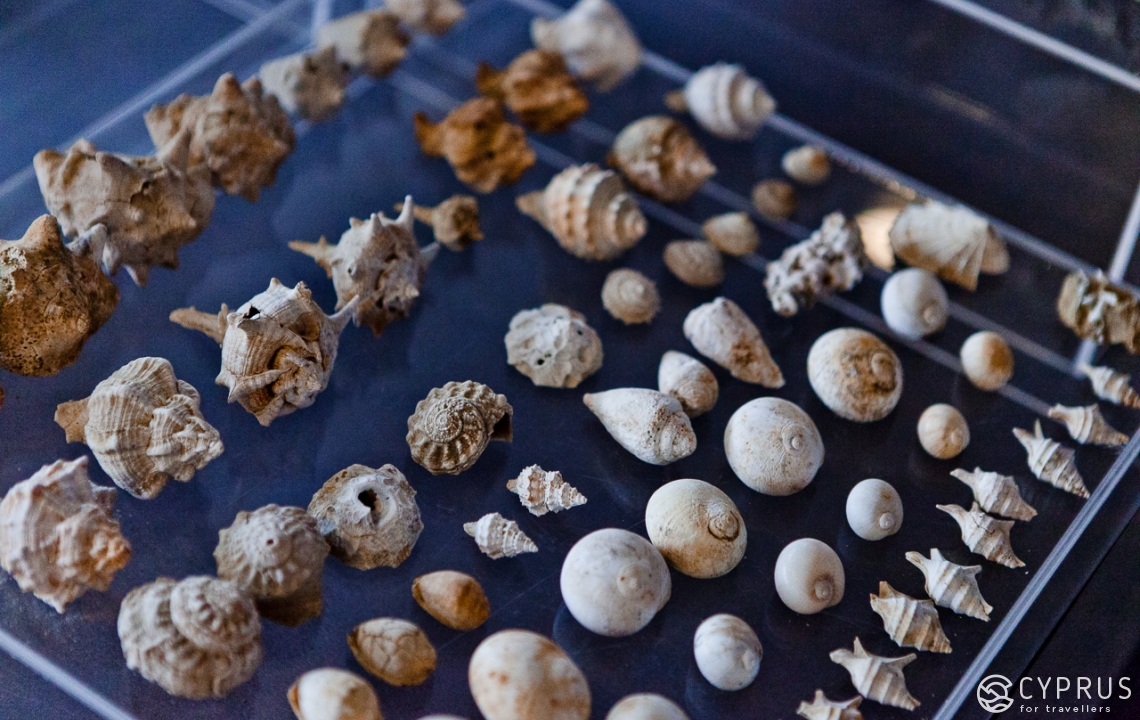
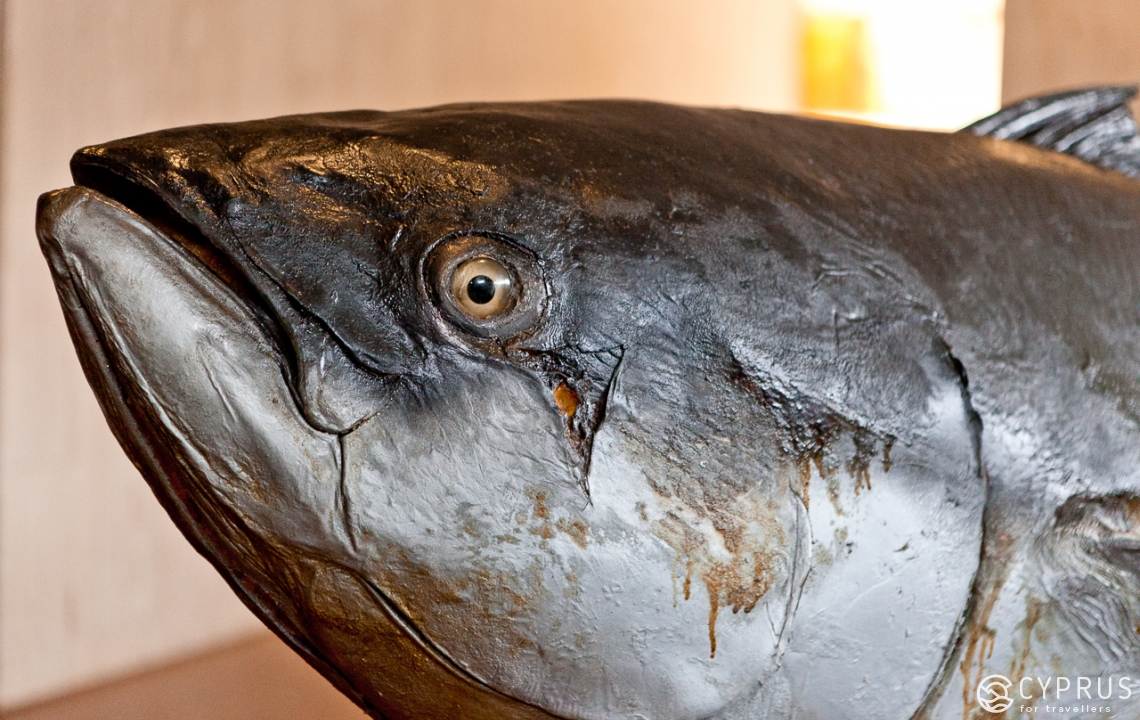
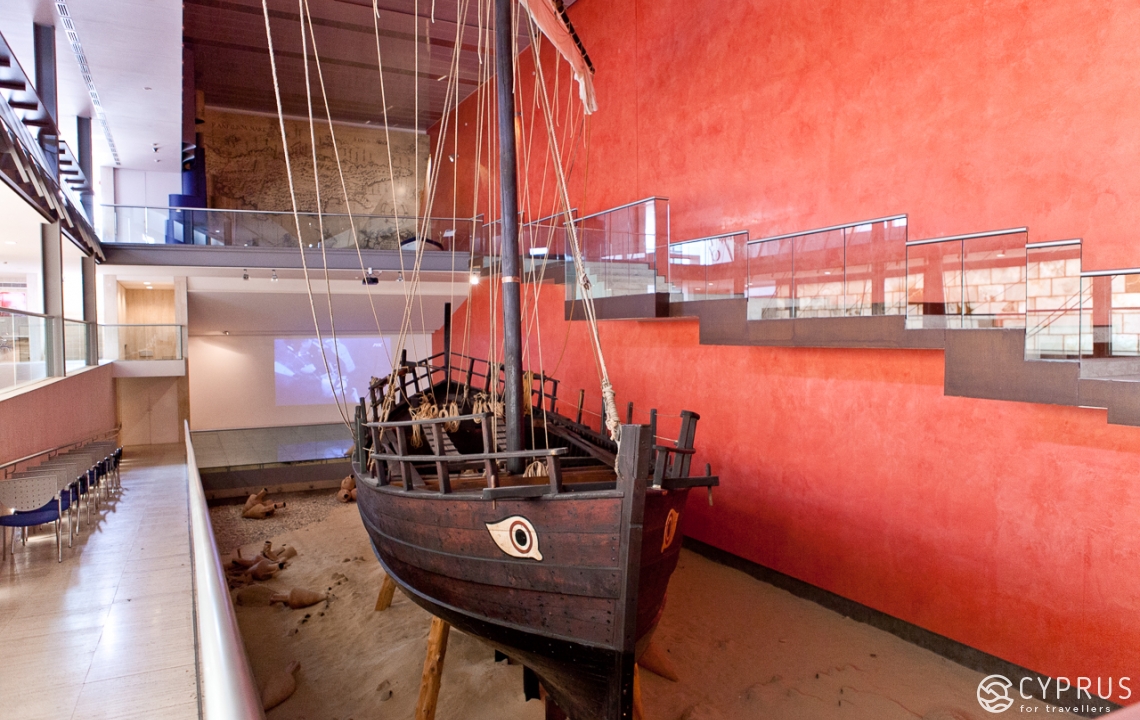
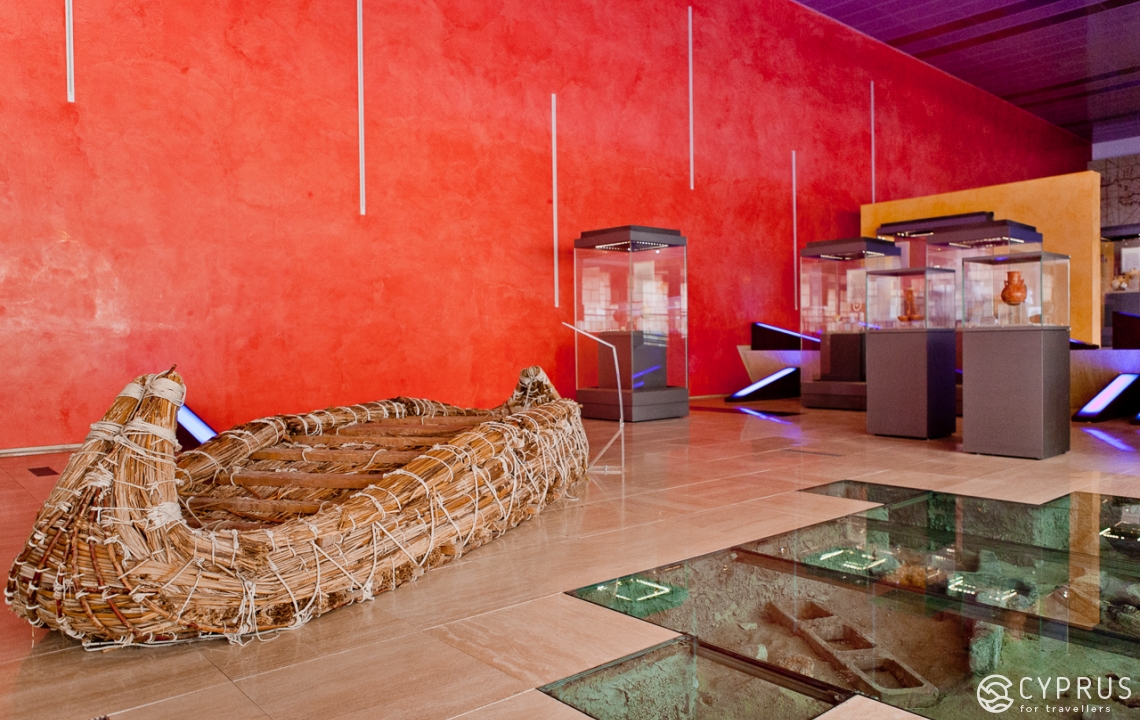
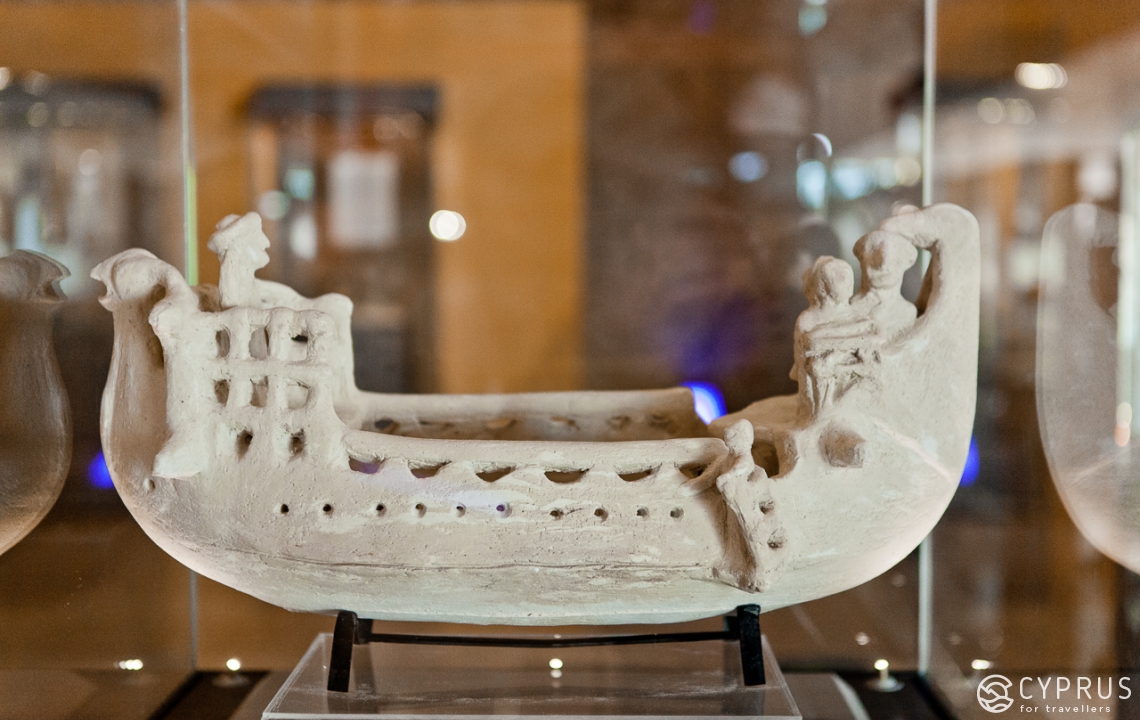
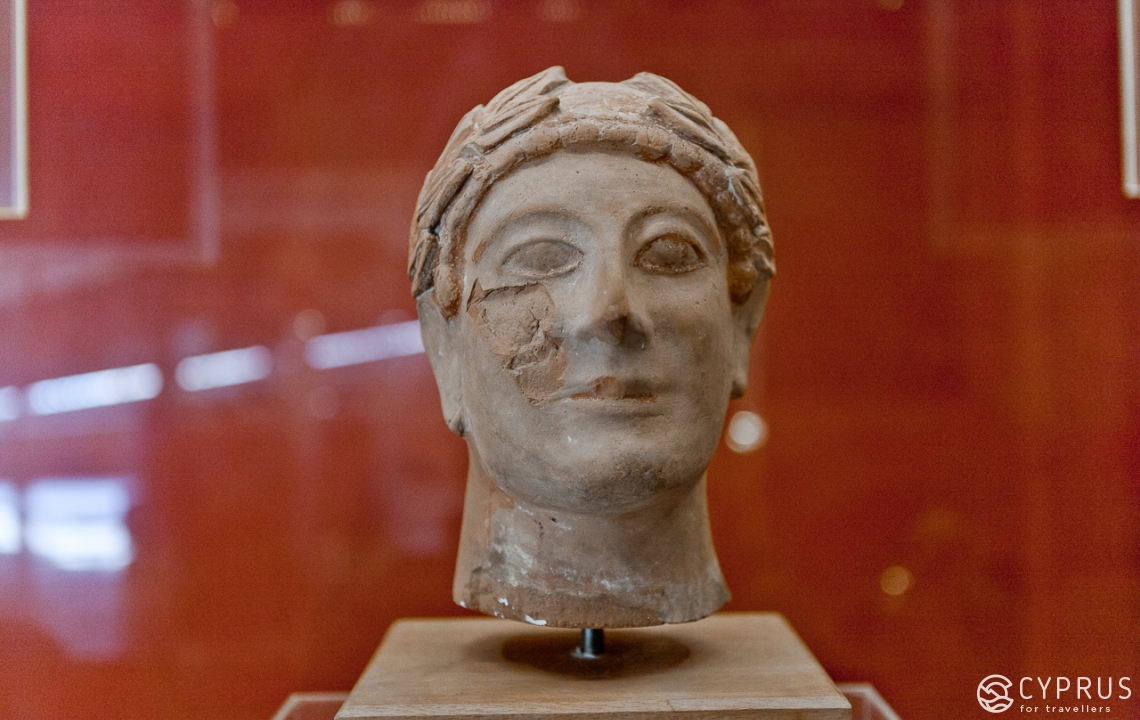
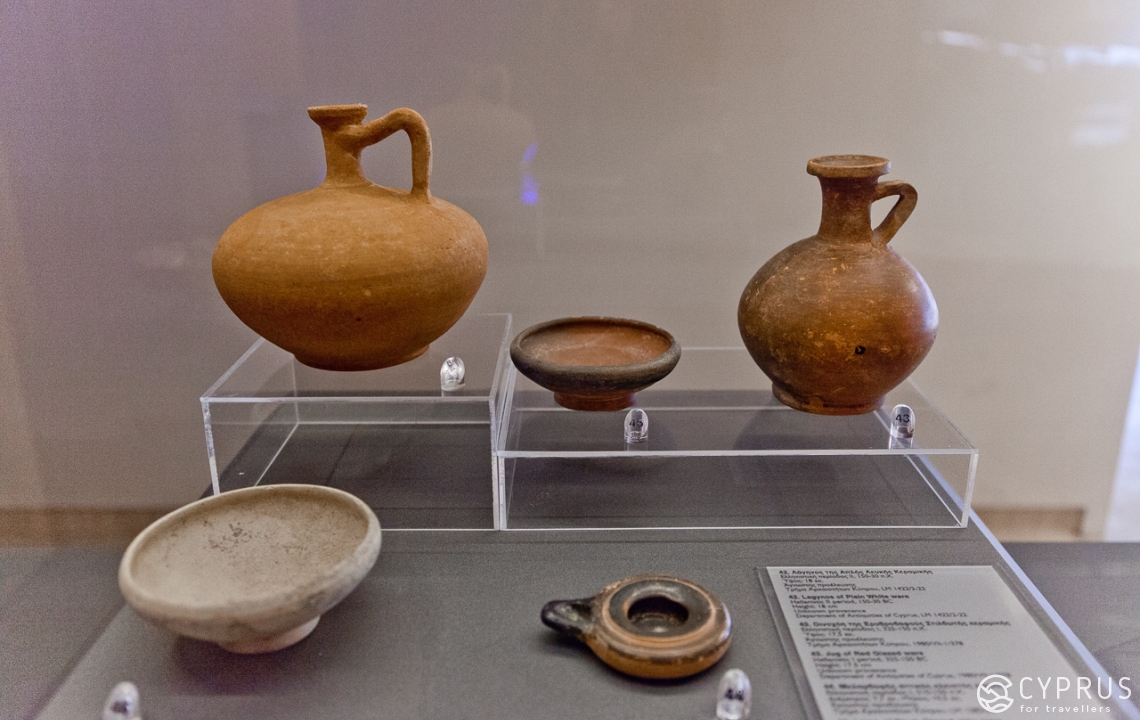
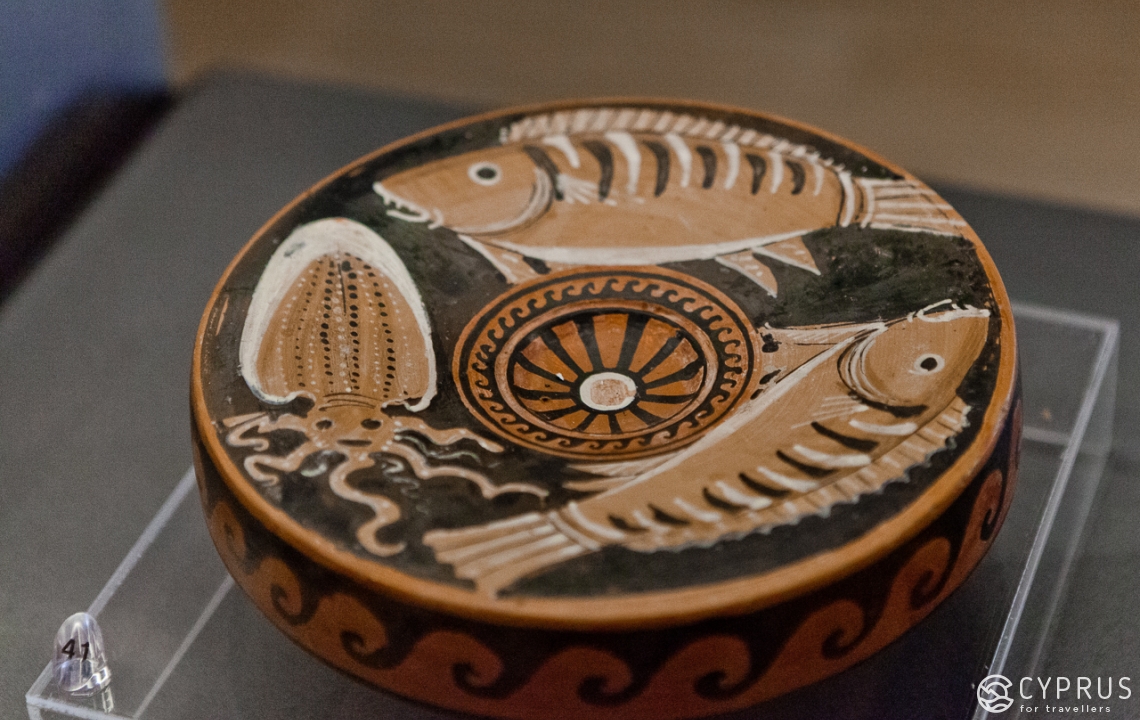
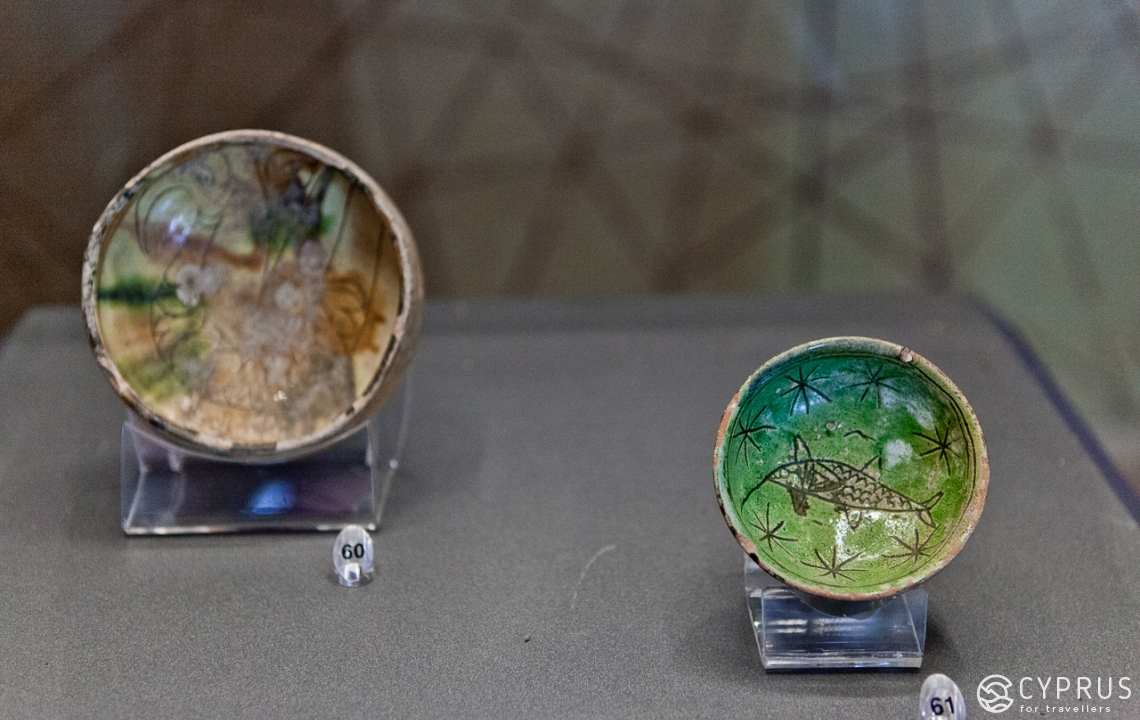
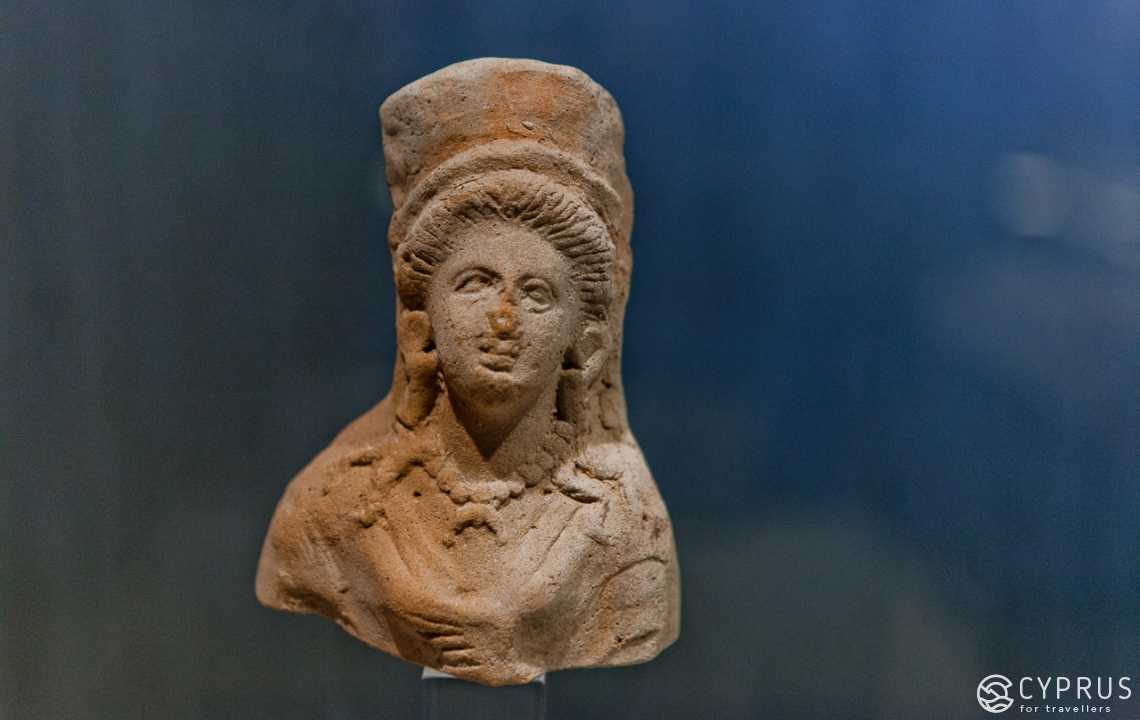
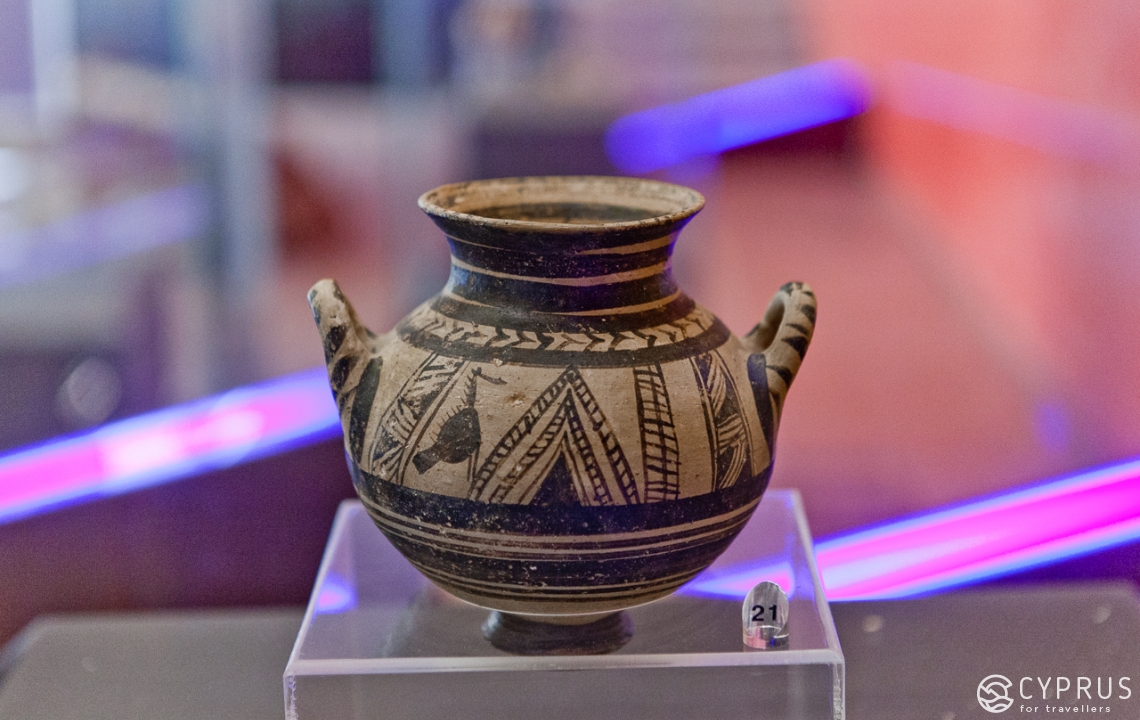

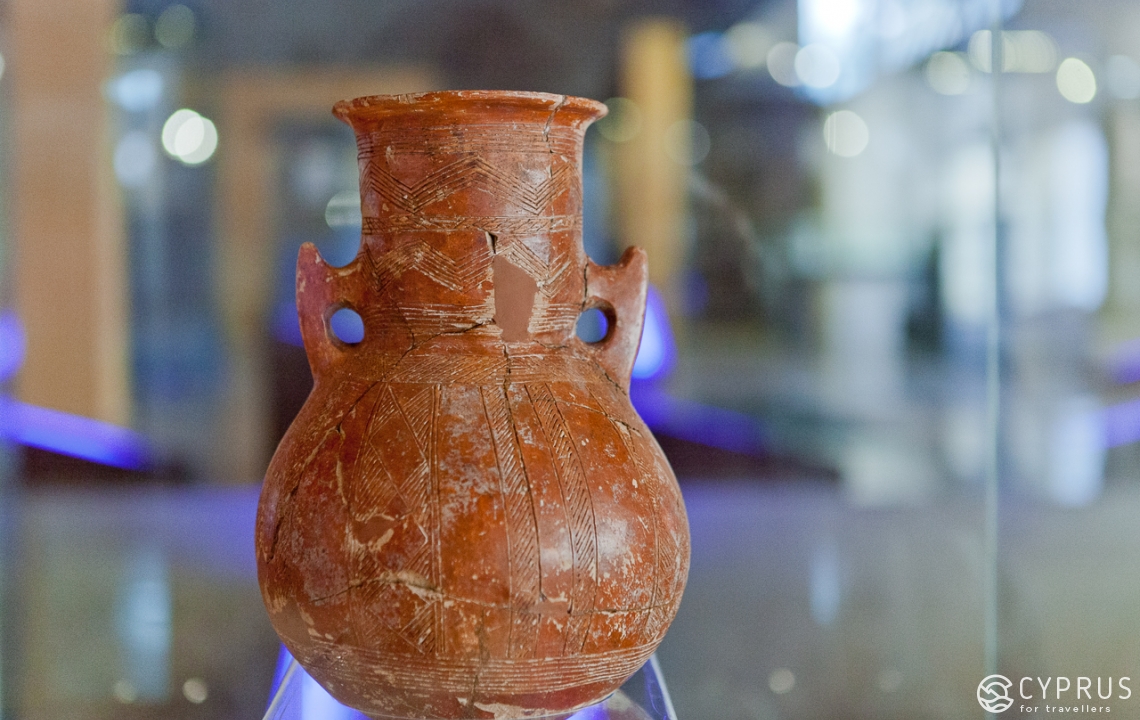
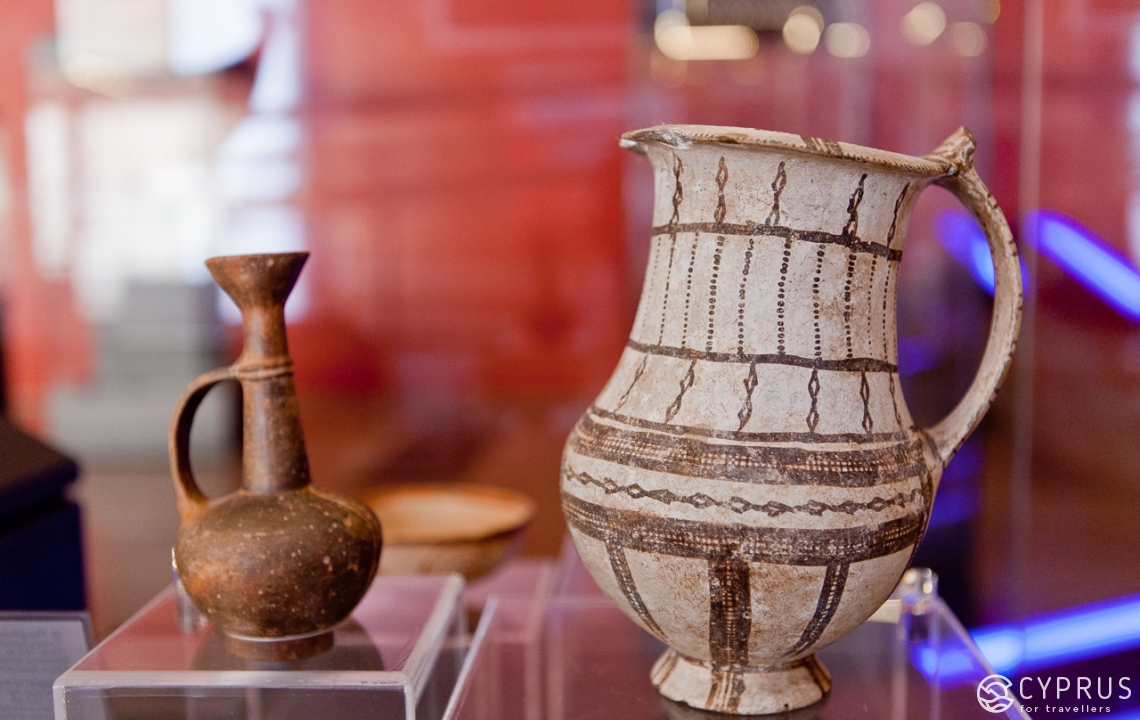
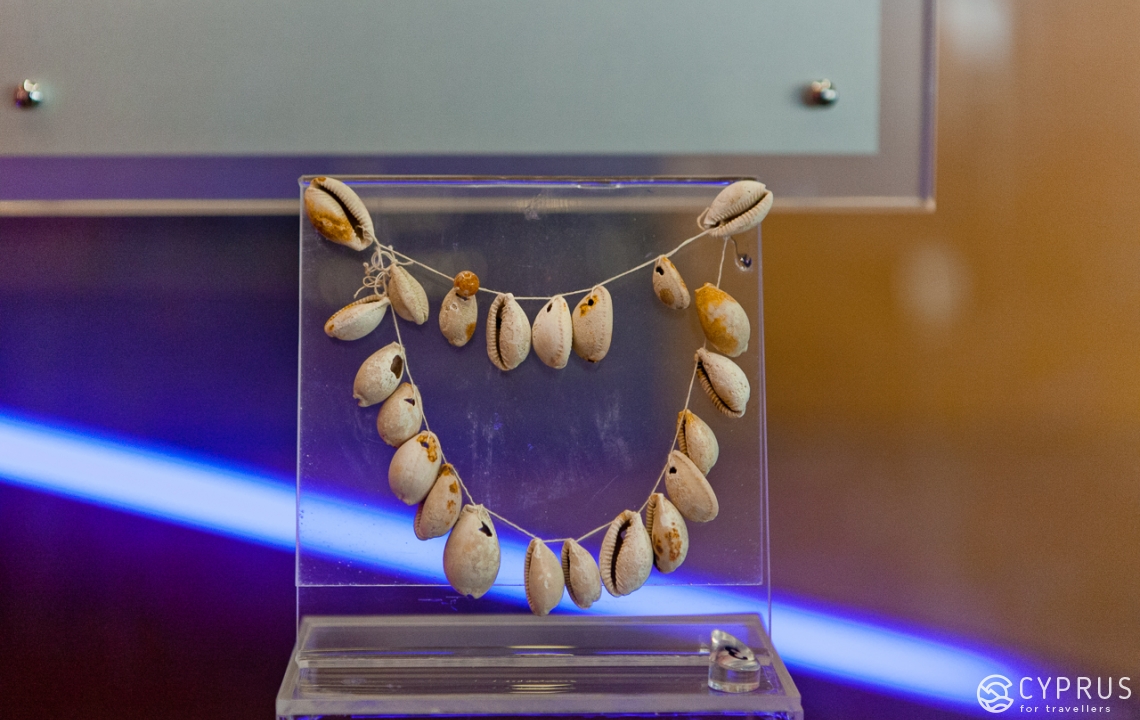
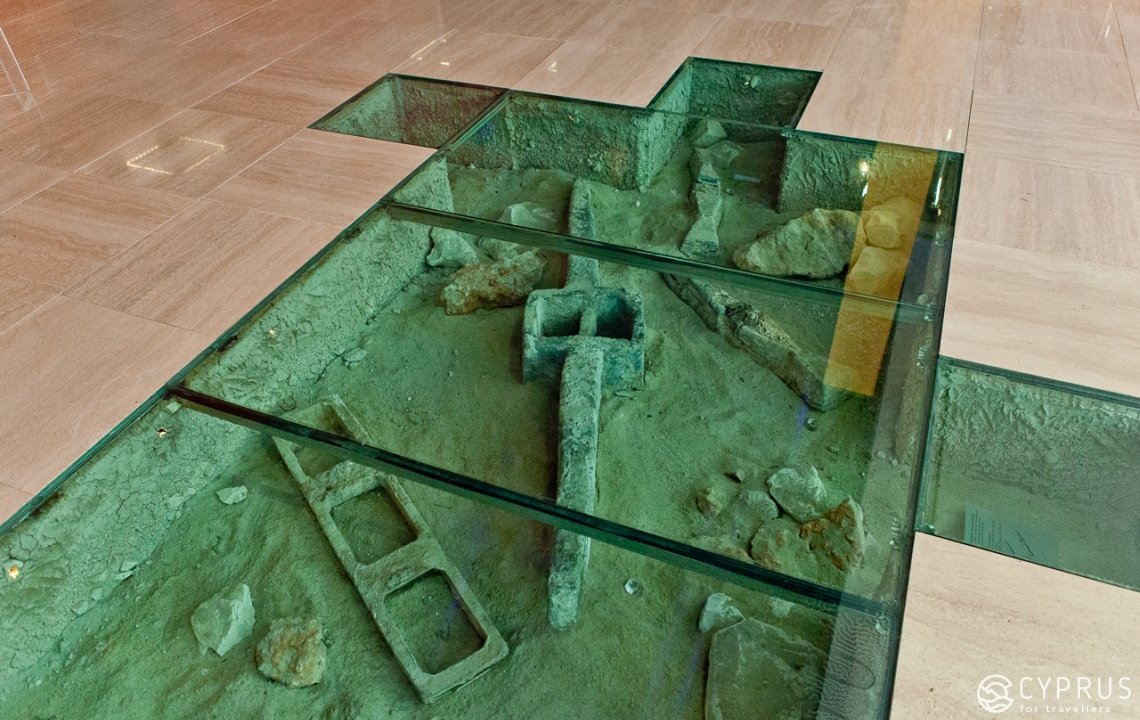
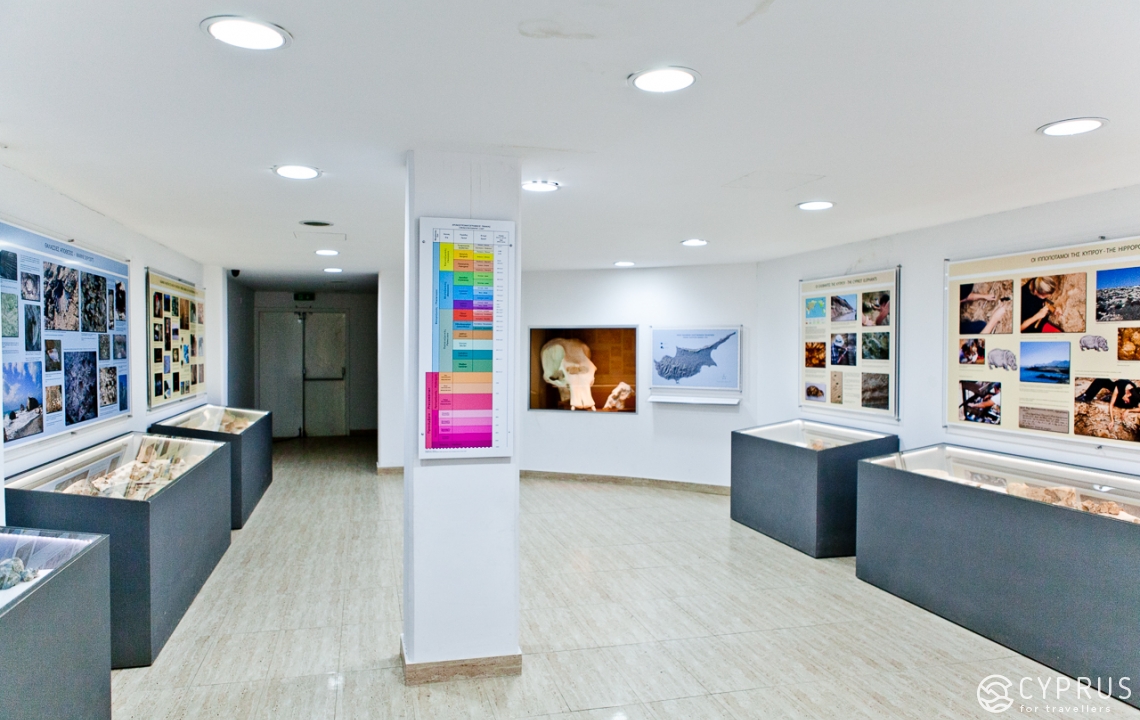
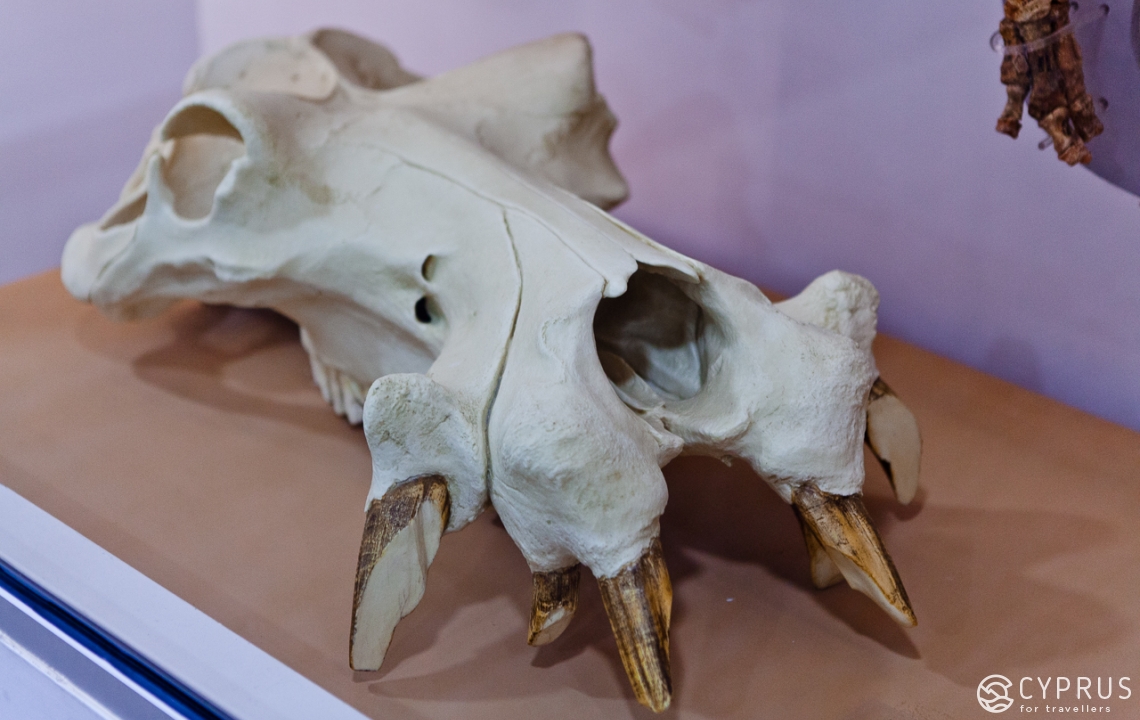
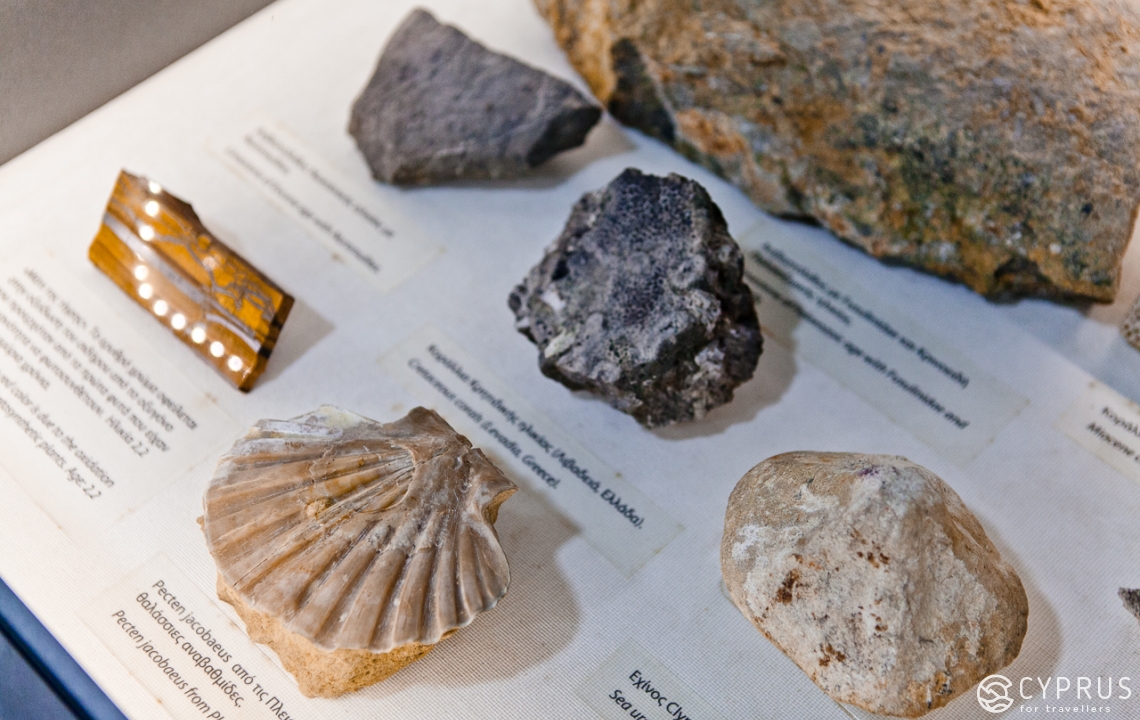
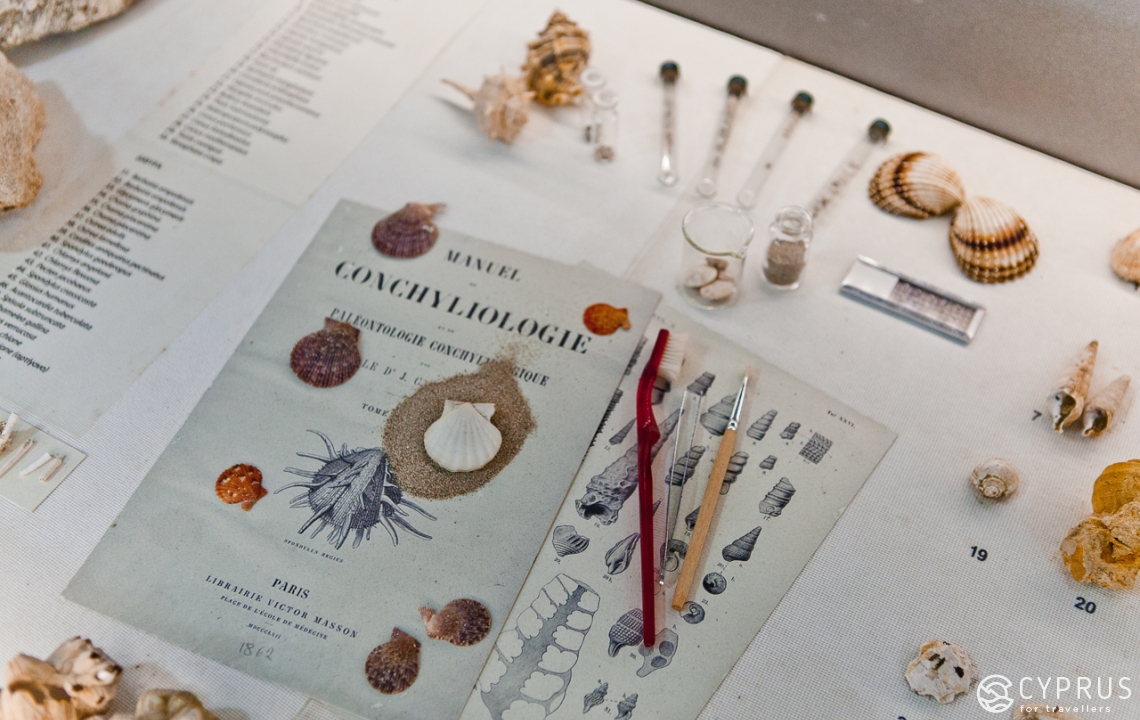
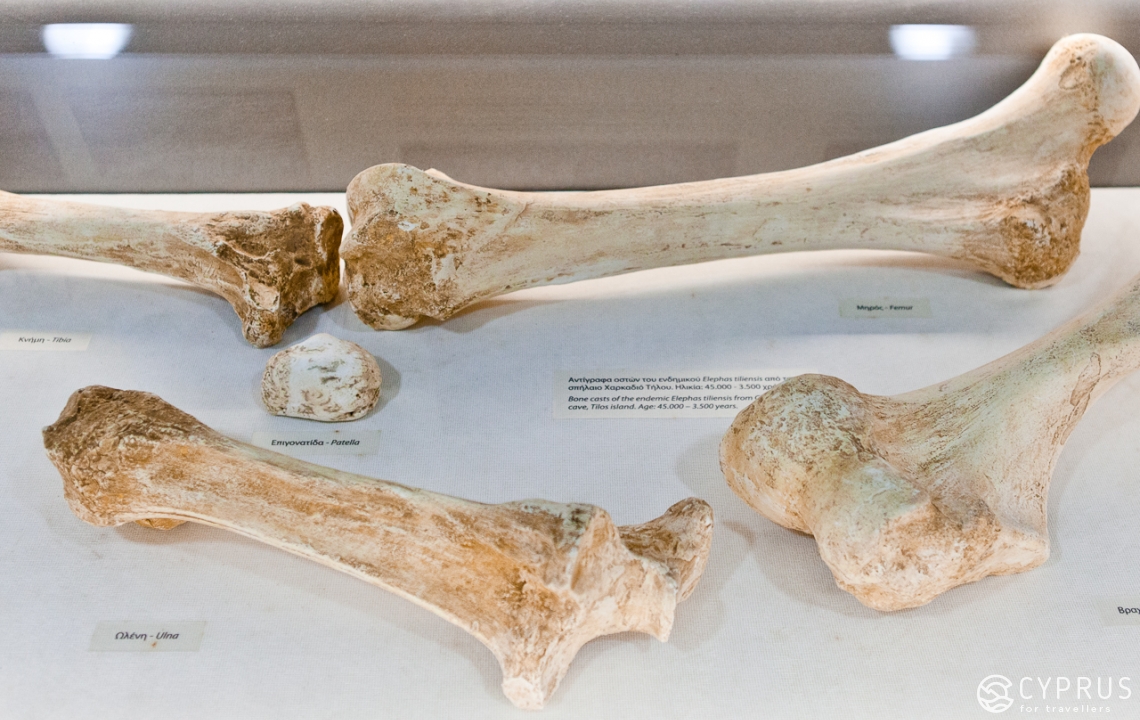
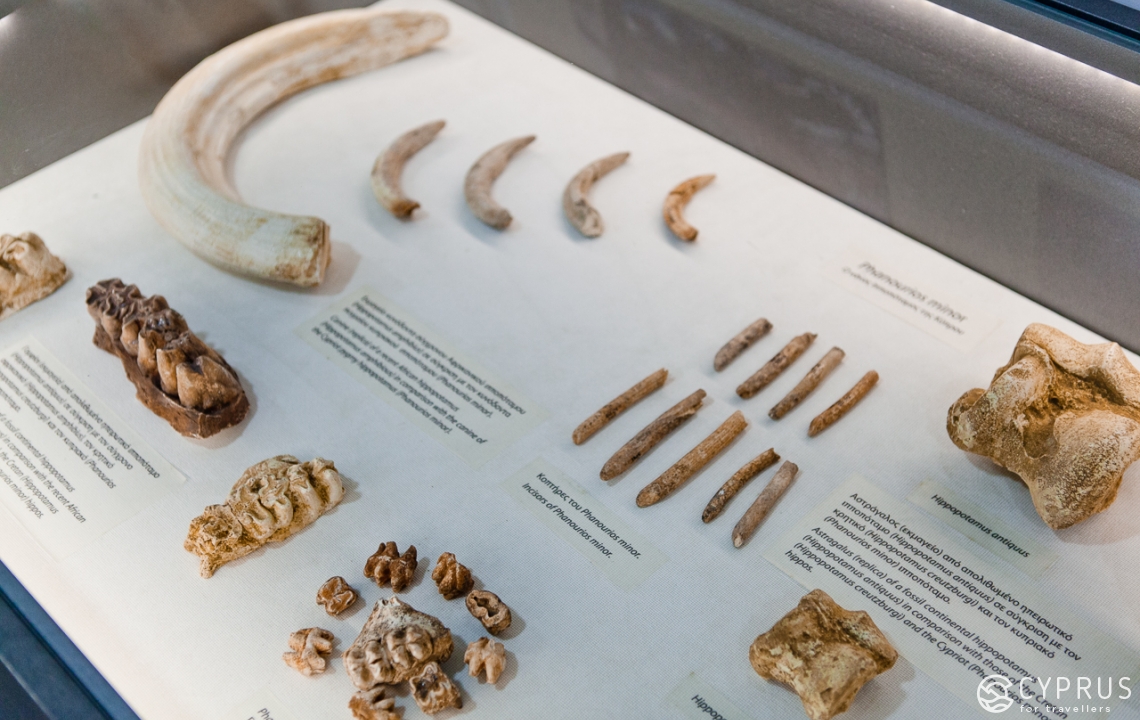
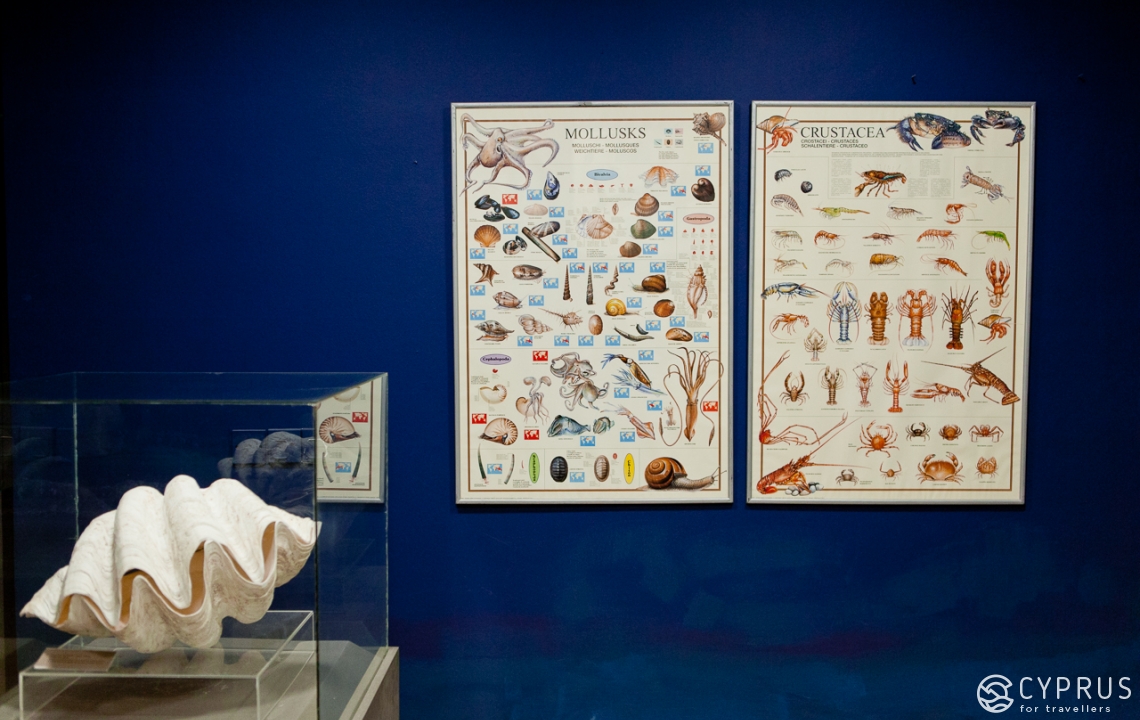
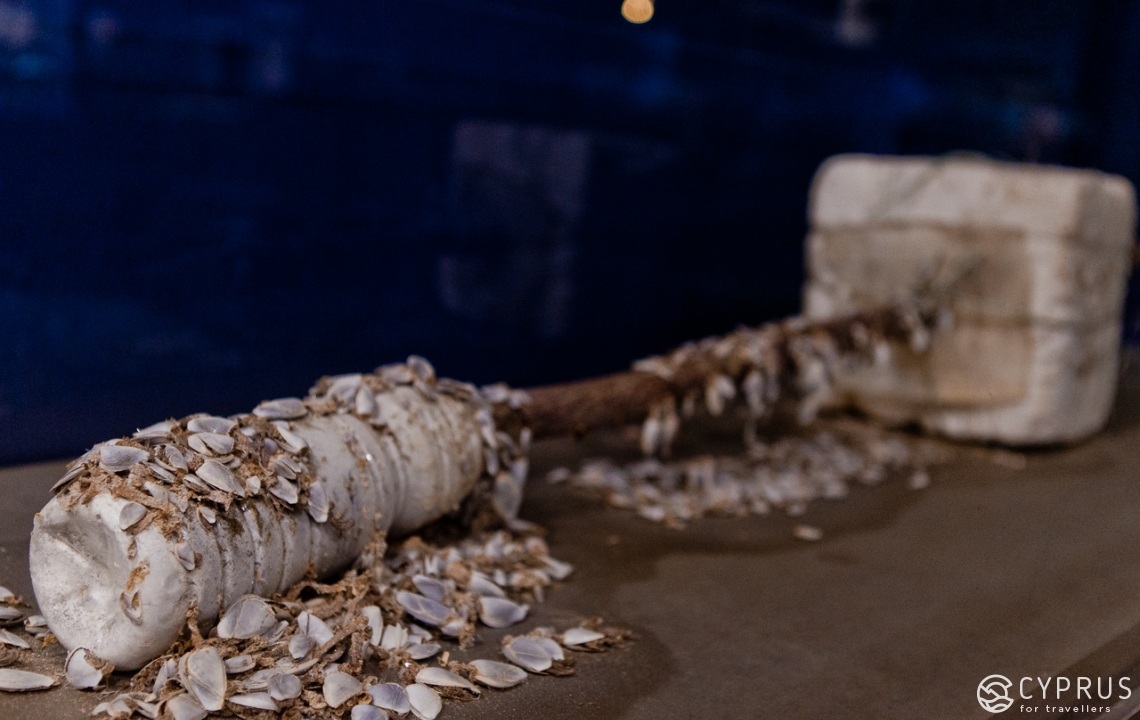
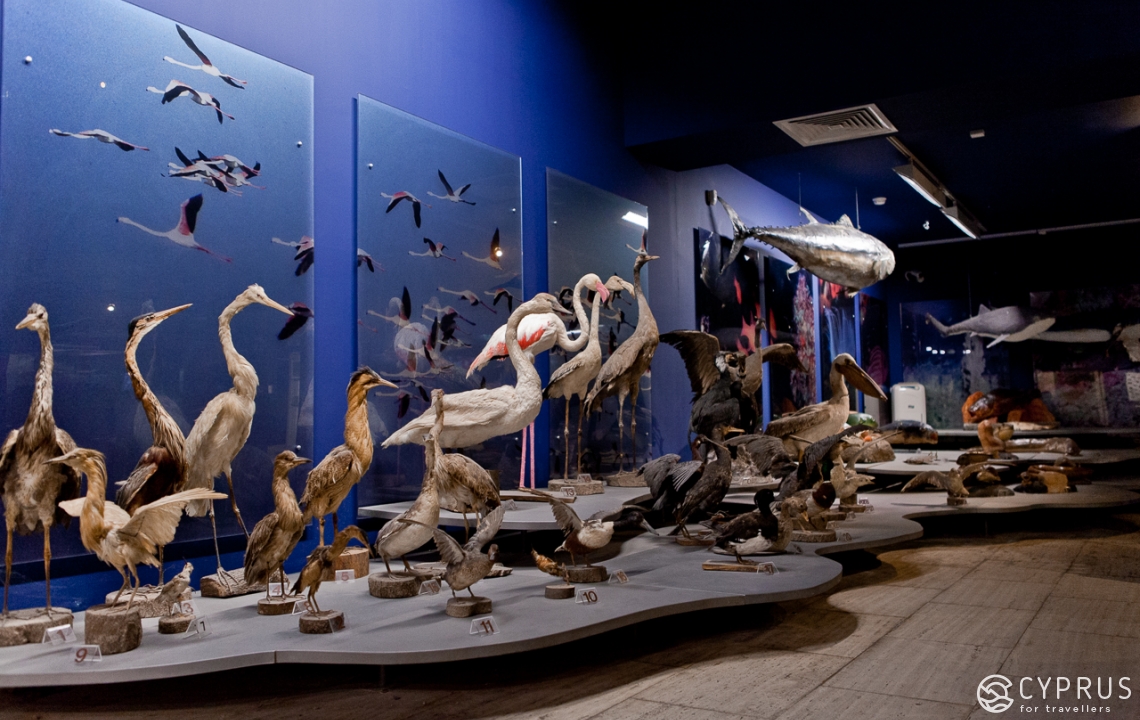
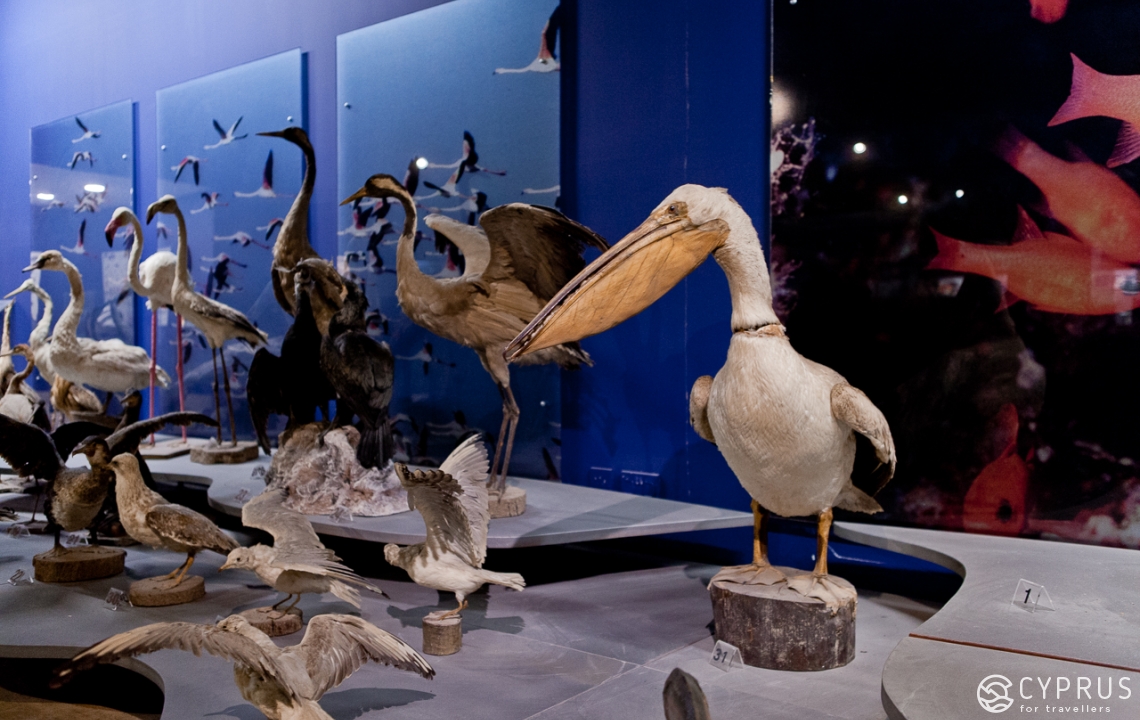
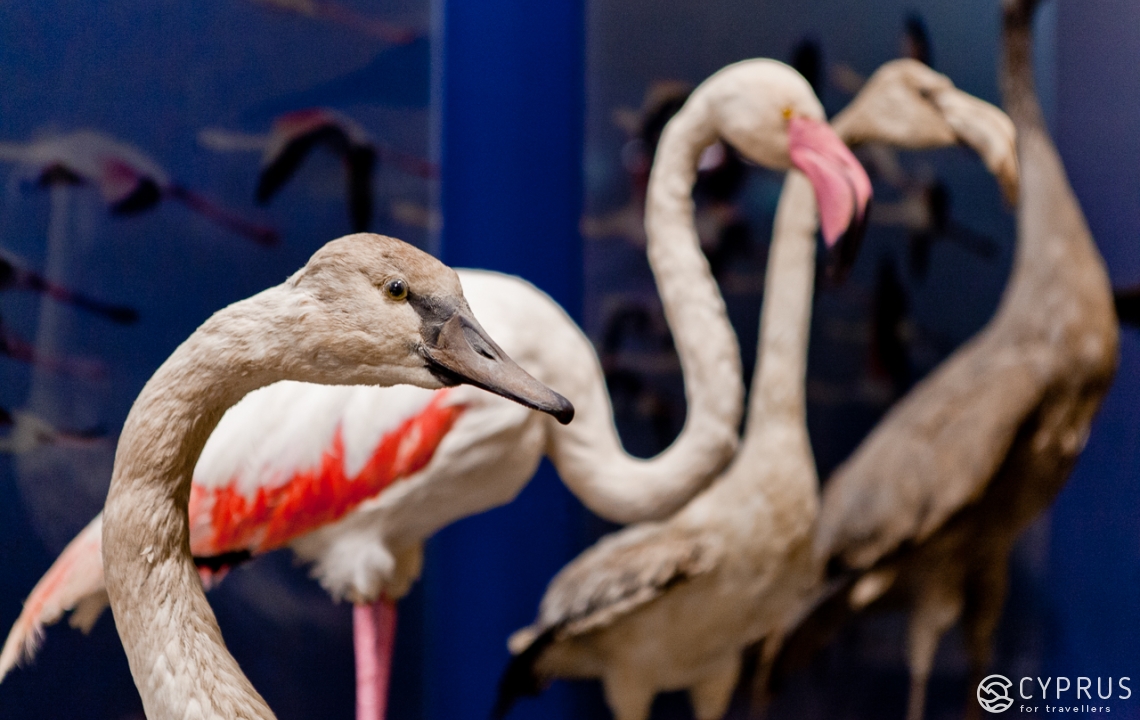
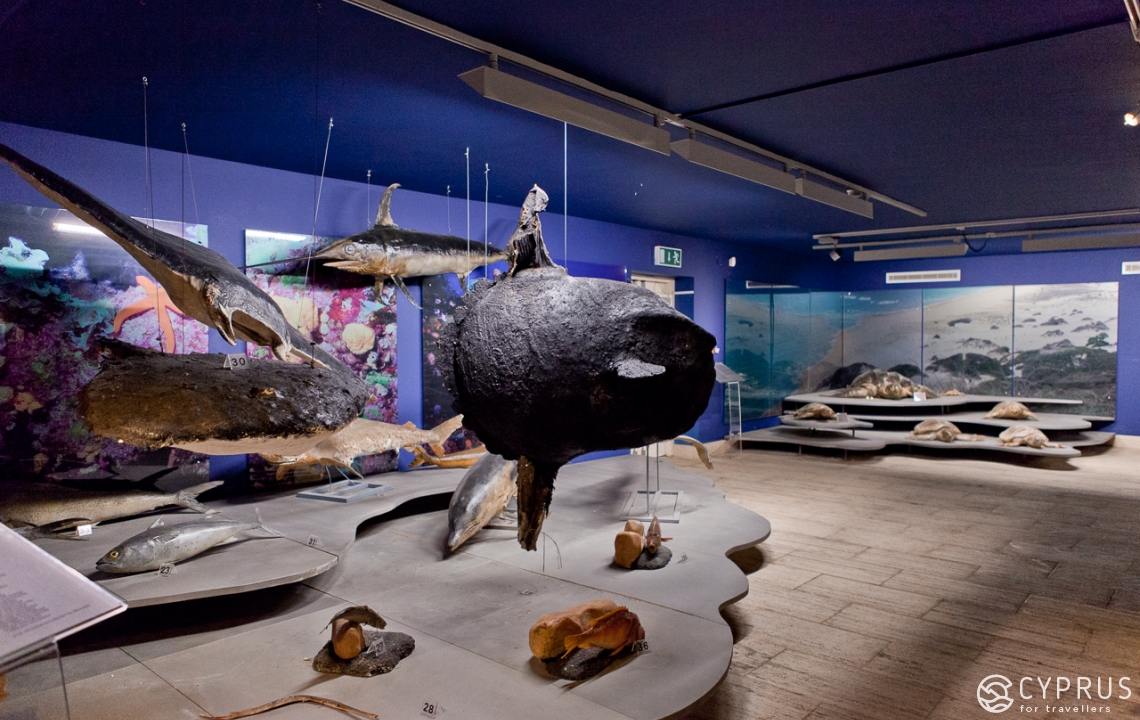
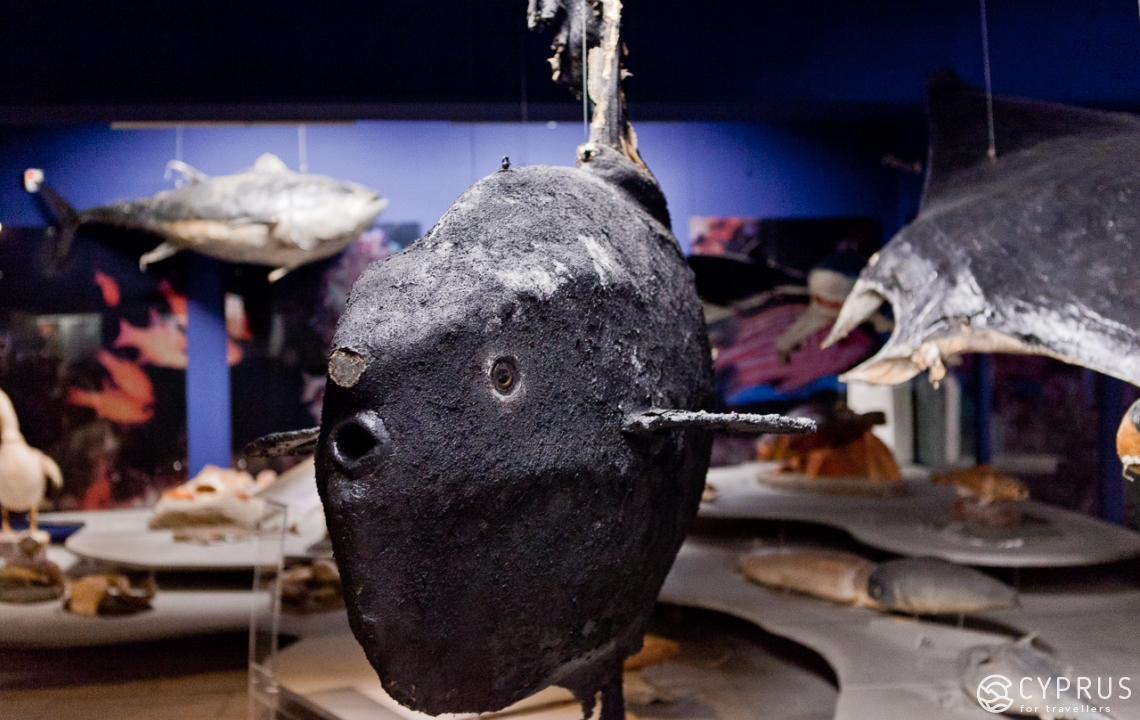
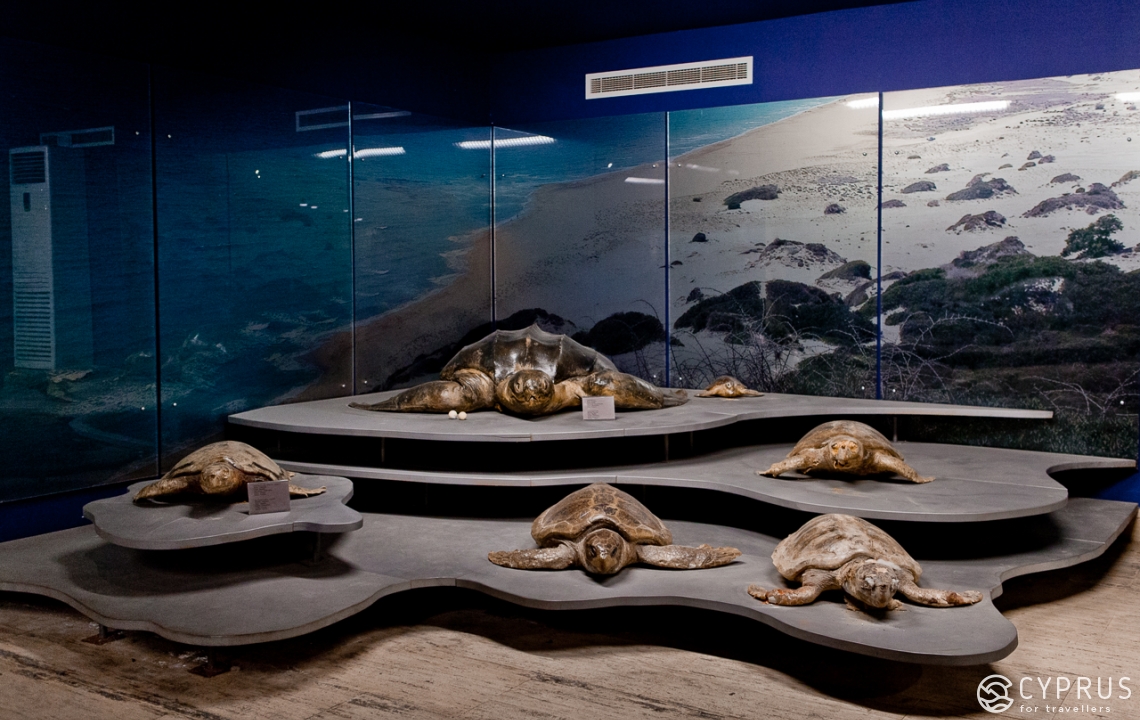
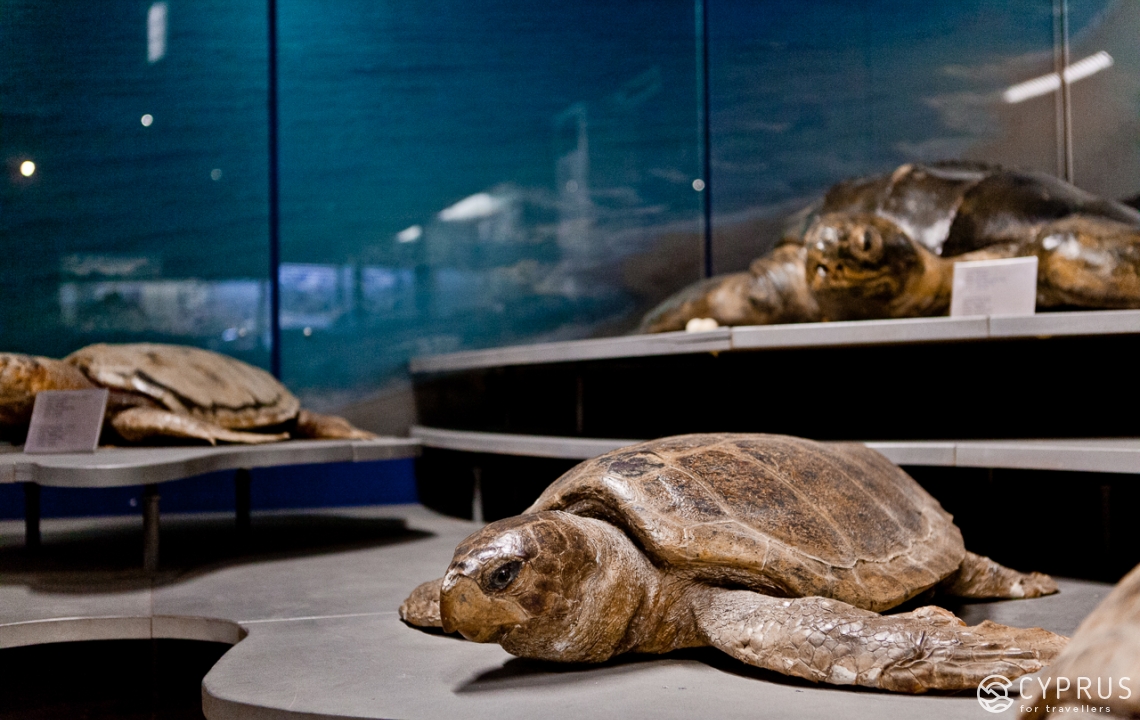
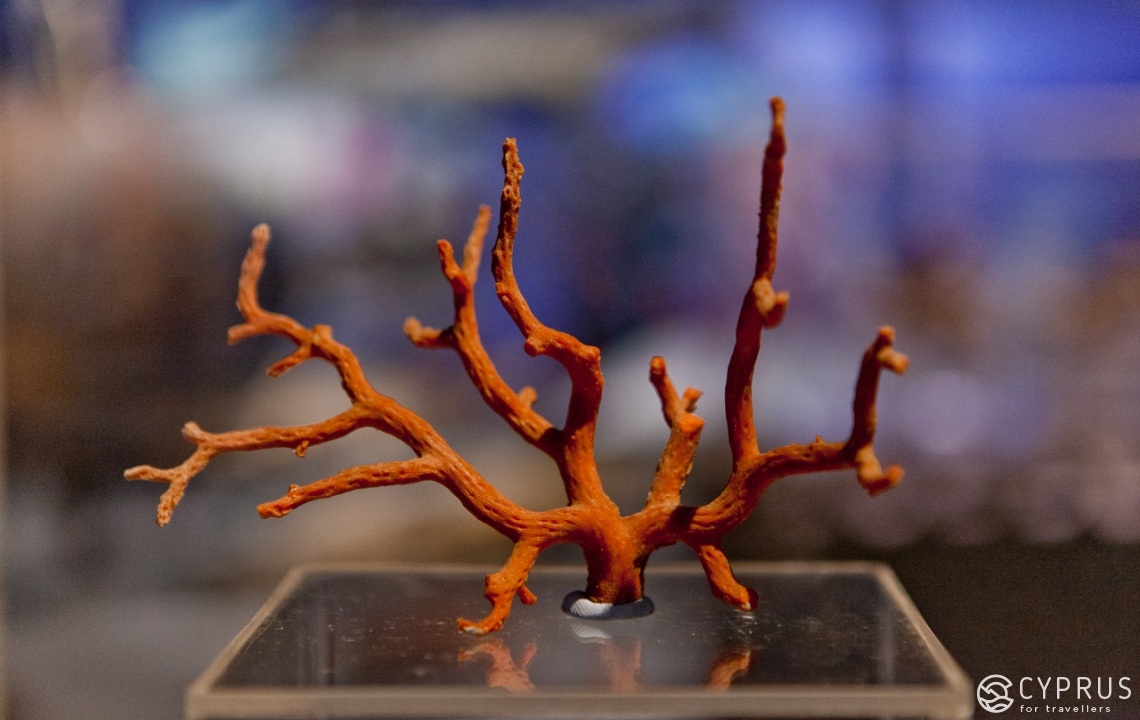
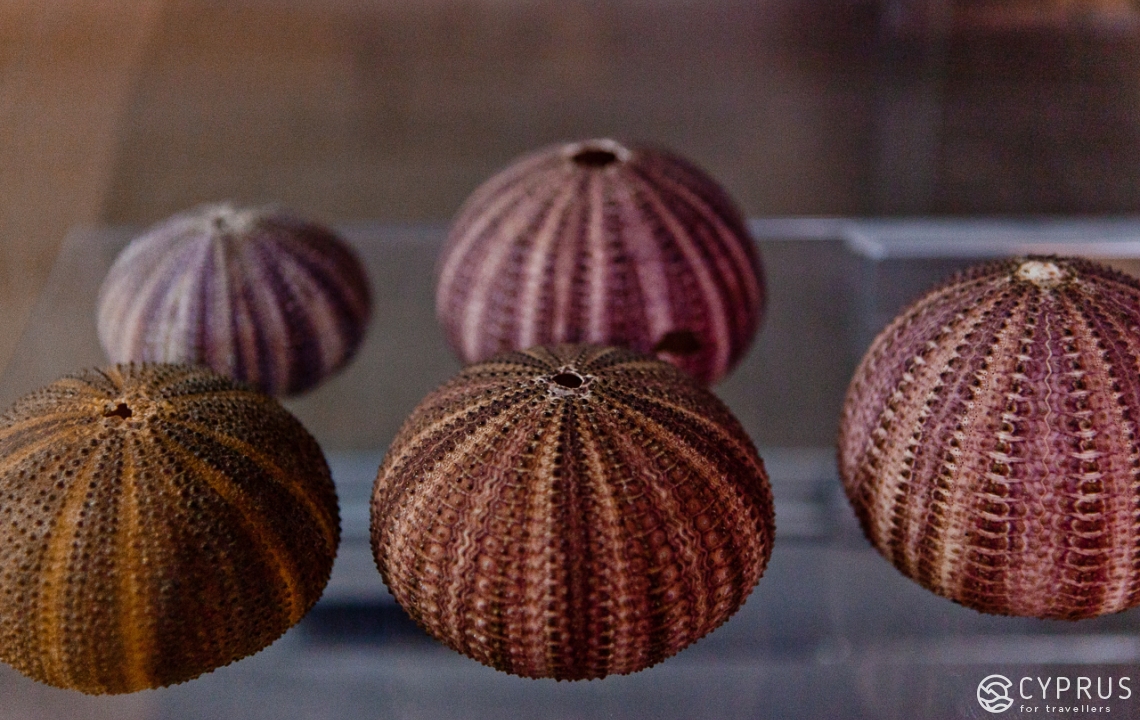
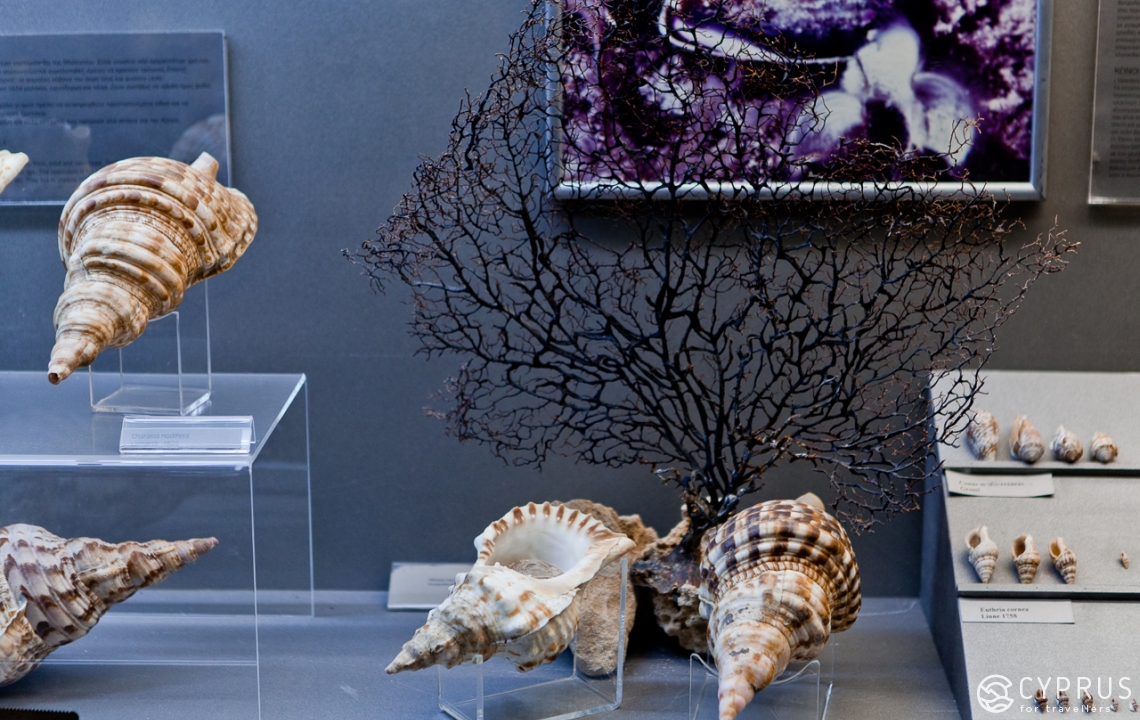
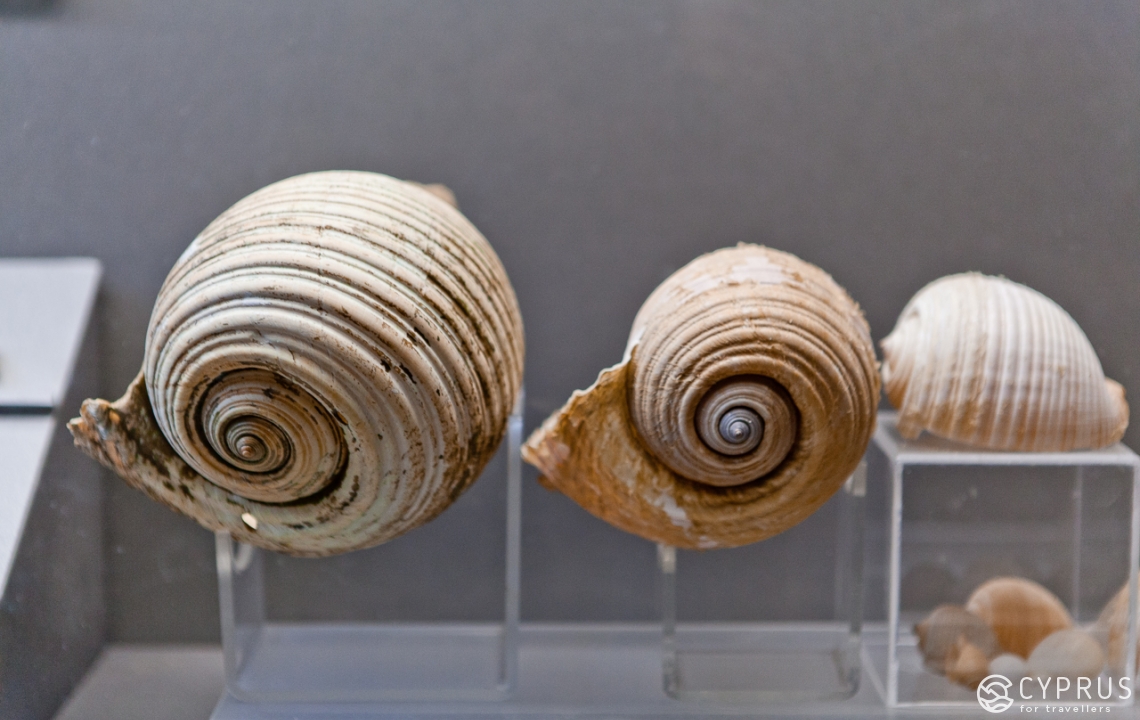
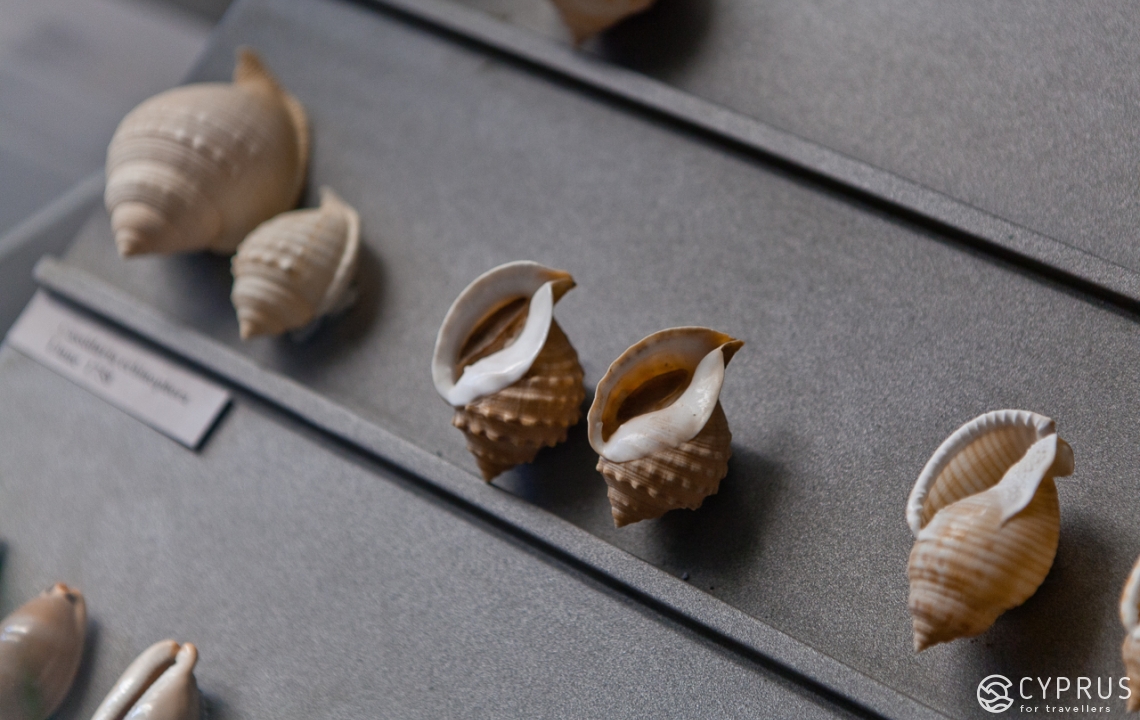
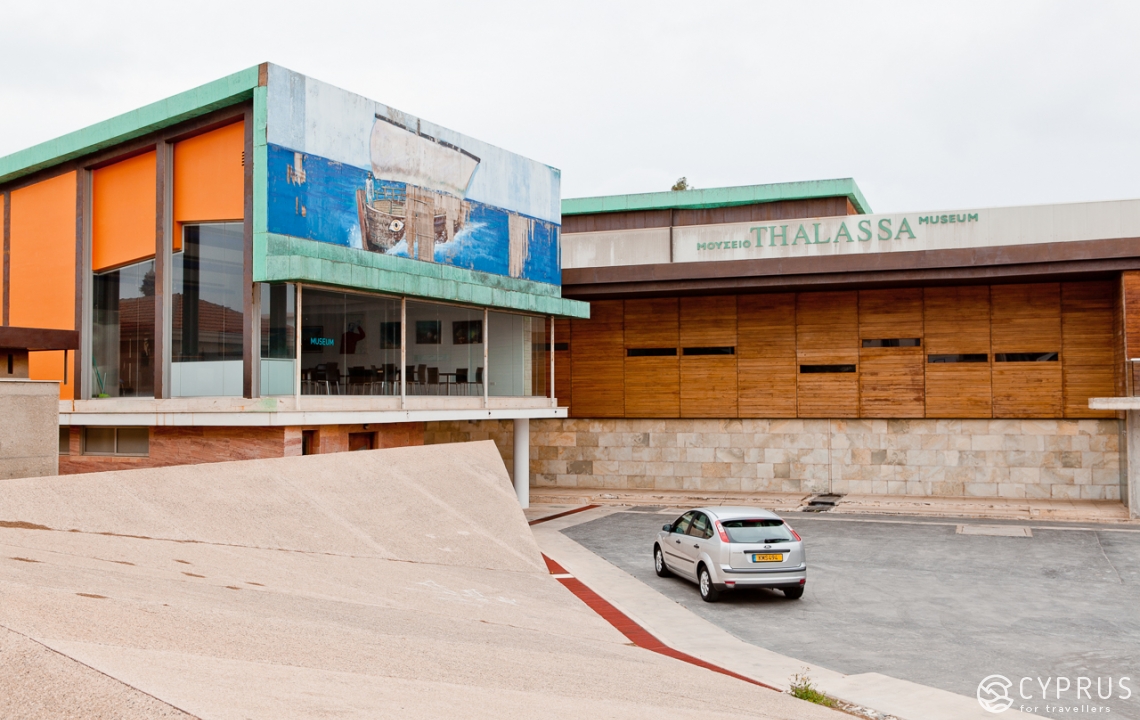
There is an aqueduct walking distance from the museum. It is a complex example of engineering that was designed in the Middle Ages and replaced an aqueduct constructed in antiquity (the Roman period). For many centuries this aqueduct provided Ayia Napa, the monastery and the nearby settlements with water.
The source must have been located over the hills between Ayia Napa and Protaras. This way the aqueduct used the landscape’s natural contours and the force of gravity to carry the water to the city.
The central part of Ayia Napa offers a selection of many different cafes, restaurants and taverns (e.g. Dion, Los Bandidos, Taverna Napa, Liquid Cafe & Bar, Pizza Hut, etc). So do make a stop here if you are hungry.
As you head out of the city going towards Cape Greco, stop by the Sculpture Park for an hour (located on 20 square kilometers of land). It sits atop a hill and contains works by contemporary artists. Learn more about it here.
Across from the Park is the Love Bridge (also known as the Sinners’ Bridge). This is a rocky arch bridge of natural origin that protrudes into the sea. It is a go-to destination for newlyweds and couples.
Cape Greco is on the list of most tour operators and we know that it’s for good reason.
Protaras
Is it time for a break?
Fig Tree Beach is not only a popular destination for a family vacation, but also a good place for lovers of history, antiquity and myths.
When the weather is not at its best and you don’t feel like going for a swim, you can always take a stroll down the promenade along Sunrise, Pernera and Louma beaches. Complete your walk with a nice cup of coffee or an iced beverage at one of the local cafes (e.g. Yianna Marie, Anemos). Make sure to get some rest, because we will be heading towards a hiking adventure (40-50 minutes in length), which covers three important sightseeing attractions.
Nature trail: Agios Ioannis Chapel – Agioi Saranta Chapel – Church of Profitis Elias.
And after spending time outside wandering among hills covered in juniper and thyme, there is no better way to unwind then inside the cool and dimly-lit environment of an aquarium (founded in 1999). It is open to public from April to October. The aquarium also has a park with exotic birds and an enclosure with penguins.
Deryneia
This is another big village in this region, which is located in close proximity to Famagusta (Varosha). Some villagers have turned into businessmen by offering tourists a chance to see the abandoned resort from their windows.
Deryneia often hosts different festivals (honey, strawberry, crafts, etc.) and other cultural and entertainment events.
These are things worth seeing in Deryneia:
Three churches: Agios Georgios (the smallest dome church built in the 17th century); Ayia Marina (15th century) and the church of the Virgin Mary (Panagias Deryneias, circa 15th-16th centuries) — all located at the intersection of Archiepiskopou Makariou and Ayia Marina streets (in the center of Deryneia). You will see two museums next to these churches (address: 1-3 Dimitri Liberti street). The first one is the Folk Art Museum for Traditional Crafts, which is also a cultural center that holds frequent educational programs both for tourists and young Cypriots. The other one is the Traditional House, which contains a collection of antique household objects, wooden furniture, china and household textiles.
Learn more about it here: www.deryneia.org.cy
Useful contact information: +357 23811000, deryneia.municipality@cytanet.com.cy.
Sotira
One of the villages that is located close to the antique settlement of Stavron (Stroni, 4th-2nd centuries BC). It is not worth coming here if you are only taking a day to explore this region, but if you are planning to spend a few days in Protaras or in Ayia Napa, then do keep this place in mind.
The main church (Transfiguration of Christ or Anastasios-tou-Sotiros Christou) — the ancient Chapel of St. George (also the church museum) — the village rural museum (also the coffee shop located on 26 Griva Digeni).
Contact information: +357 23743311, +357 99628437
The sun is beginning to set and it is time for us to get towards Paralimni.
Paralimni Lake
This is a large water reservoir located between Sotira and Paralimni. It is worth driving around it. There is no need to step outside your car, since the ground is mostly covered in wild reeds and weeds. Plus, the area is home to grass snakes and different migrating birds.
Paralimni
This is the biggest town in the free part of Famagusta (that which is controlled by the Republic of Cyprus). Thanks to its location (south-eastern side of the island), its residents get to see the sun rise over Europe before anyone else does. There are many reasons why you should visit this town. One of the them is the fact that the center of the town has its own unique appearance and is home to a number of historic buildings from early 20th century. Most of the architecture here consists of two- or three-story urban buildings.
Agios Georgios Church St. Georgios is considered to be the patron of Paralimni. The interior decor with the large image of God on the ceiling of the dome and the ornate iconostasis are sure to impress you.
The surrounding square houses the Constantine and the Ammochostos Archdiocese, a church shop as well as the Gothic Church of Agios Georgios (1859-1891).
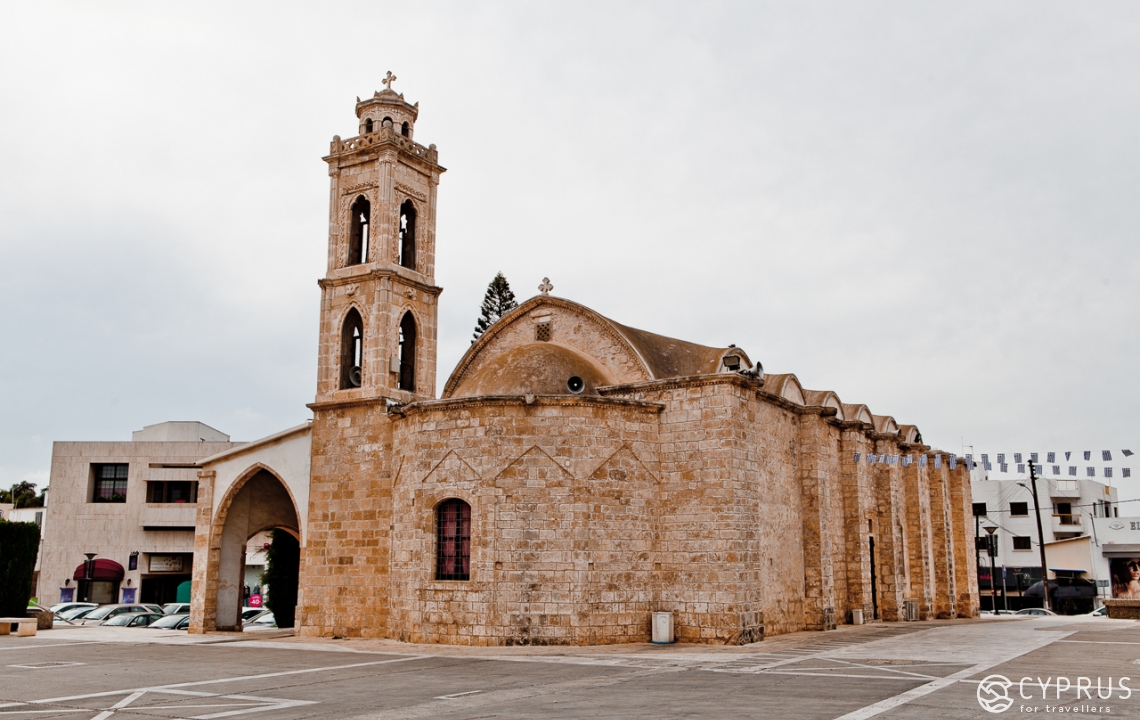
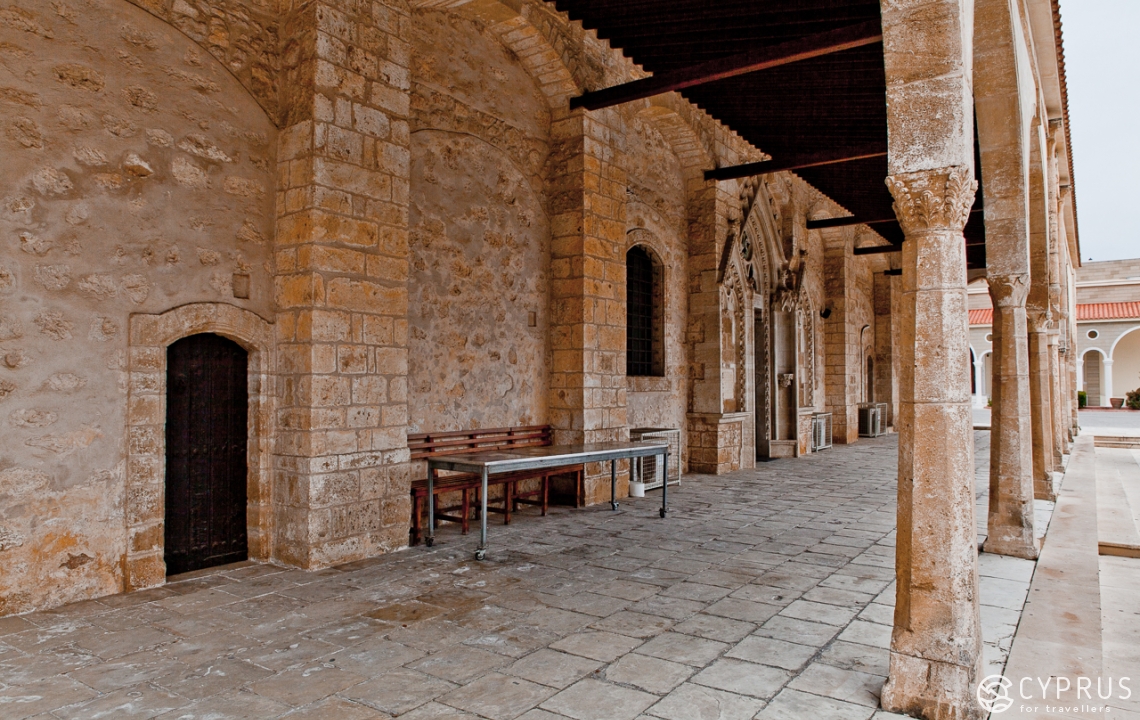
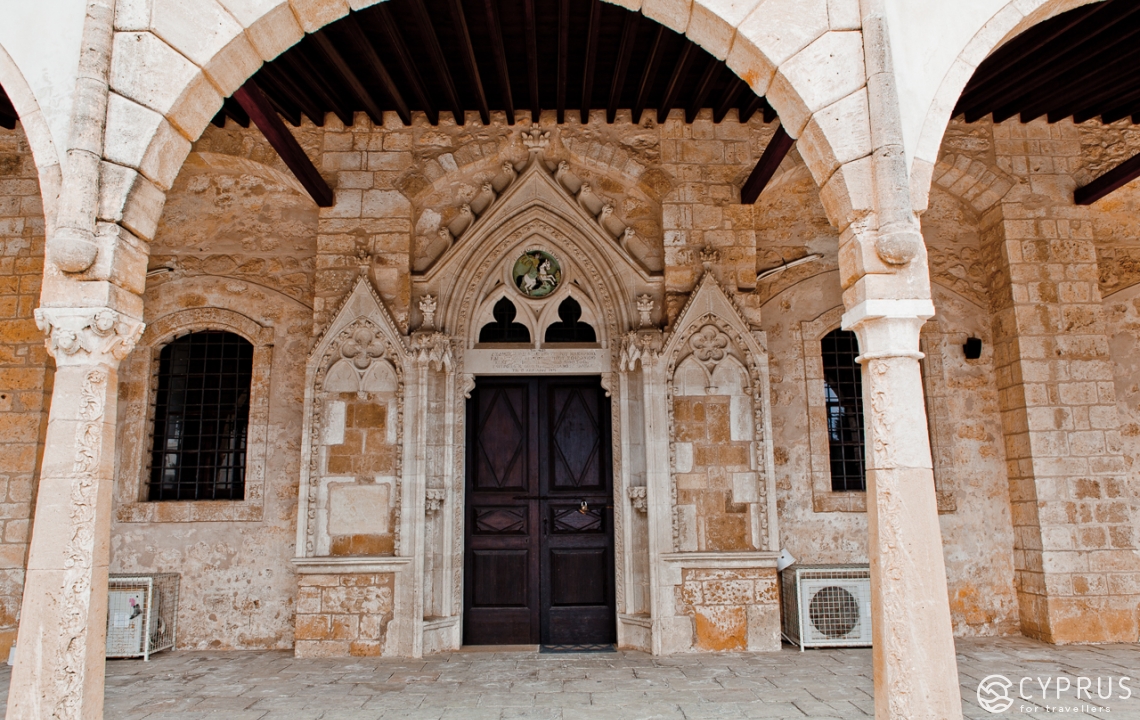
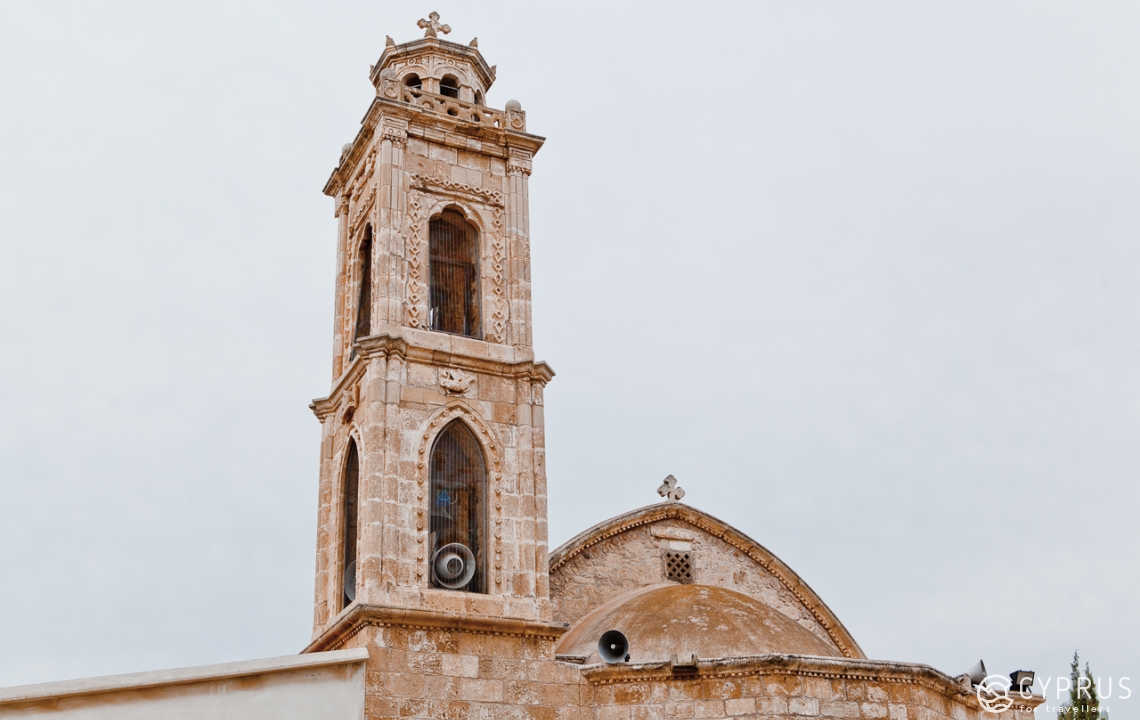
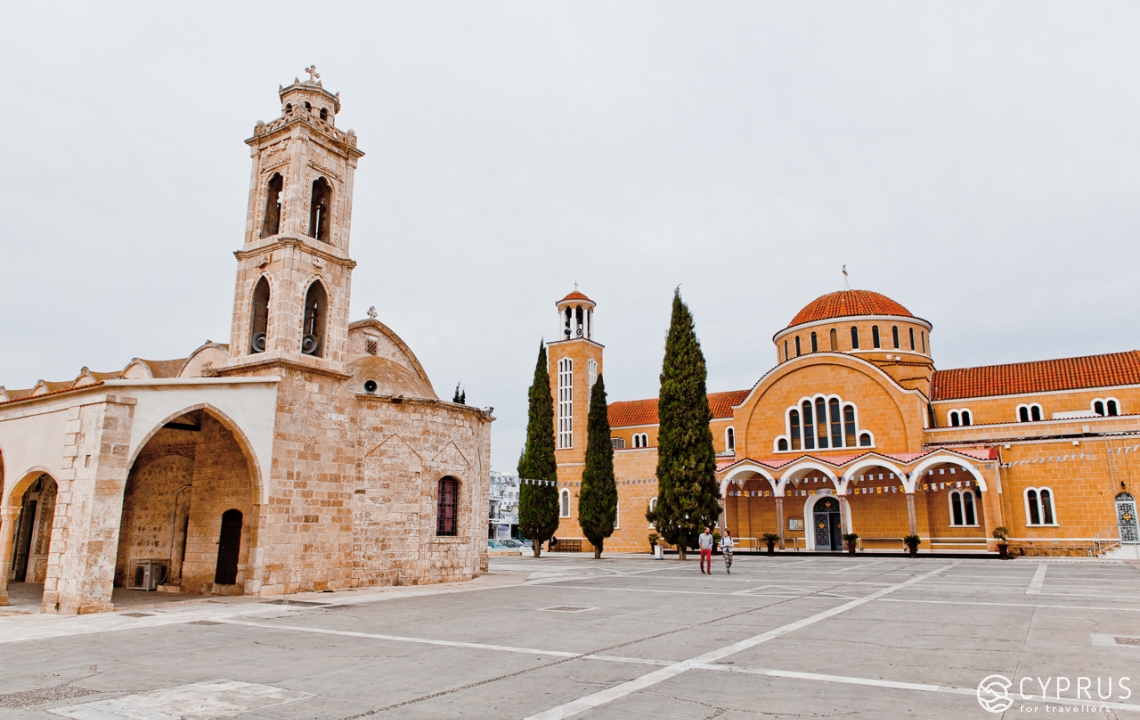
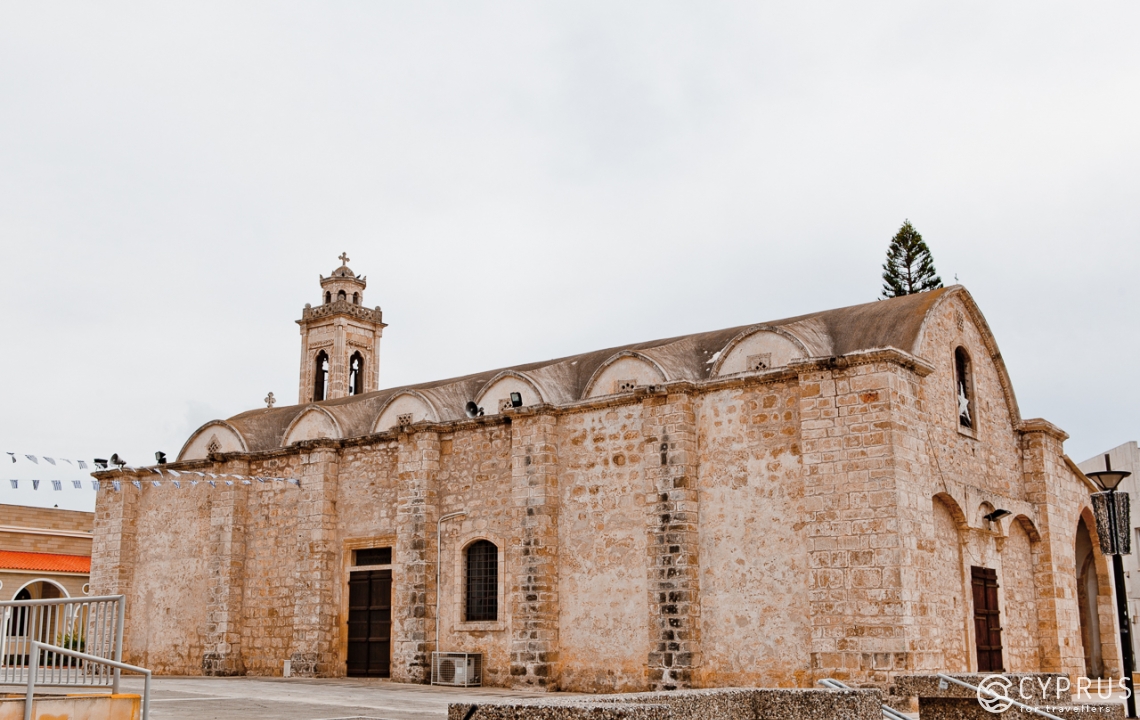
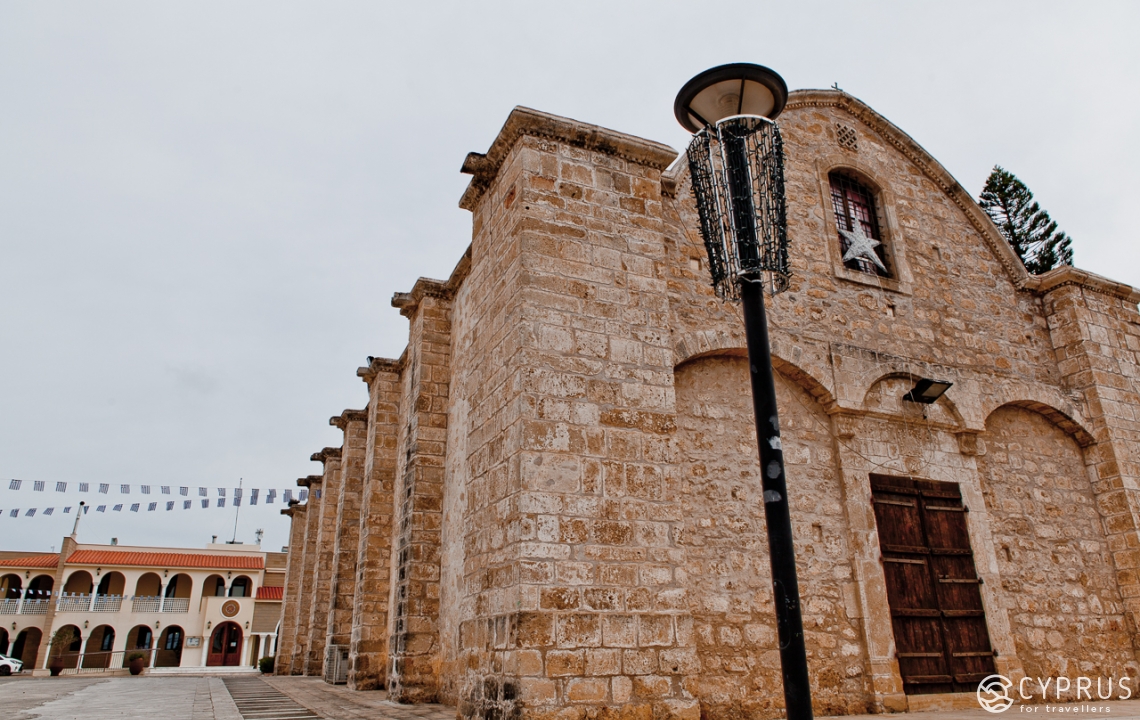
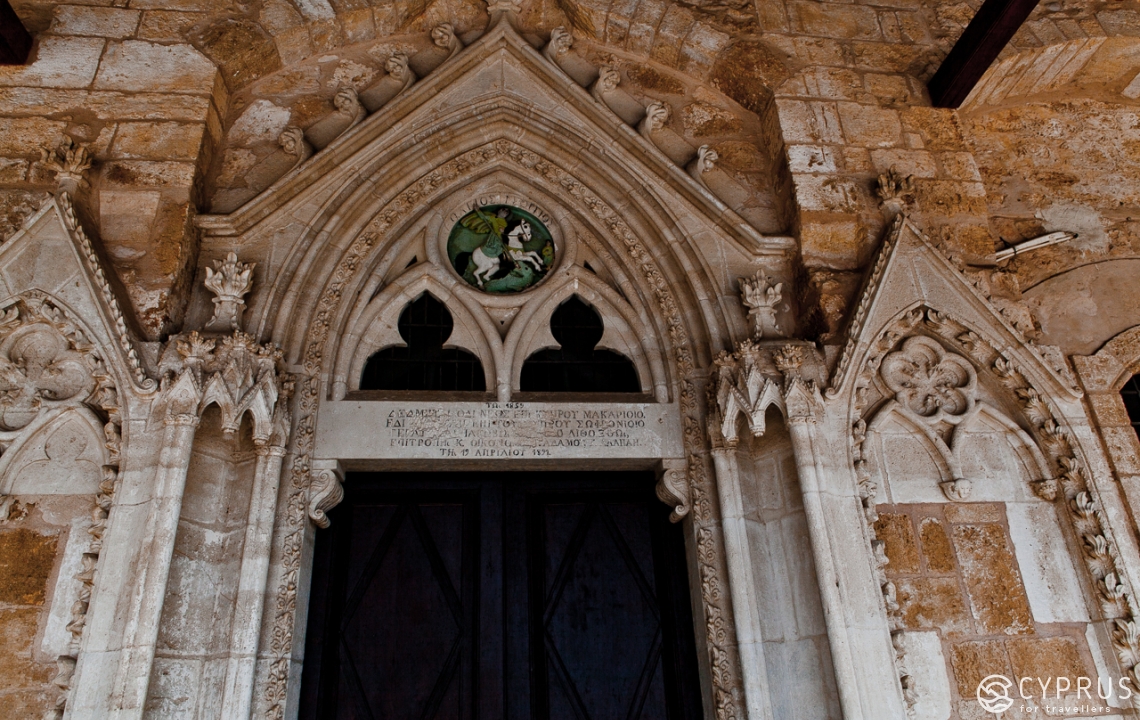
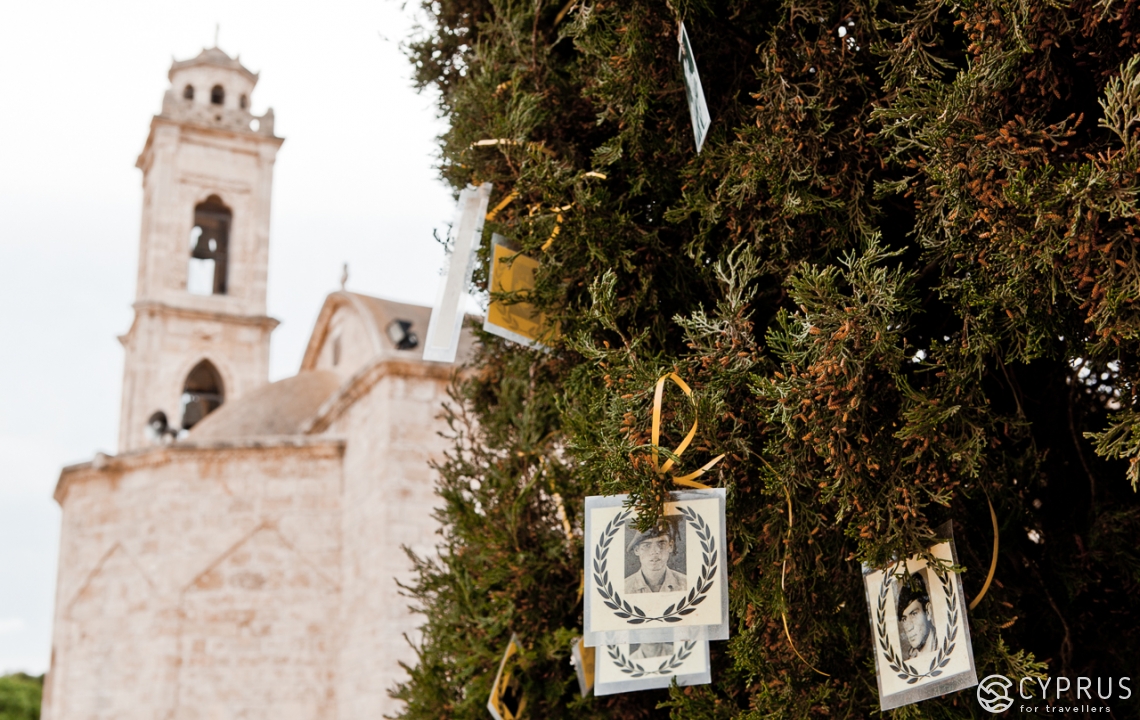
Agia Anna Church is the oldest church in the area. There is a museum shop that showcases antique icons that date back to the 16-19th centuries as well as a fascinating collection of 18th century ceramics.
As you exit the church you will be immediately immersed in the sound of honking cars, the din of the streets and the buzzing cafes and shops. Take a look at the Monument to a Hero — a dedication to Tasos Markou, a well-known underground rebel who fought to free Greek Cypriots from the British rule (1955-1959).
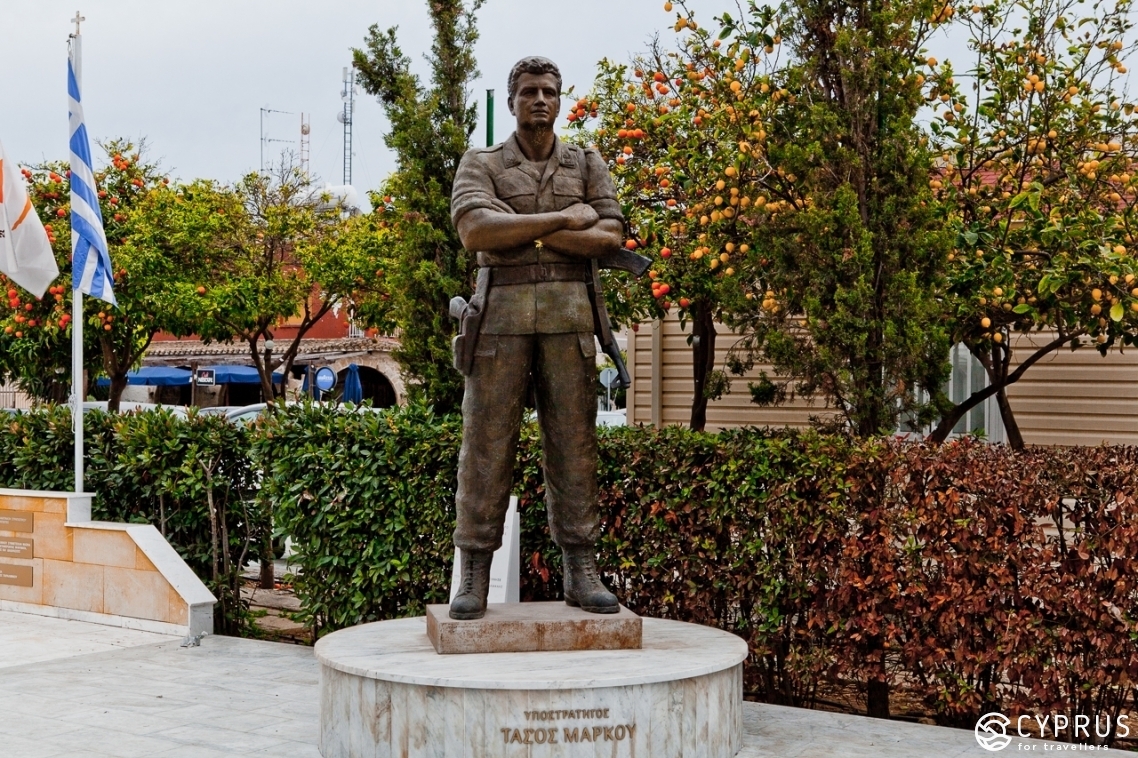
We decided to make Paralimni our final stop for the day and headed to one of the local restaurants to have dinner. After that we watched a performance by a group of local folk musicians and took a walk around the central square.
If you want to learn more about the events happening in Paralimni, visit this website: www.paralimni.org.cy (unfortunately, it is only available in Greek at the moment). However, every summer local authorities prepare a list of events that are tourist-friendly (e.g. they are offered in Greek, English and even Russian).
Route 3: The salt of the Earth
Our folk tour is mostly centered around visiting Cypriot villages, which still live by centuries old rules and traditions.
Ayia Napa
Let’s begin our journey with Ayia Napa. Our first stop will be the Medieval Monastery and the central square that surrounds it. These two locations are popular spots for traditional public celebrations and cultural events, even on an international level. Starting recently, the Museum of the Sea has become part of this tradition.
Learn more here: www.ayianapa.org.cy.
Ayia Napa Bay (we talked about it before). After you’ve taken part in one of the local festivals or celebrations (e.g. Christmas, Easter, the Cataclysm, or a Guiness Record event), you can take a walk down the piers and stop by the lighthouse, breathing in fresh sea air and listening to the waves crashing against the fishing boats.
Protaras
We are not going to try and convince you to take part in farming activities, although the area is known for being a source of various delicious produce, such as tomatoes, cucumbers and melons. We have a better idea. Why don’t you instead try horse-riding at the Moonshine Ranch?
Paralimni
Once you get here, we suggest that you immediately head towards the center (you might be lucky and find parking here) and explore some of the local attractions (Route 2). Also have lunch or dinner at one of the local taverns.
One thing to keep in mind: we are also going to make a stop in Liopetri and if you are a fan of freshly-caught fish and seafood, then we suggest that you leave room for a bigger meal, which you can have later.
Are you interested in trying out local crafts? Then take advantage of the numerous artisant workshops available in Paralimni (e.g. Ascott Pottery Studio). The Traditional House is another place worth visiting. But keep in mind that it is closed on the weekends, so plan accordingly.
Sotira
A couple of things worth doing here is visiting the local Historical Museum of Sotira and , if you are lucky, take part in the the Kolokasii festival (which is a festival dedicated to the celebration of taro — a root vegetable). The Pancyprian Kolokasi Festival takes place in September.
To learn more about the village, see Route 2 and this.
More useful information can be found here: www.sotira.org.cy, culture@sotira.org.cy, +357 23821416.
Liopetri
Up until 1974 this used to be a mixed community of famous Cypriot willow-weavers. The craft has since almost completely disappeared (despite the fact that willow-weaving has made a comeback around the world and become a popular hobby). The local youth is now interested in different things, while the older generation simply lacks free time. Only three willow-weavers, who produce custom-made baskets, still remain in this village. You can watch them work and even order a custom-made item.
Liopetri is home to two important monuments: Agios Andronikos (15th century), which is an old church that has «survived» a number of different confessions (from Orthodox Christianity to Catholicism to Islam and then back to Orthodox Christianity).
The Holy Church of Panagia Eleousa — is a medieval stone building with recently annexed facilities.
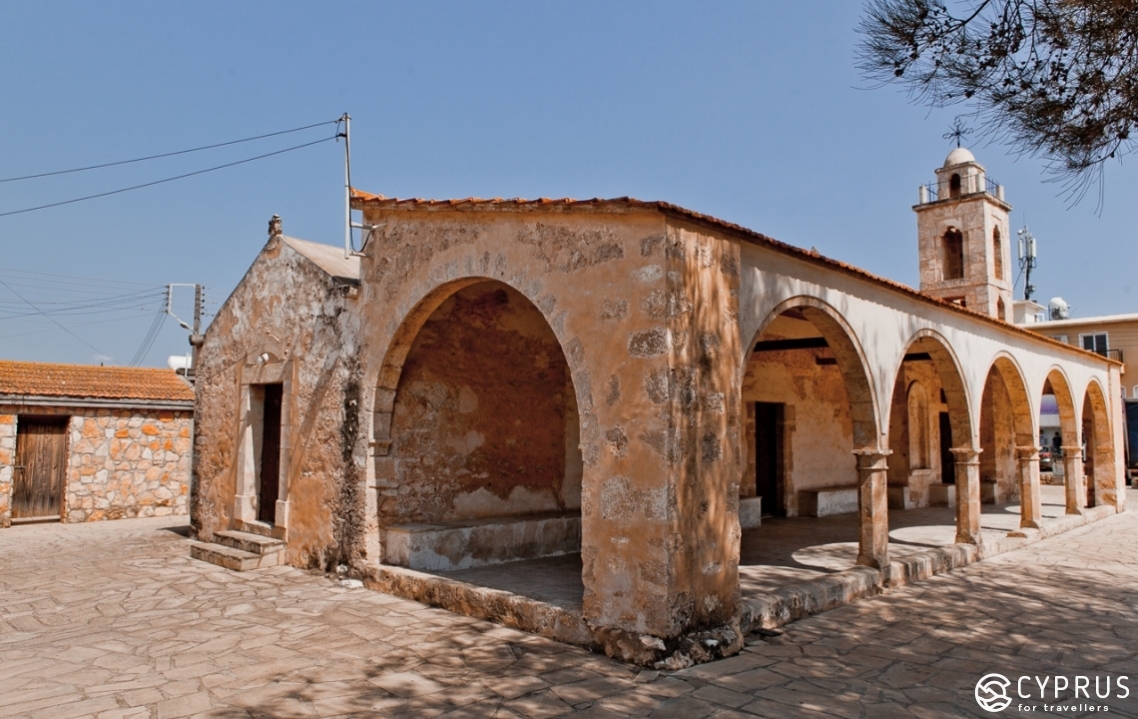
This is obviously far from everything you can see. If you have a chance to get out of the village, then head to Potamos Liopetri — a narrow fishing bay (the village is also home to many fishermen). It is a very scenic place that is home to a number of excellent dining spots, such as Potamos Fish Taverna.
Arthur Rimbaud — a famous French poet — once visited this area. And while you are at it, do visit another unique local attraction: Agios Georgios Chapel was built out of stone. Interestingly enough, although this monument is quite ancient, we still don’t know the exact date when it was built. The interior design is quite minimalist: all you see is an icon of St. George and a few chairs to accommodate the visitors. The place is serene and quiet and inspires contemplation.
Avgoru
This is one of the biggest villages in the region and we are going to spend a few hours here.
This could either be your last stop on this route, or it could also be your first one — in case you have children.
Children are sure to enjoy their time outside, especially when it is organized by professionals. Cyherbia is a botanical garden that invites adults to relax in the shade of its trees, while children explore some of the park’s adventures. Finding Cyherbia is quite easy — there are signs all over the village pointing in its direction. Keep in mind that the park is open everyday all year round.
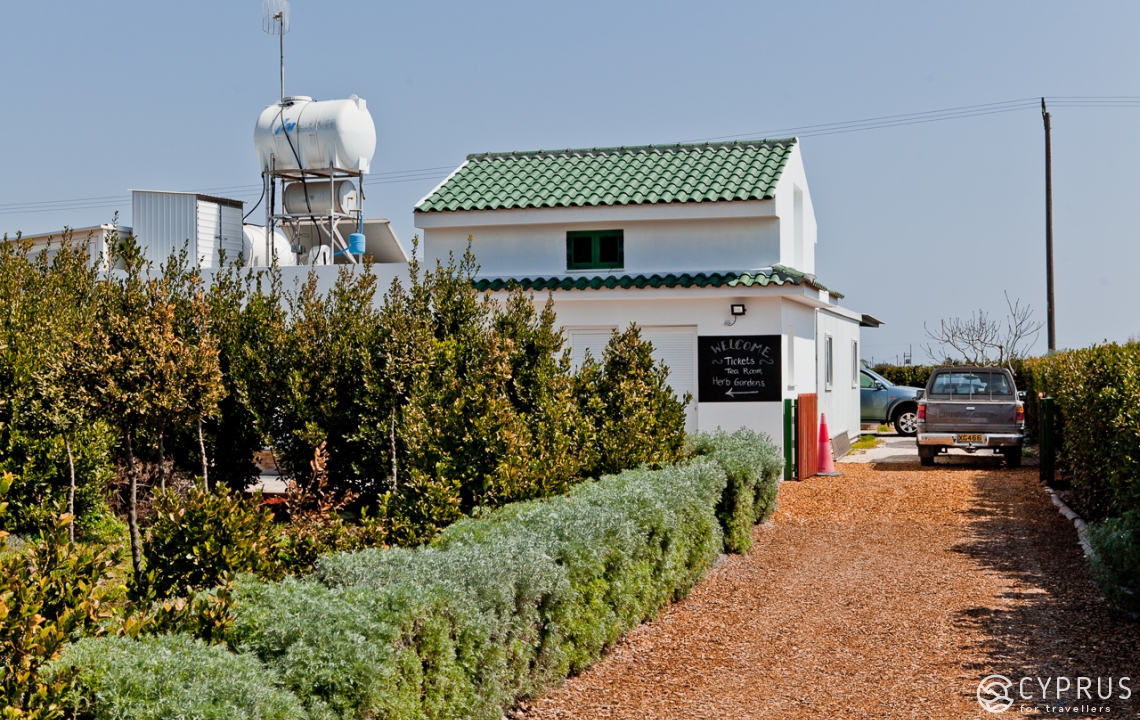
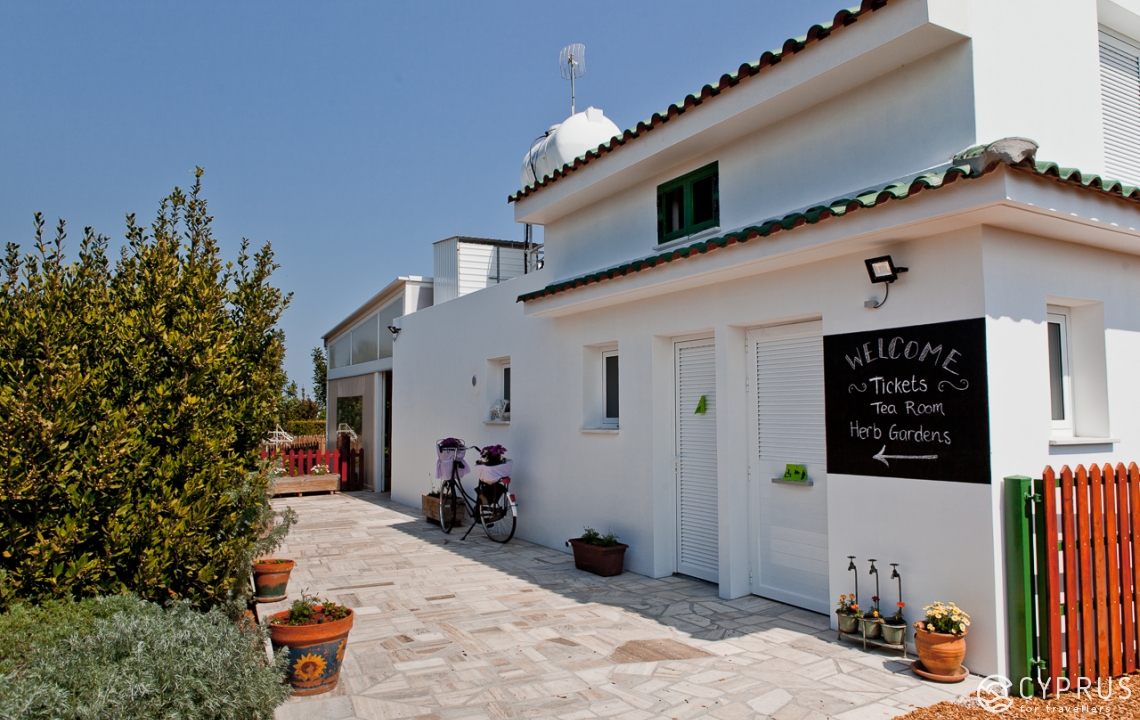
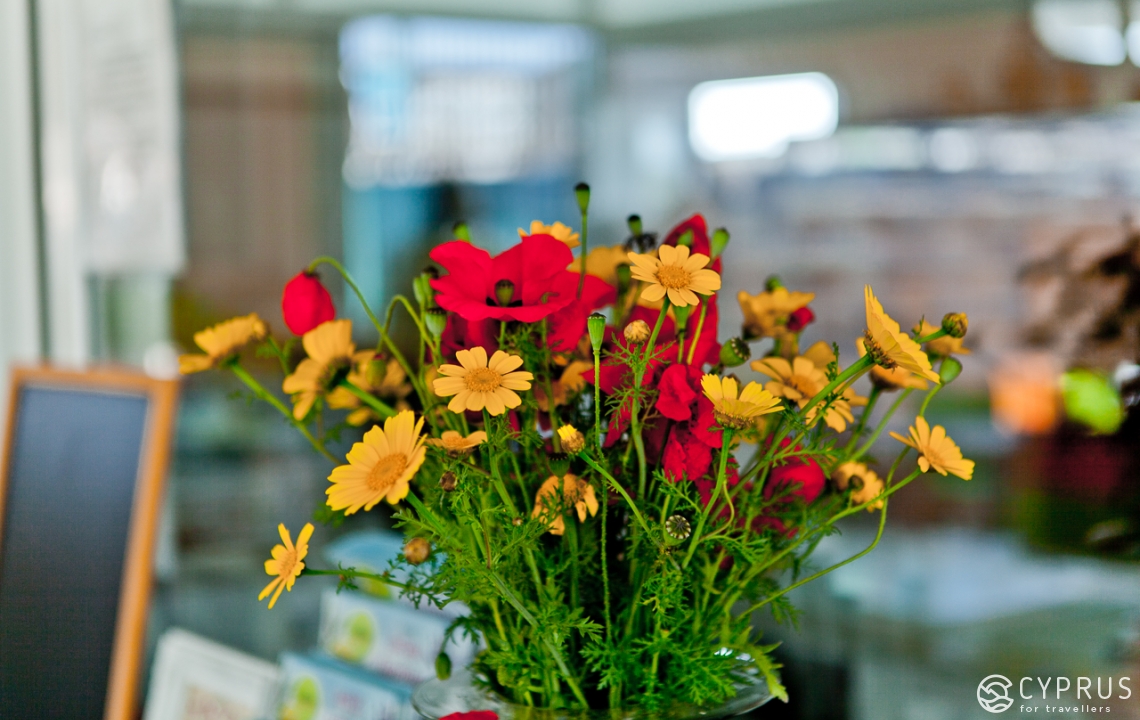
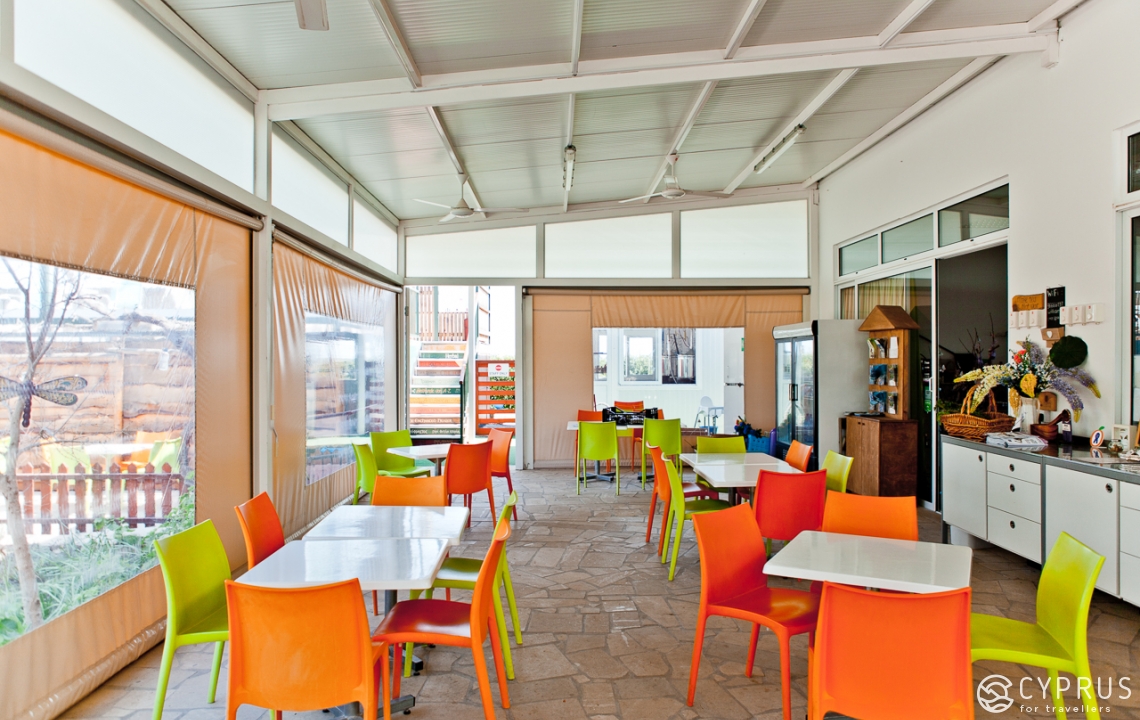
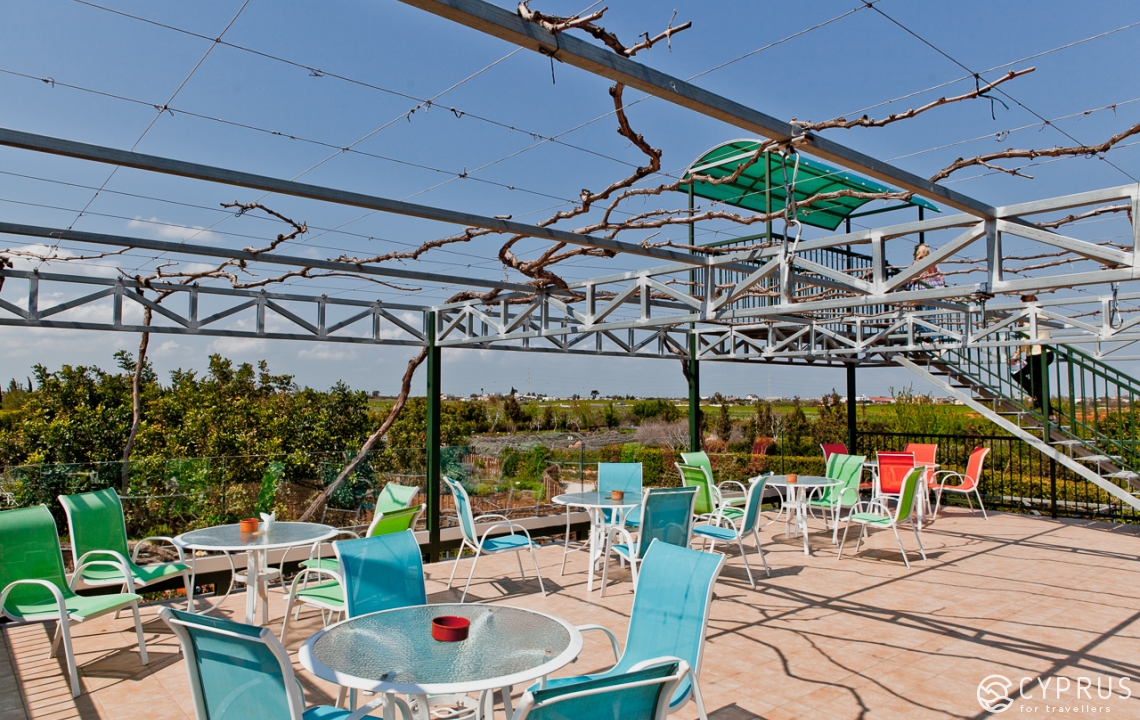
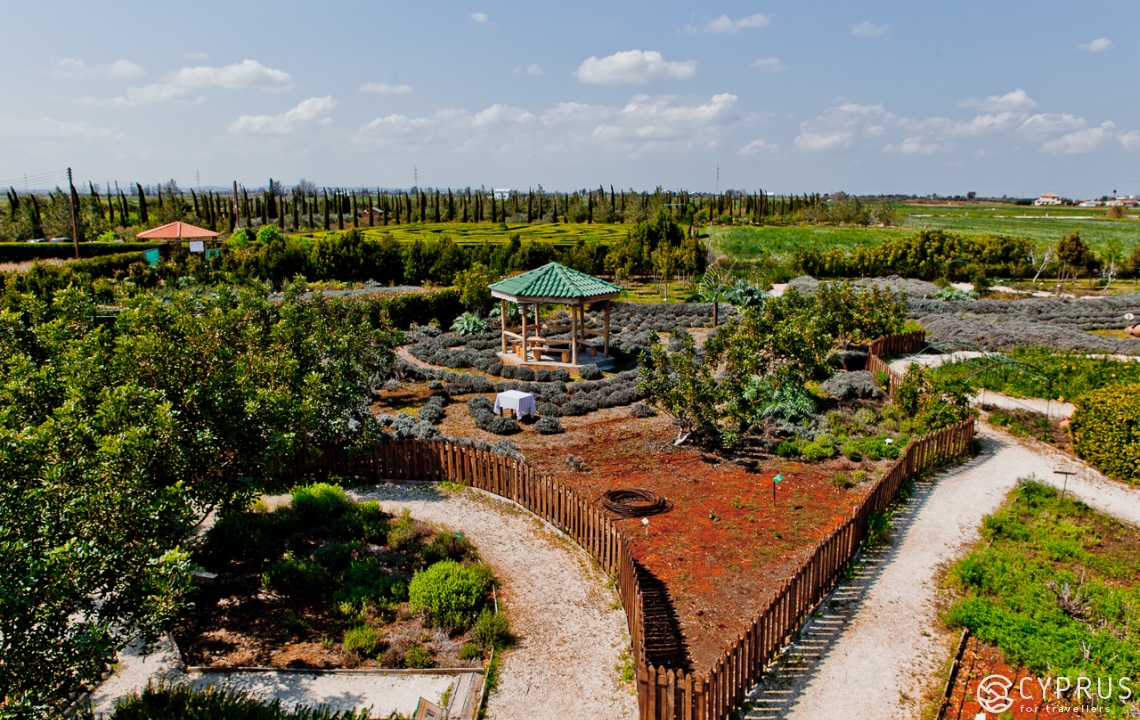
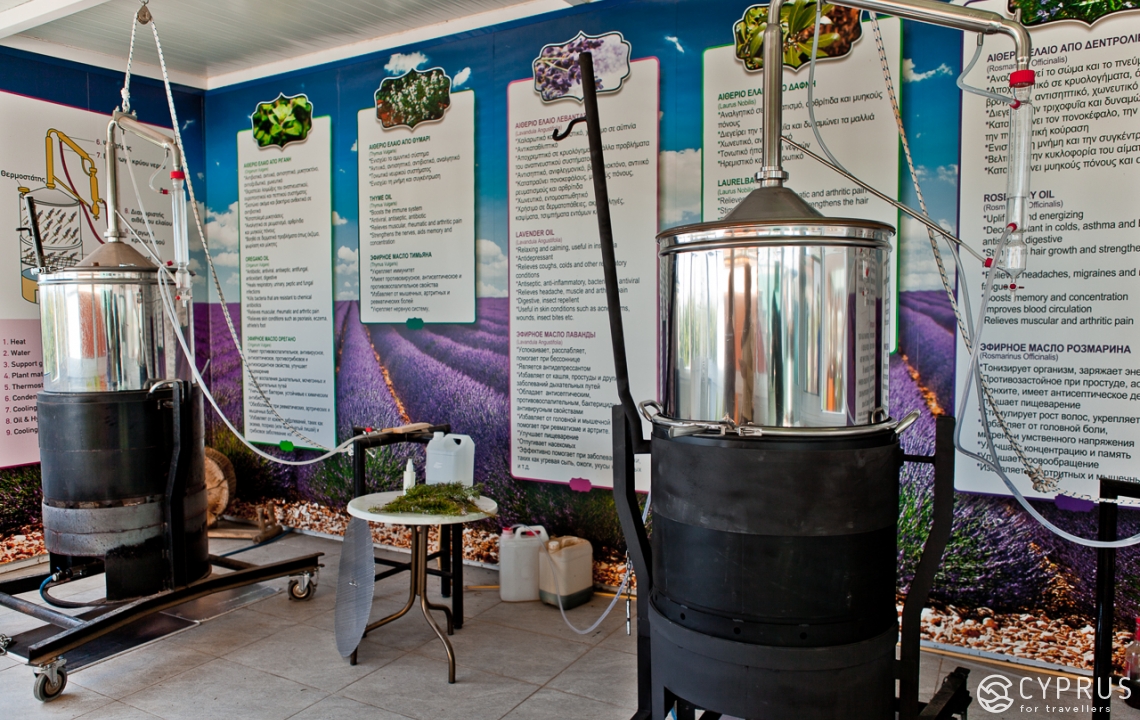
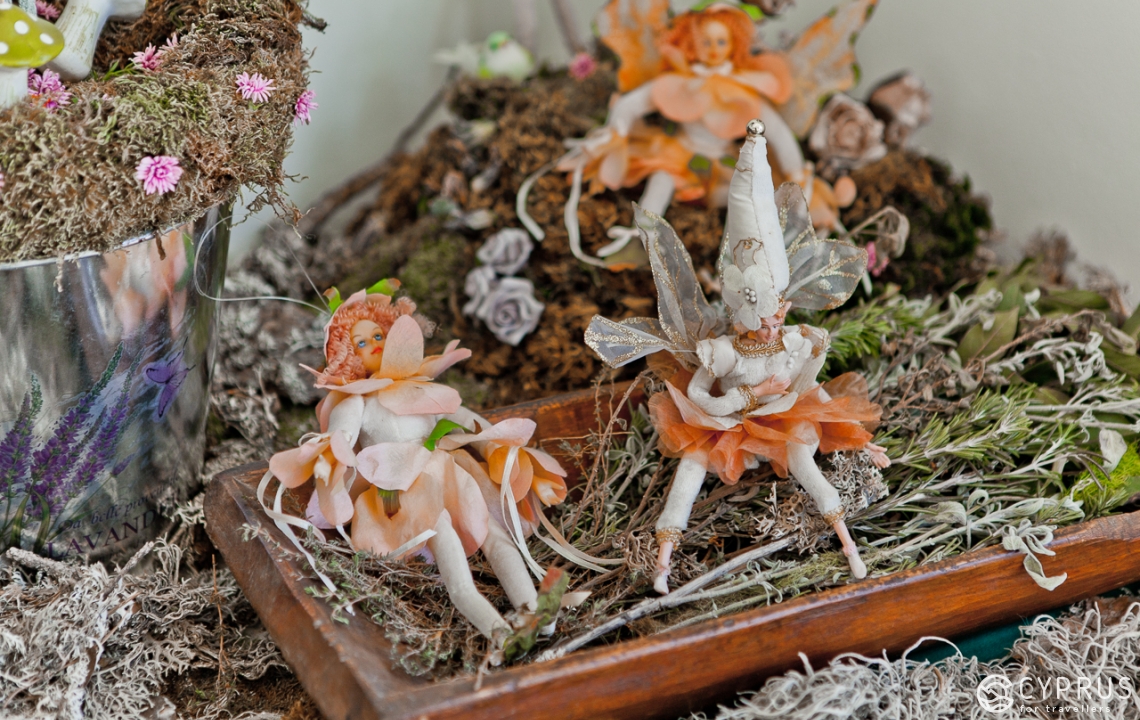
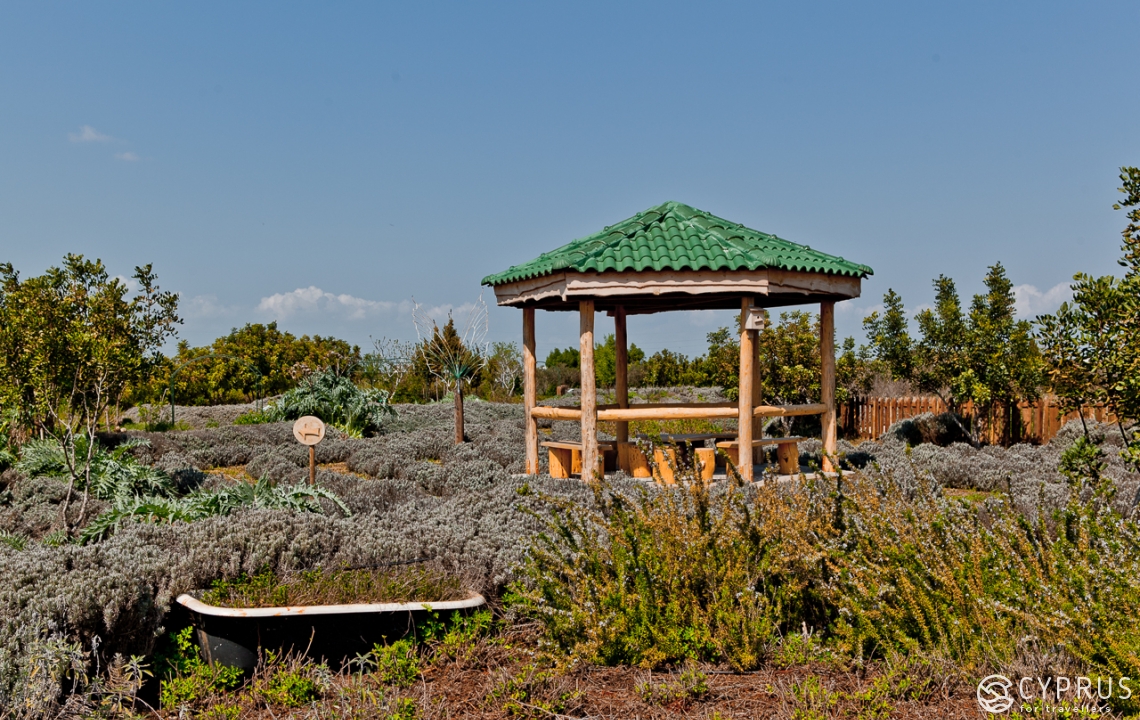
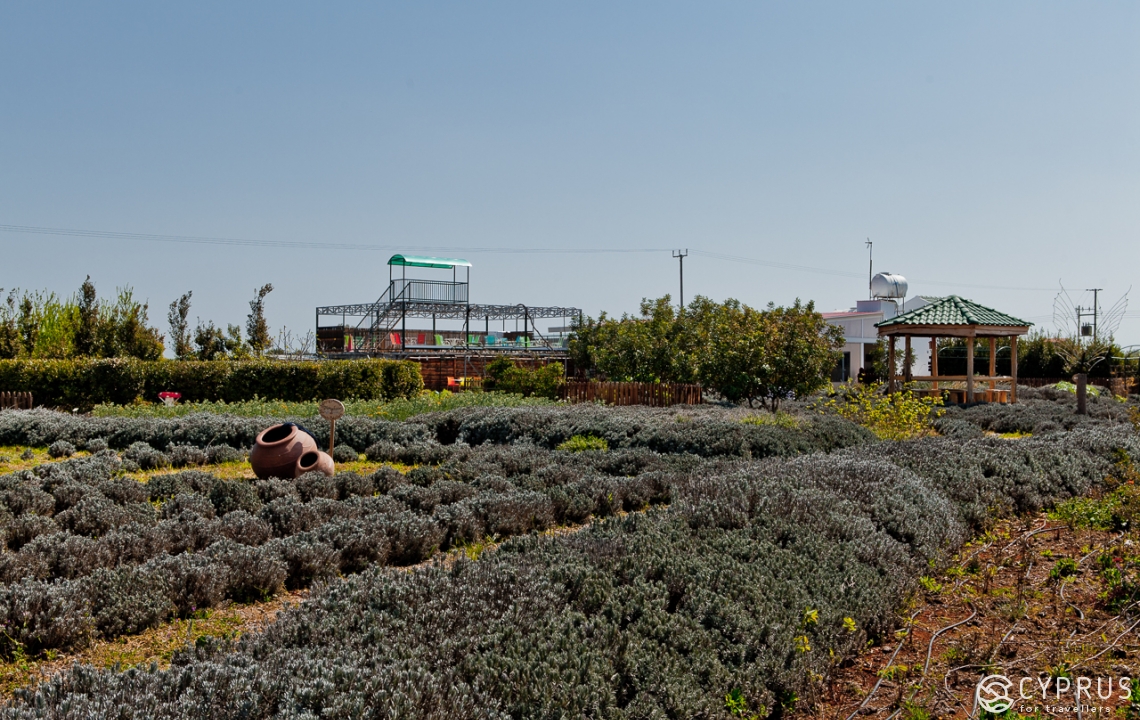
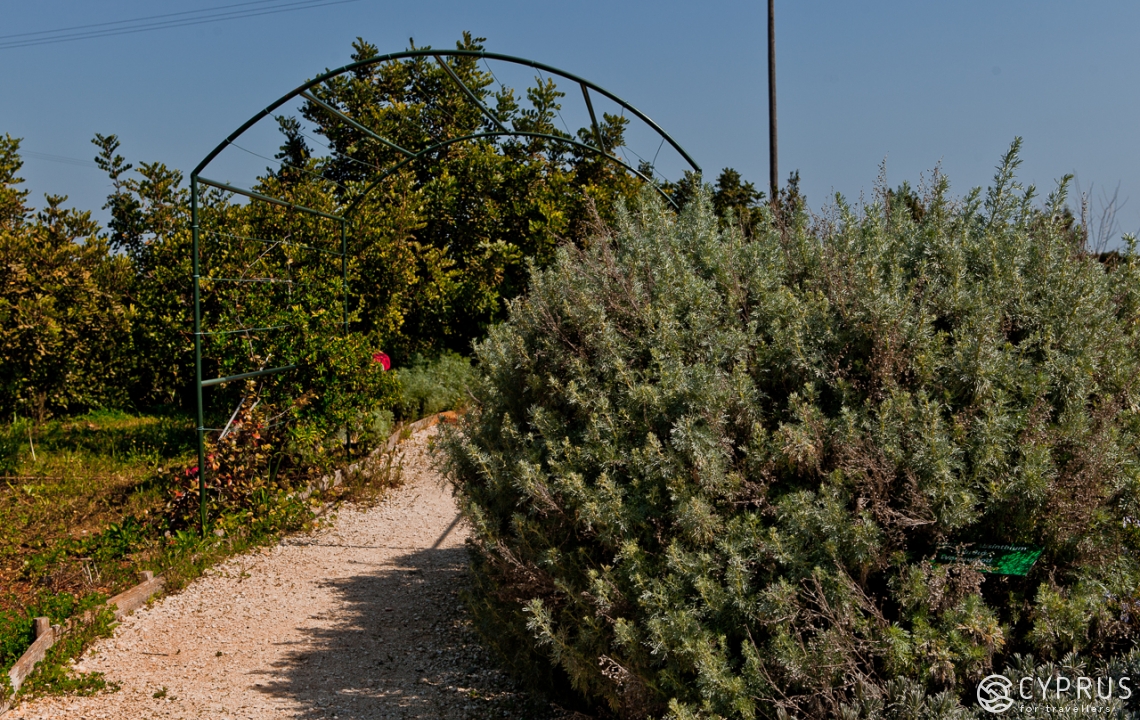
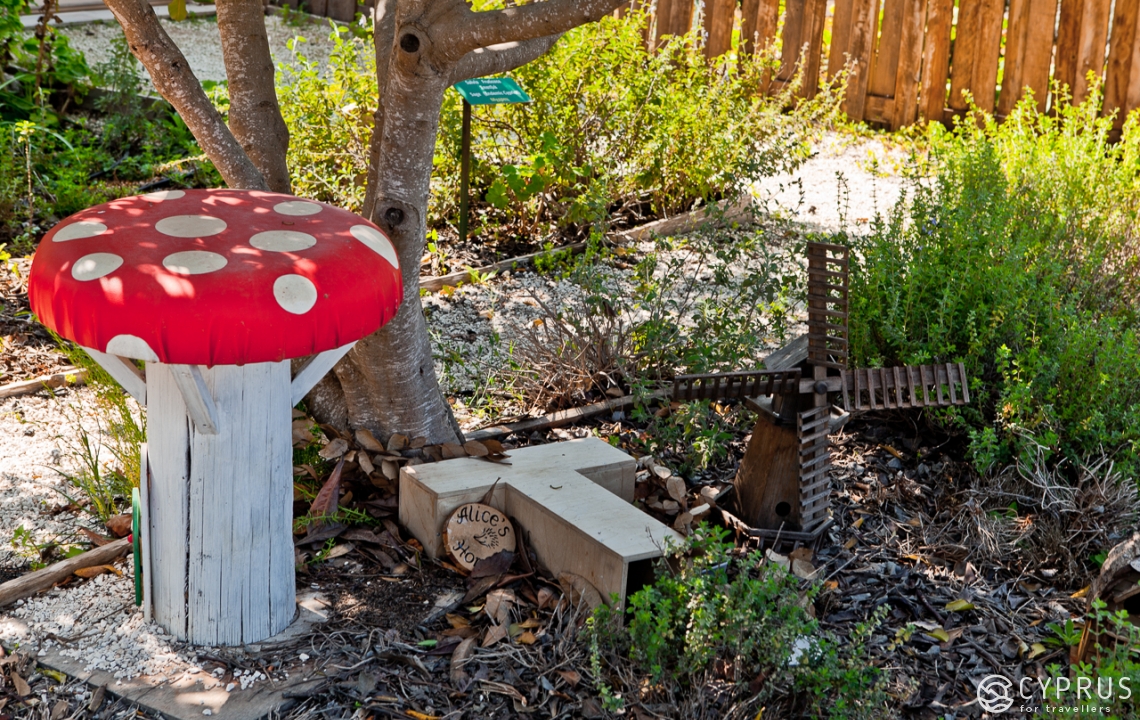
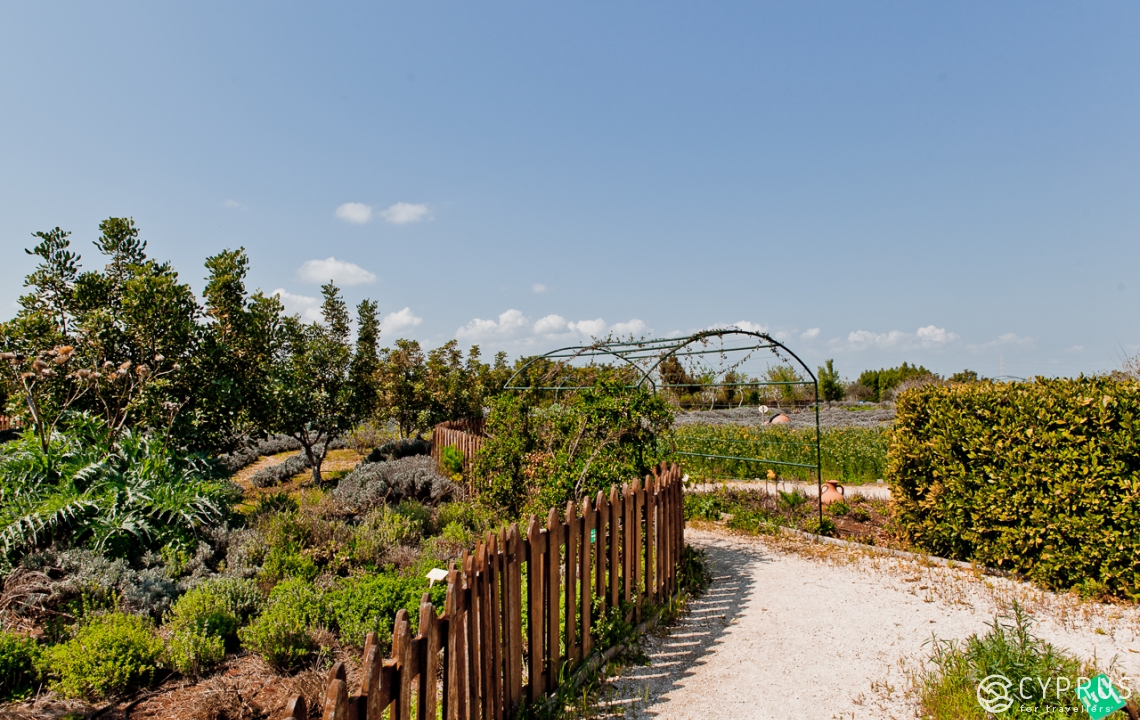
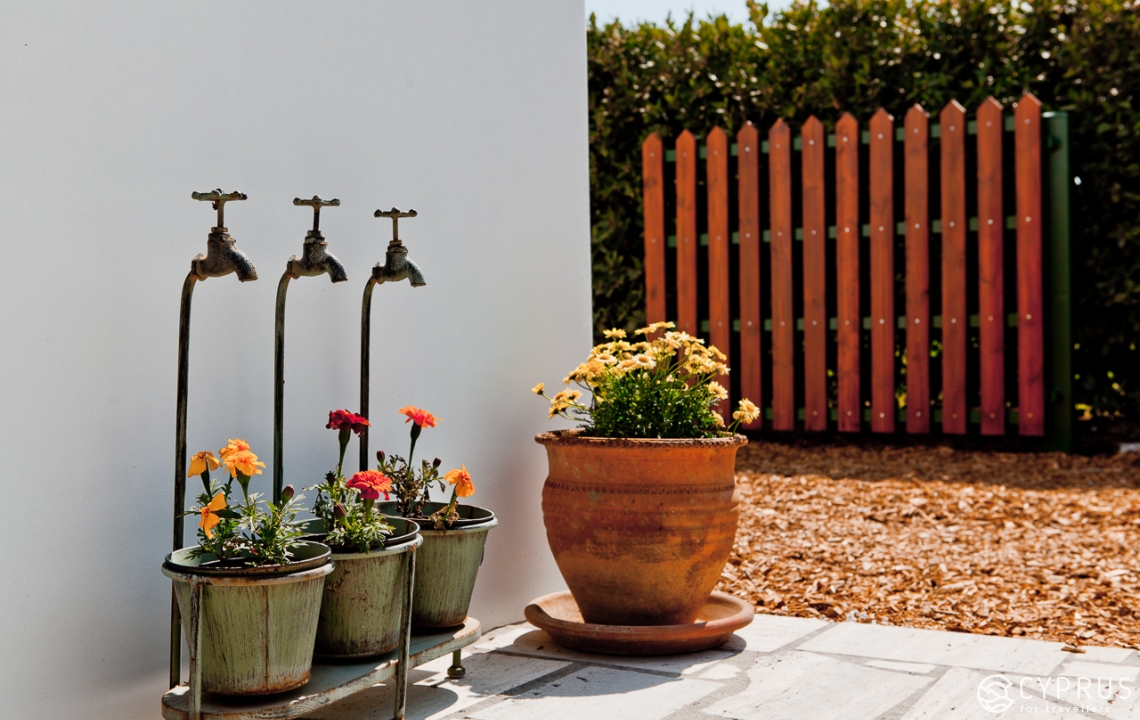
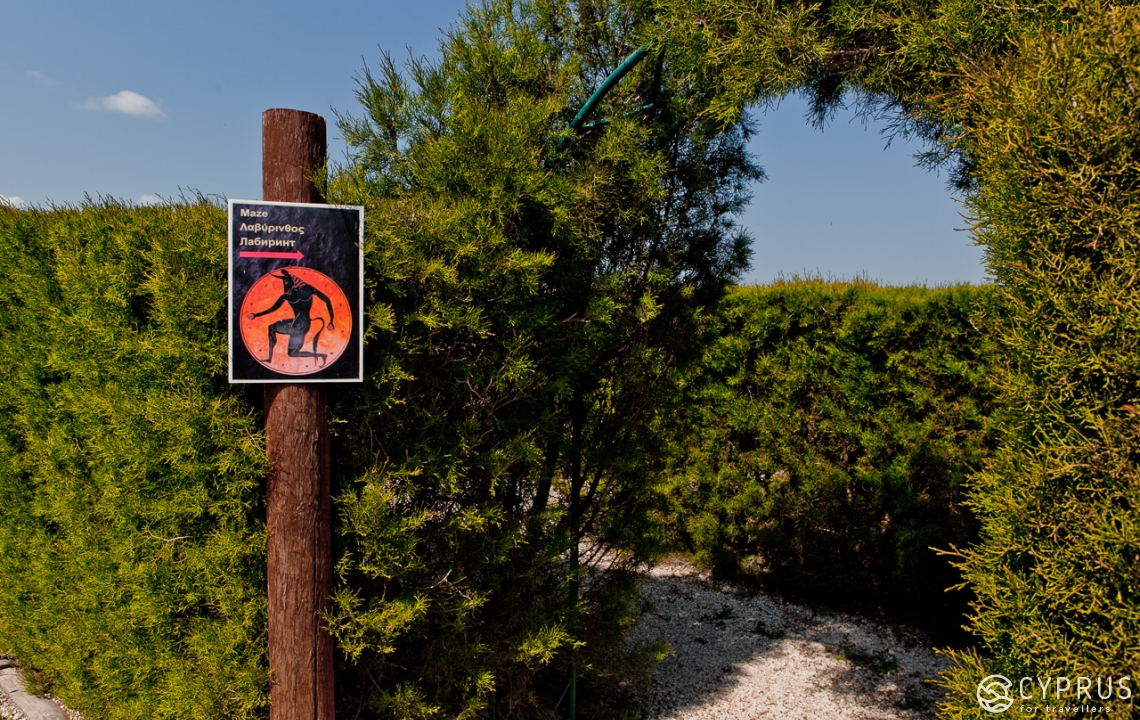
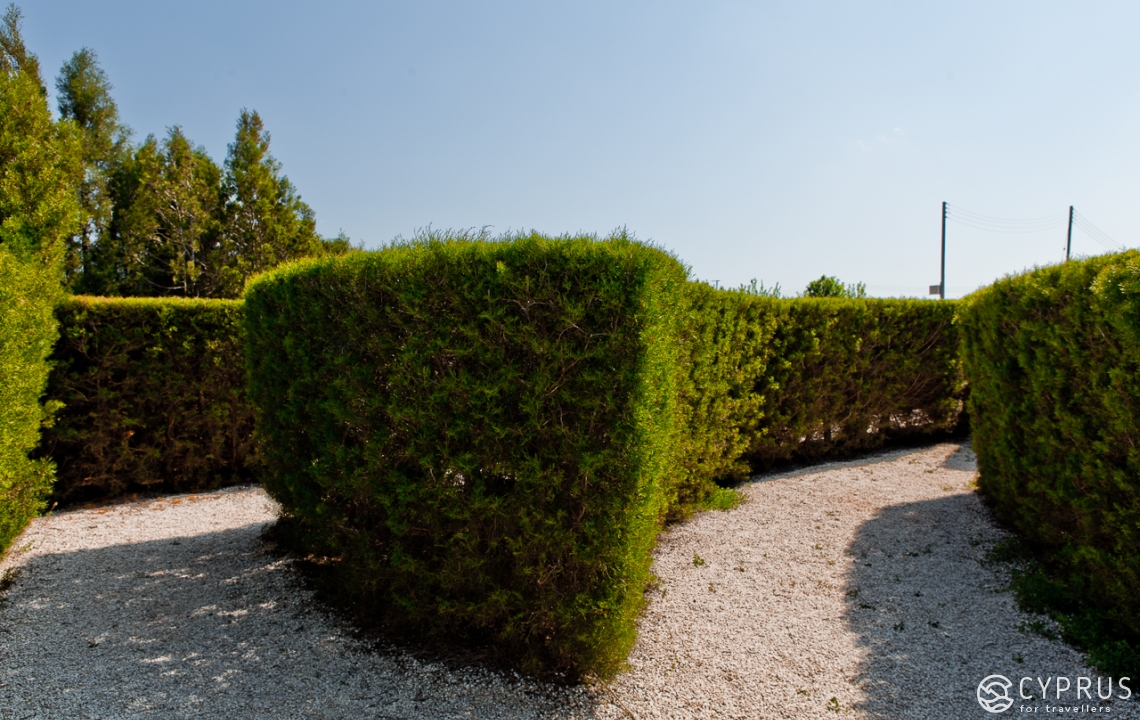
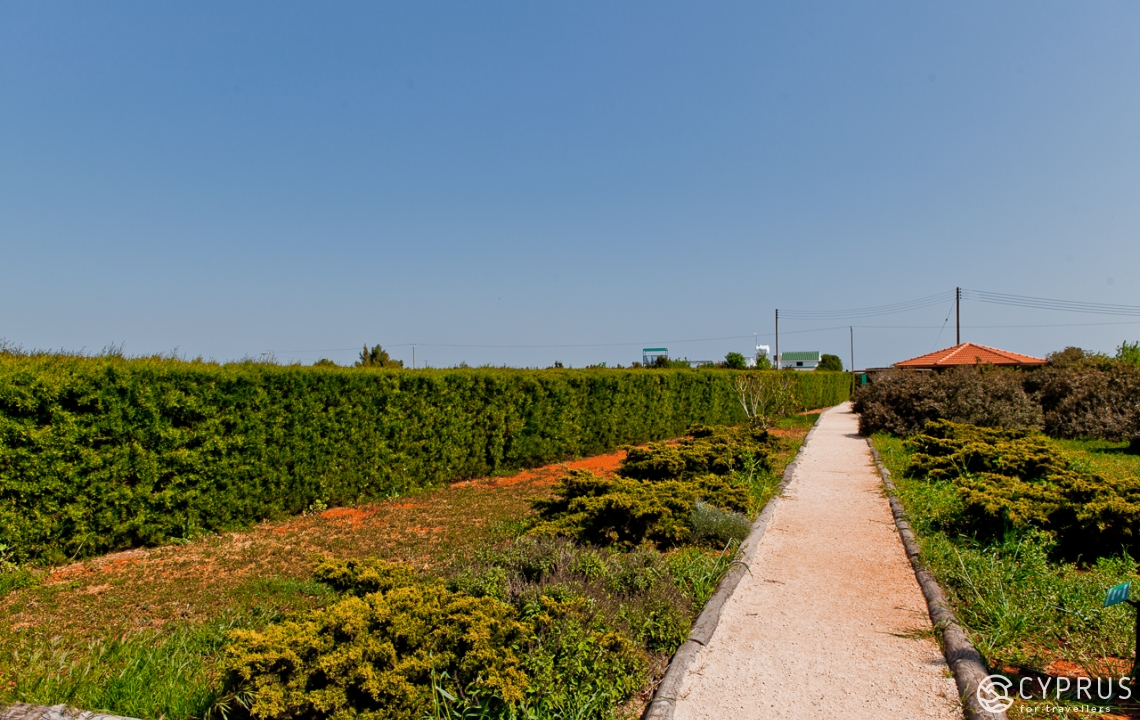
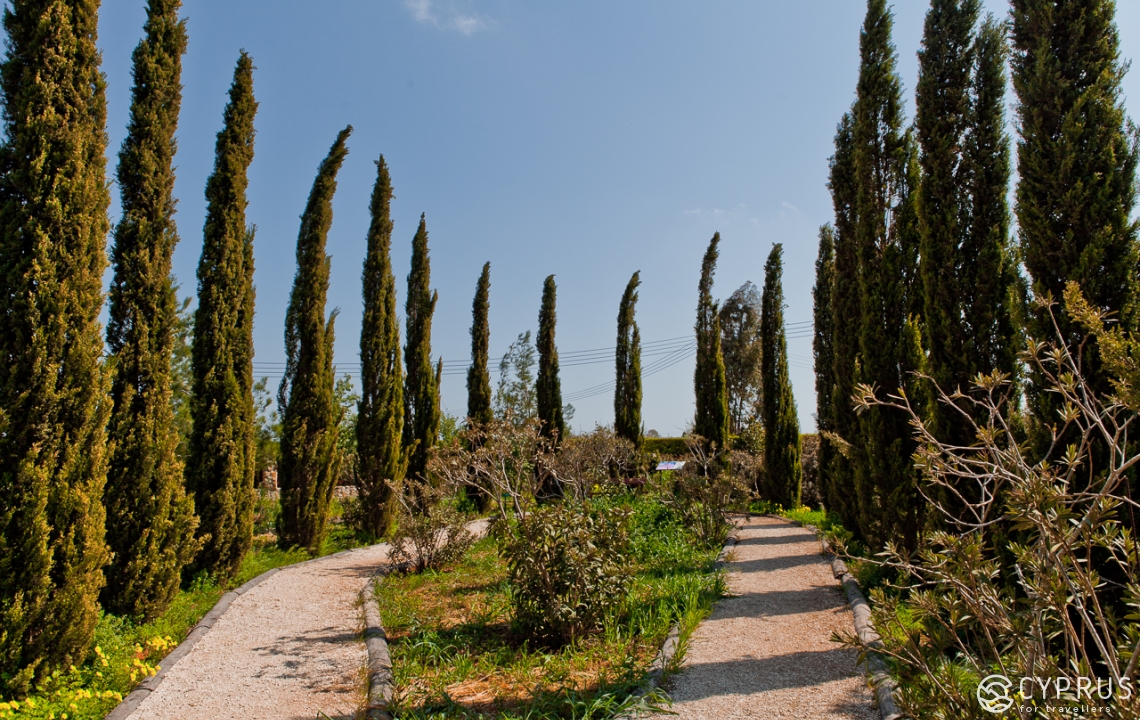
Working hours: May – October 9:30 – 19:00; November – April 9:30 – 17:00
Website: www.cyherbia.com
When you are done strolling around Cyherbia and shopping for organic cosmetics, we suggest that you head out of Avgoru. First start driving towards Dasaki Achnas (currently located in the buffer zone) and then 7 kilometers later, right after a fork in the road, bear right (you will pass Agios Georgios Teratshotis Tavern).
Our destination is Achna dam. It is surrounded by lush green hills and is a perfect spot to spend a few moments in silence or taking photographs. If you are traveling with children, you should stop by the donkey farm — located nearby. The farm has a playground, a petting zoo, a cafe and even offers donkey safari rides. Those who take part in this adventure, will see another noteworthy monument.
The Church of Agios Georgios Teratshotis (located between Avgoru and Achna) was constructed during a period between 10th-12th centuries. However, the process was finalized only in the 16th century. It houses completely unique frescoes (even by Cypriot standards), especially in its apsis part, which remain partially intact.
In the evening we suggest that you return to the adventure park, where you can have dinner or partake in some of the entertainment activities. Meanwhile, our journey has come to an end.
To learn more about how to get to the places we talked about in our review, visit this website: www.cyprusbybus.com. Bus 714 makes stops at almost all of the villages that we covered in this article. We also recommend that you explore Famagusta on the Red Bus — a service that you can learn more about here and here: www.redbuscyprus.com.
Keep traveling and see you soon!
